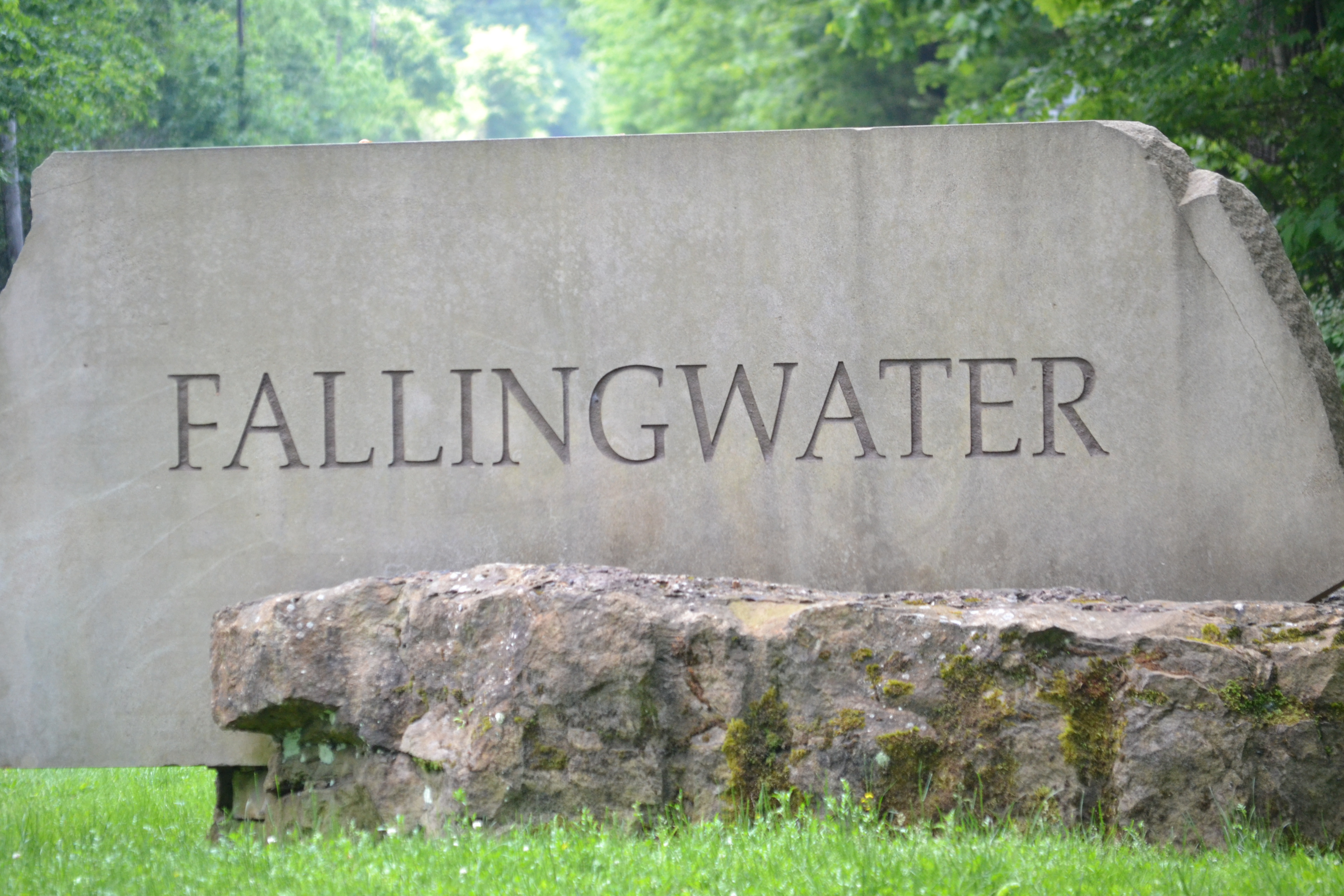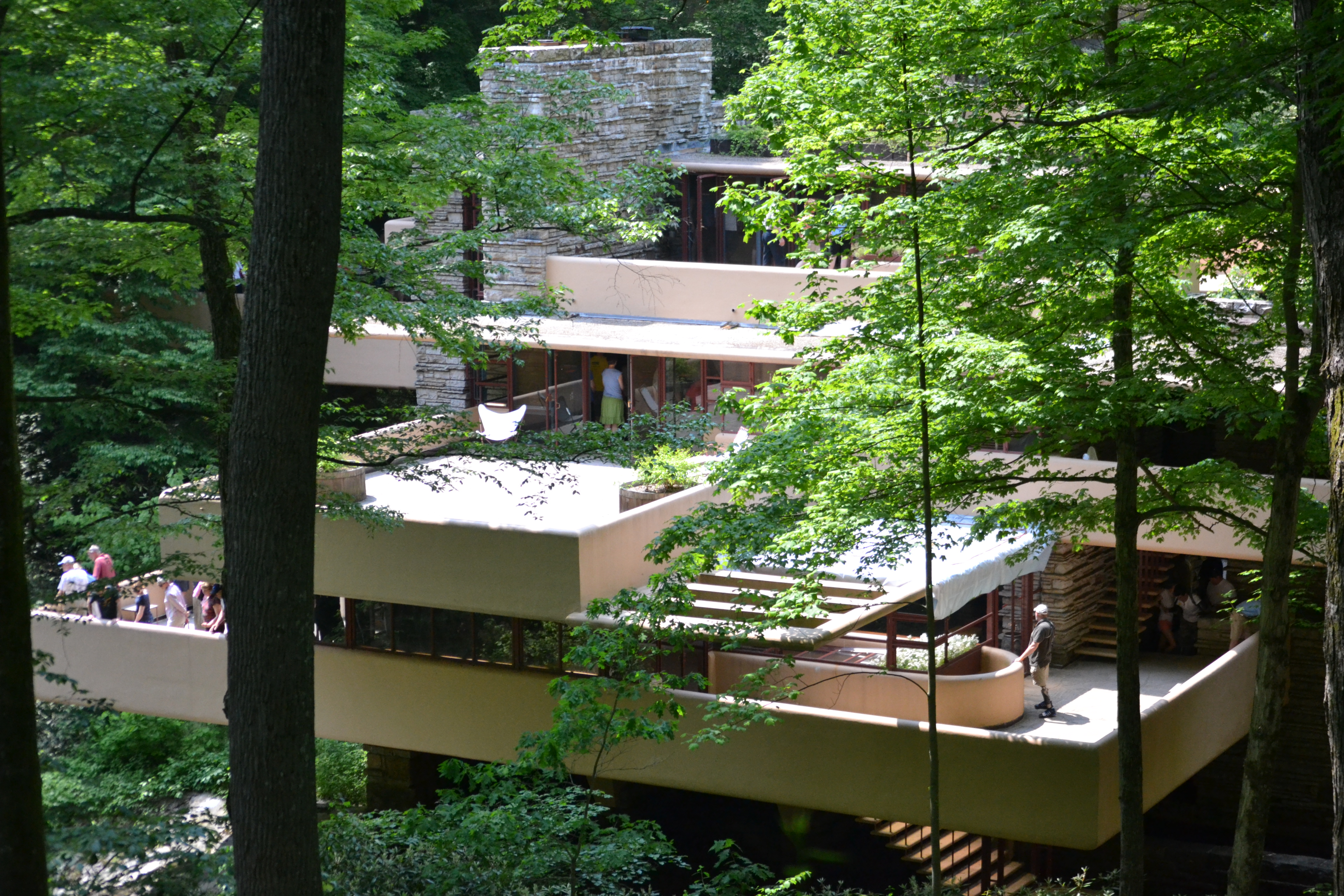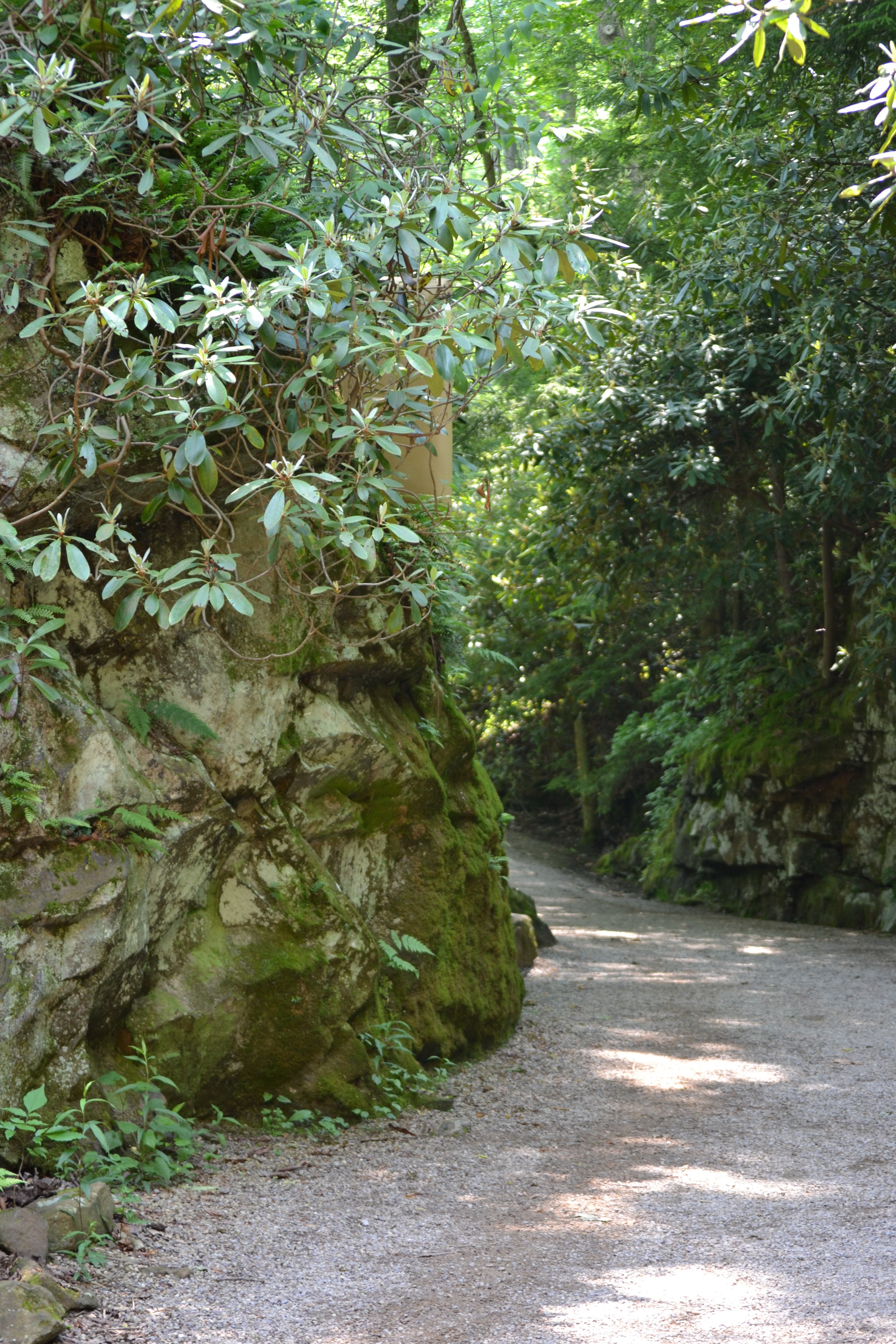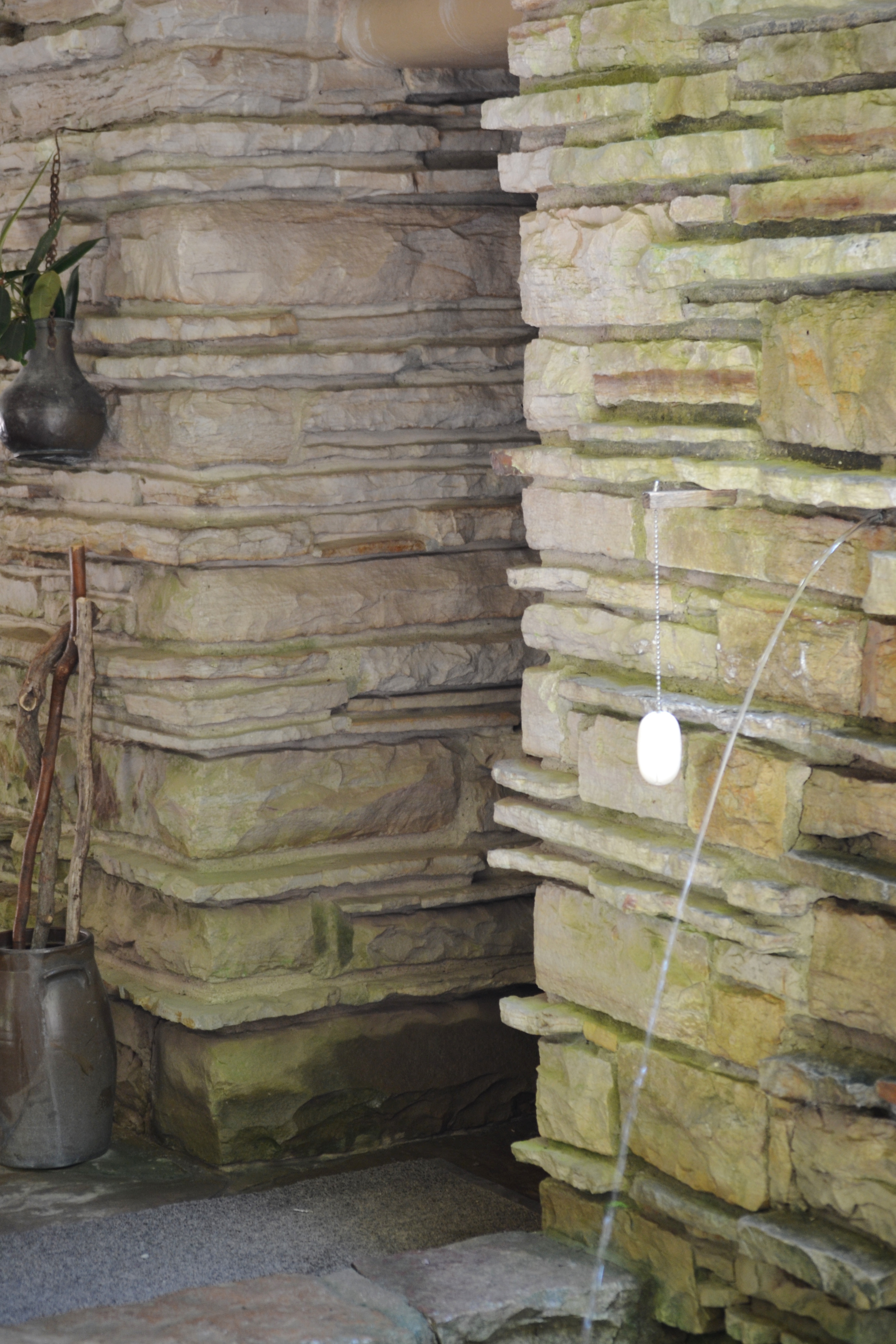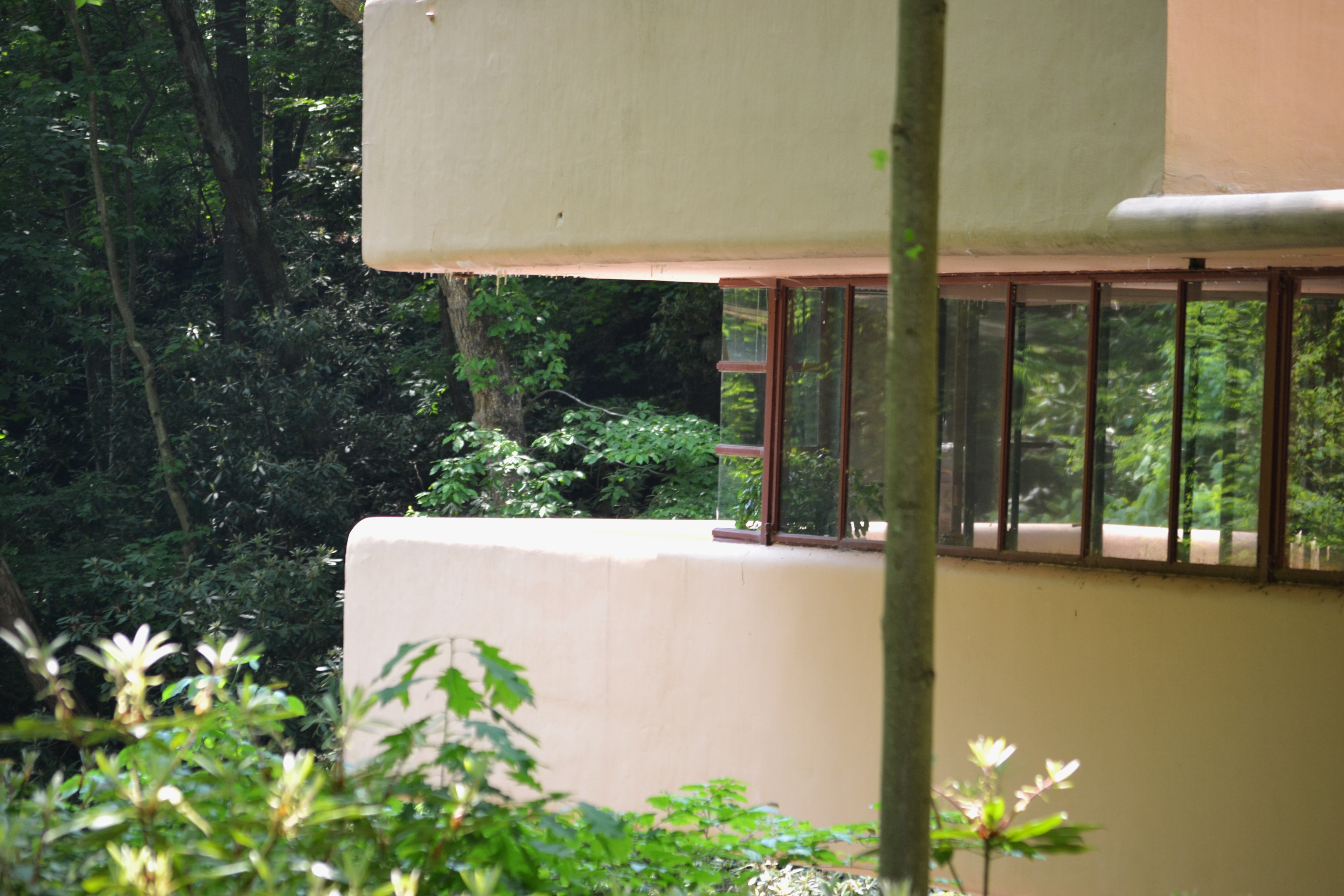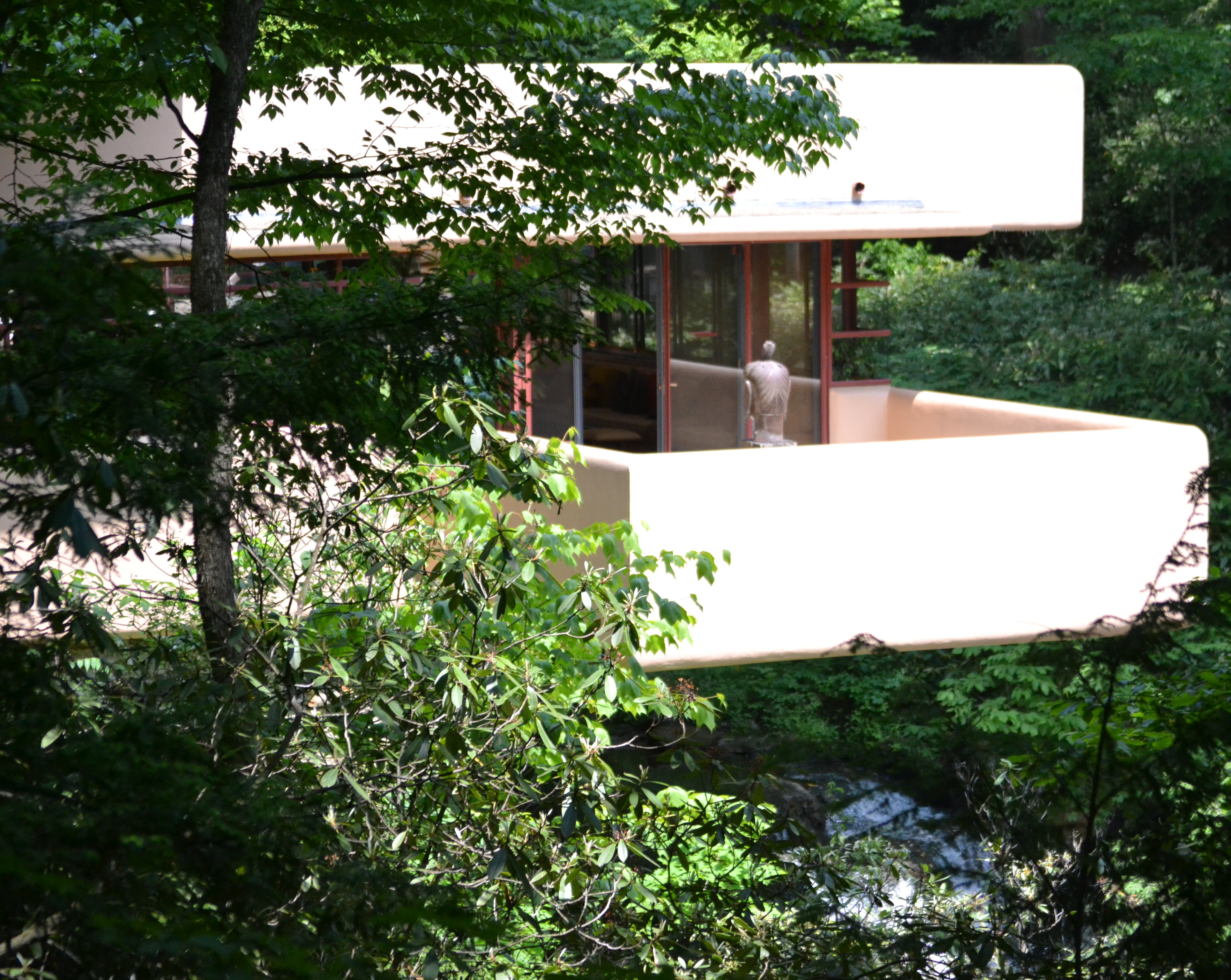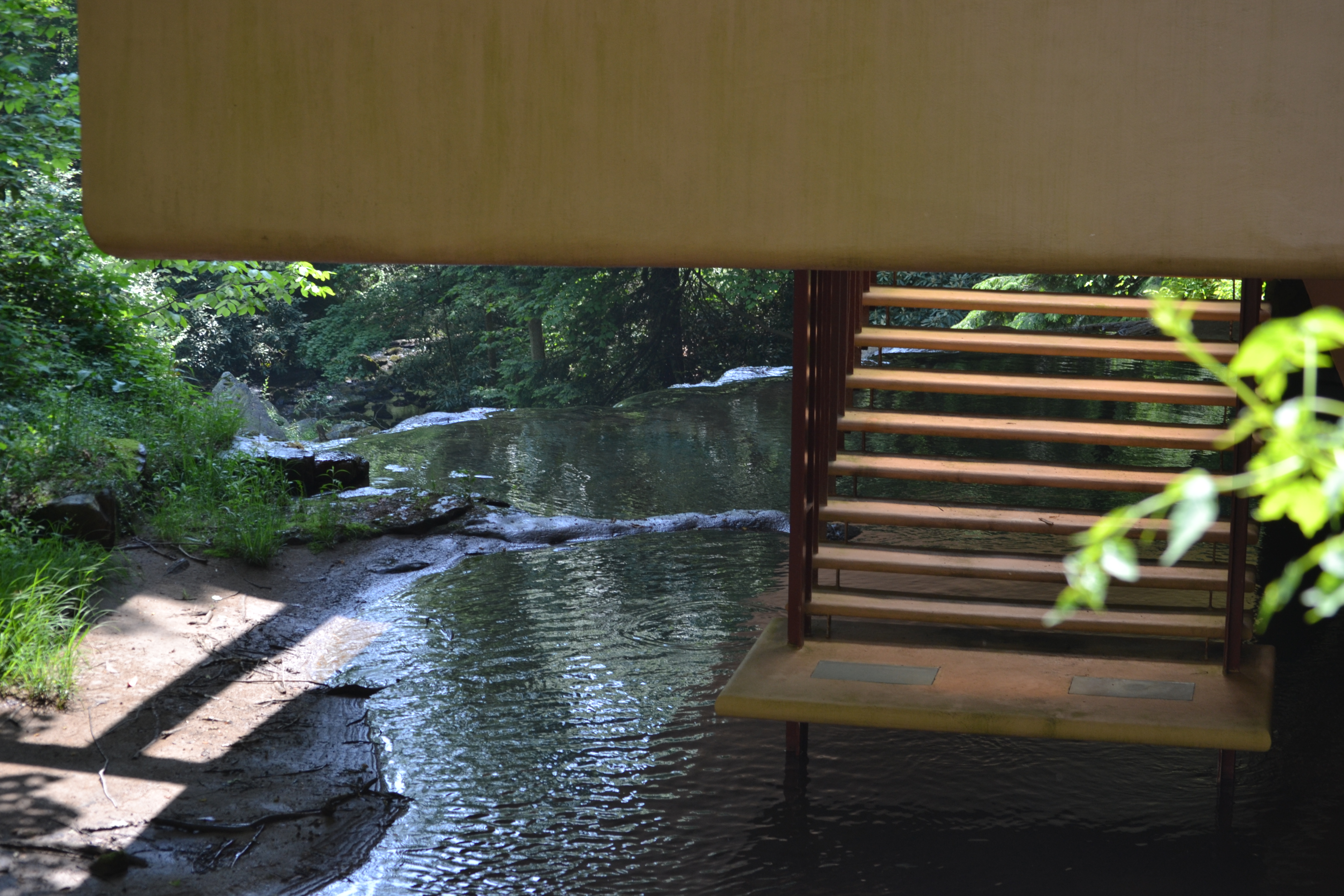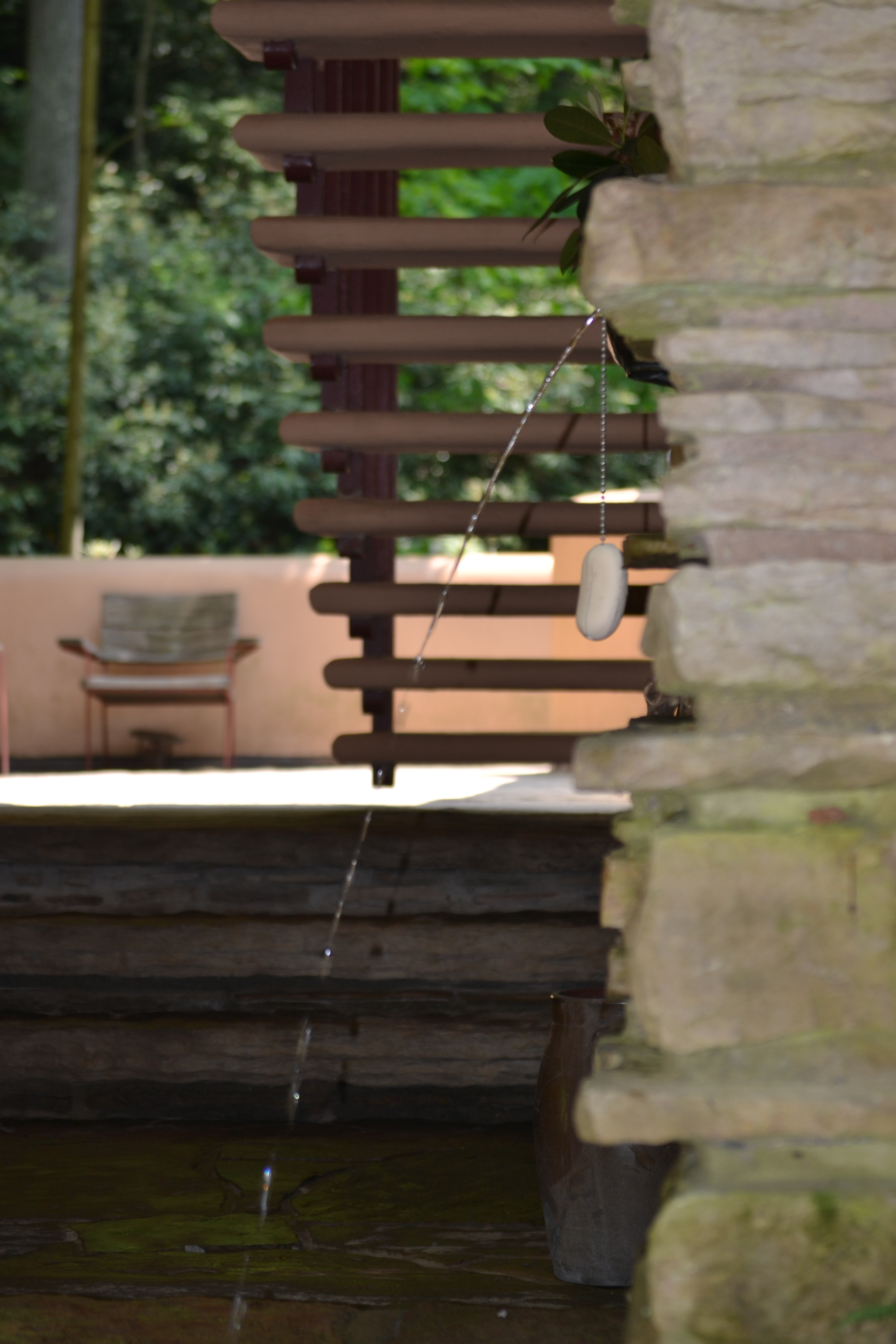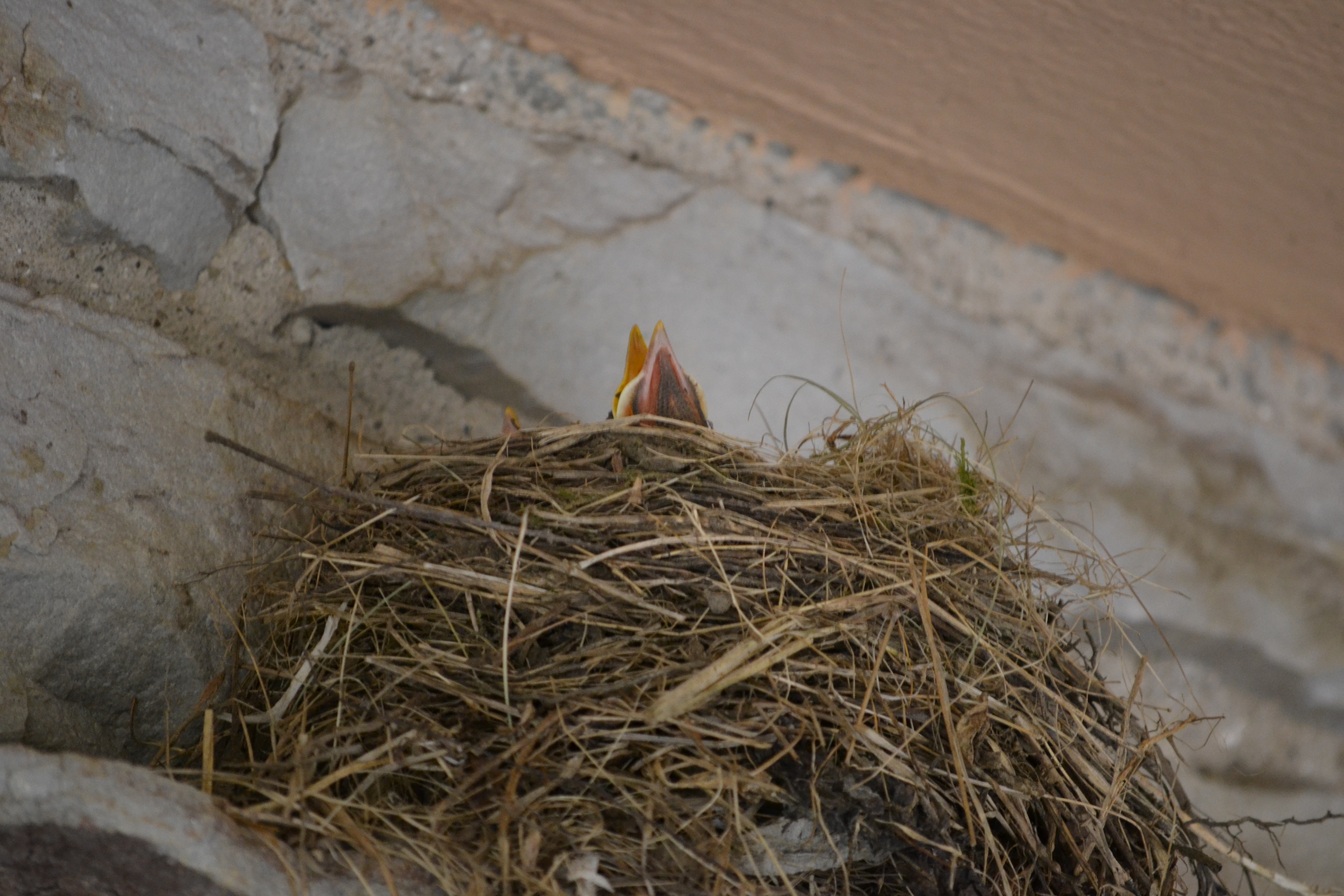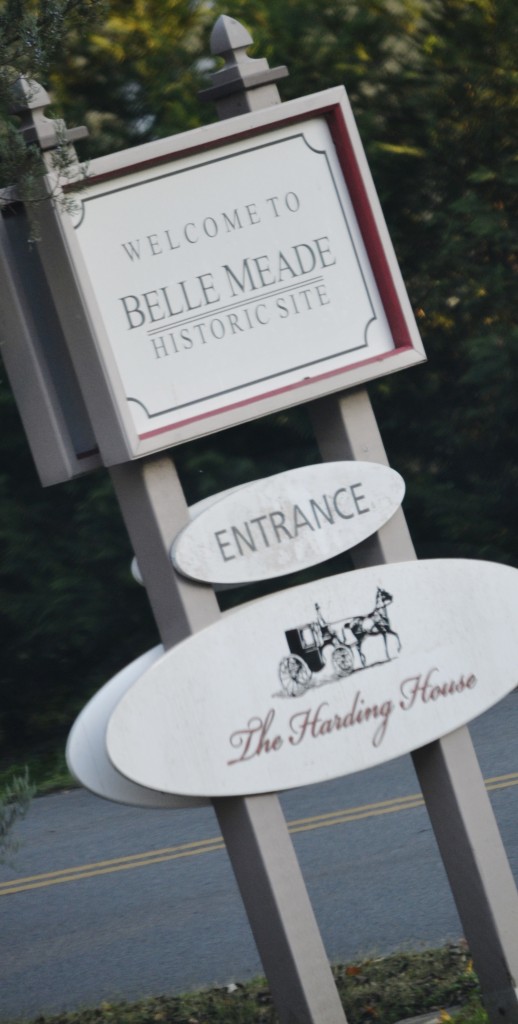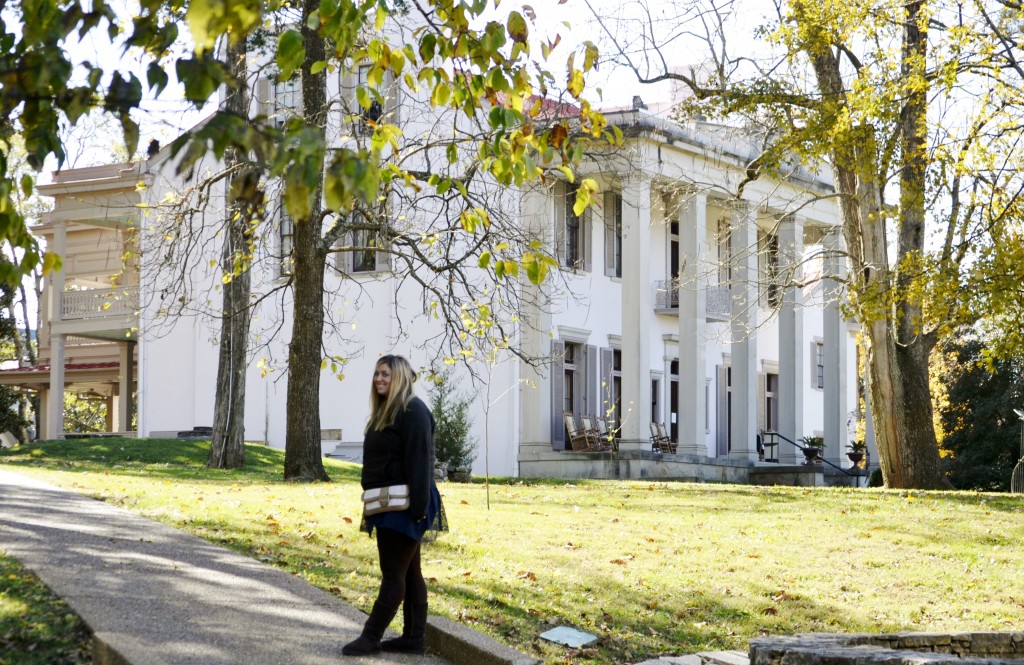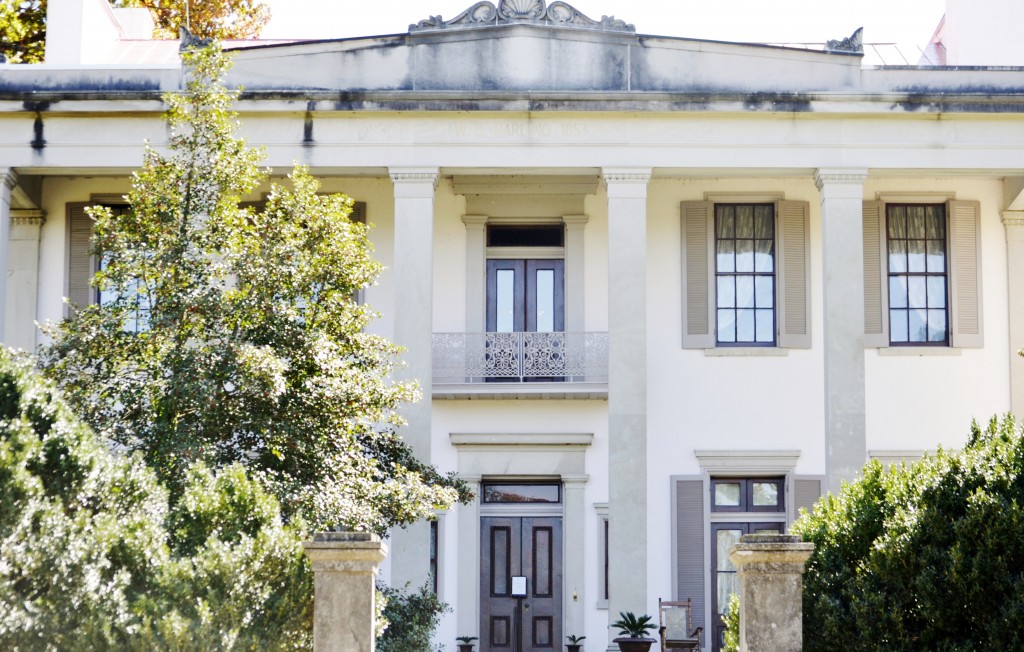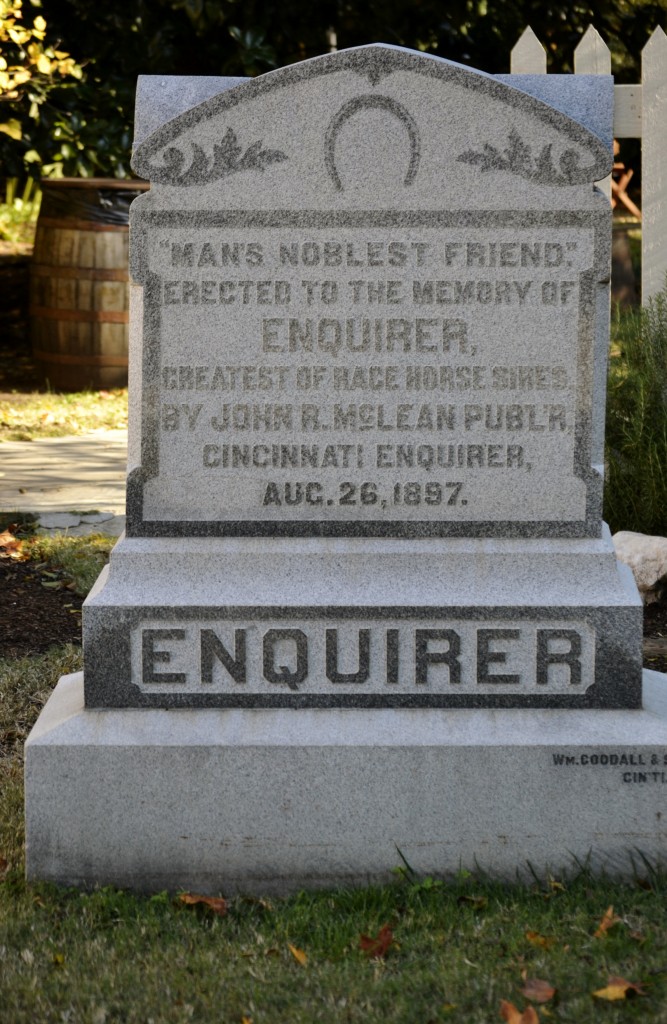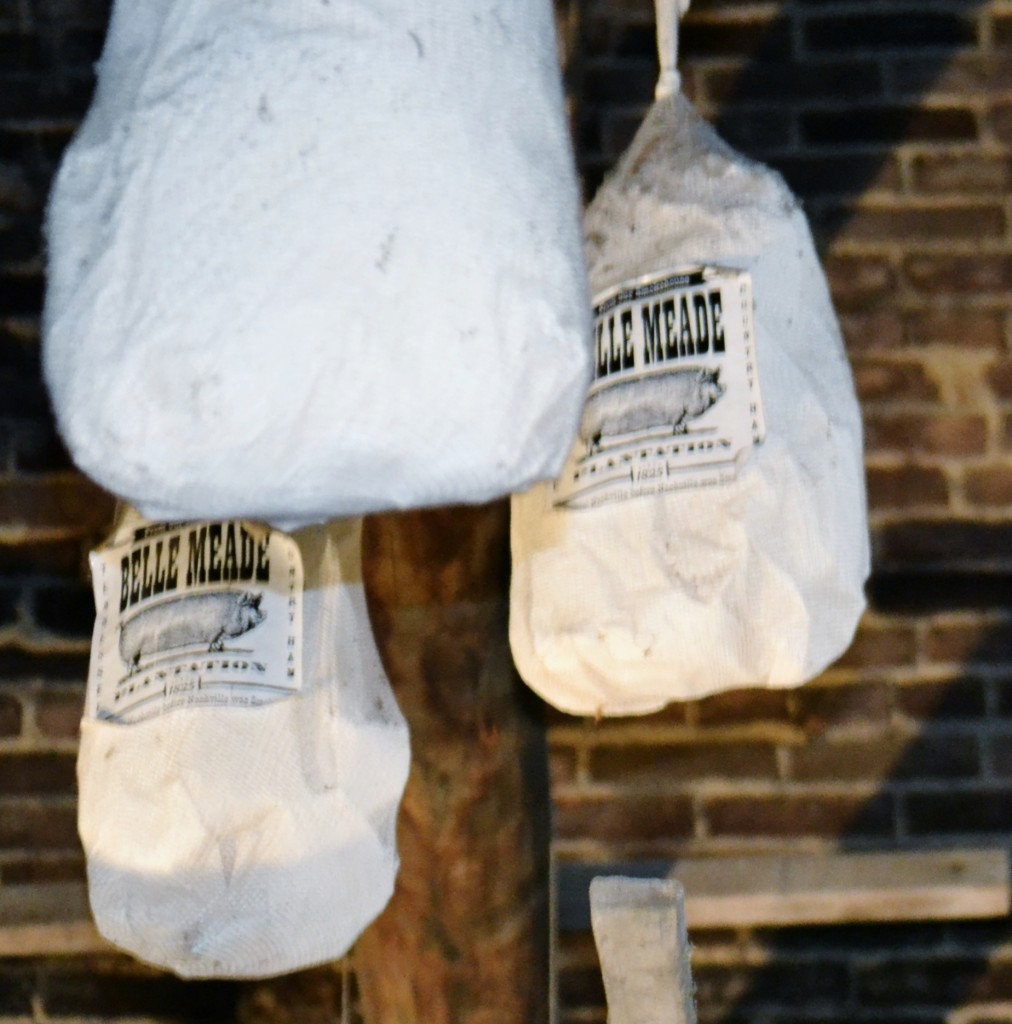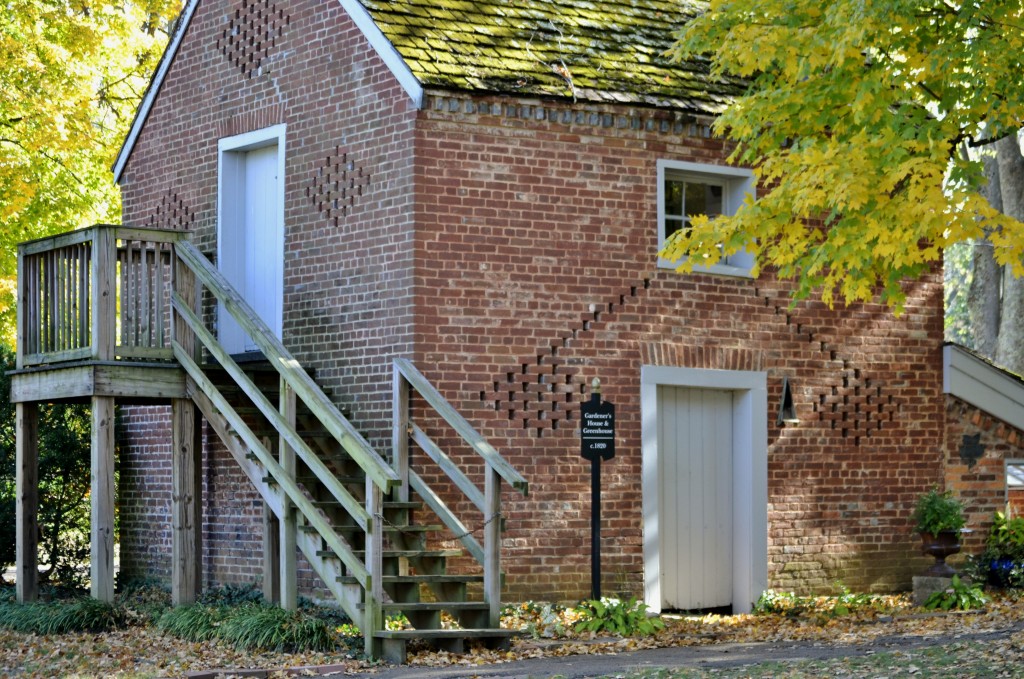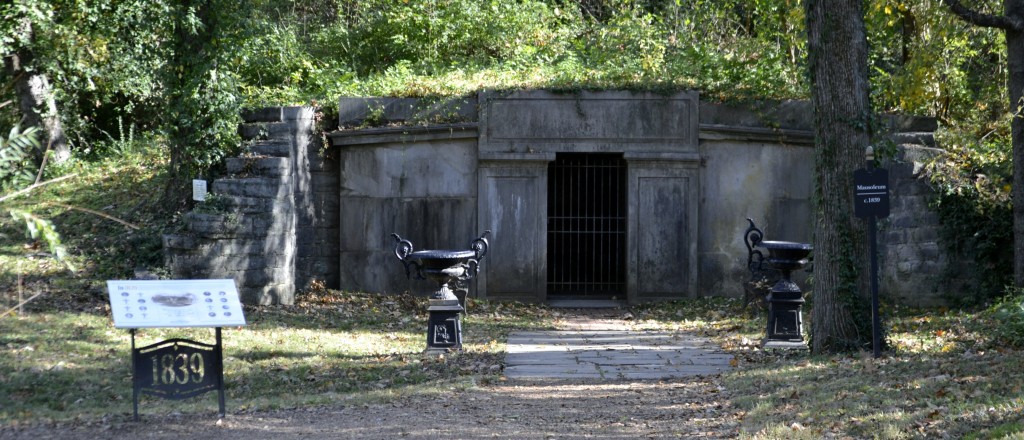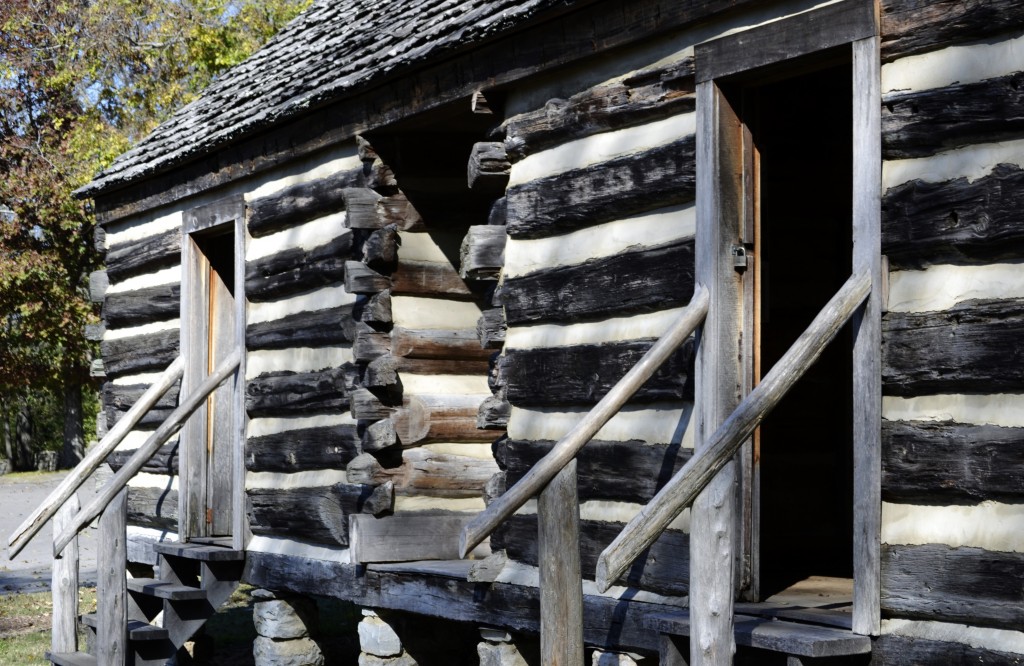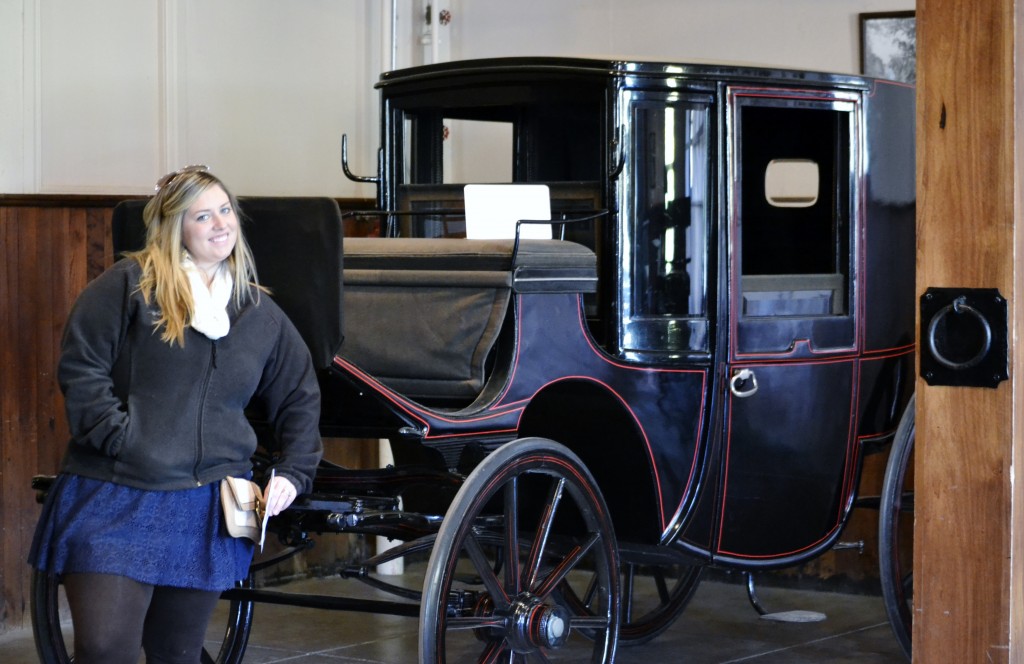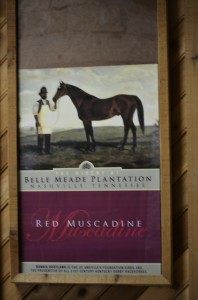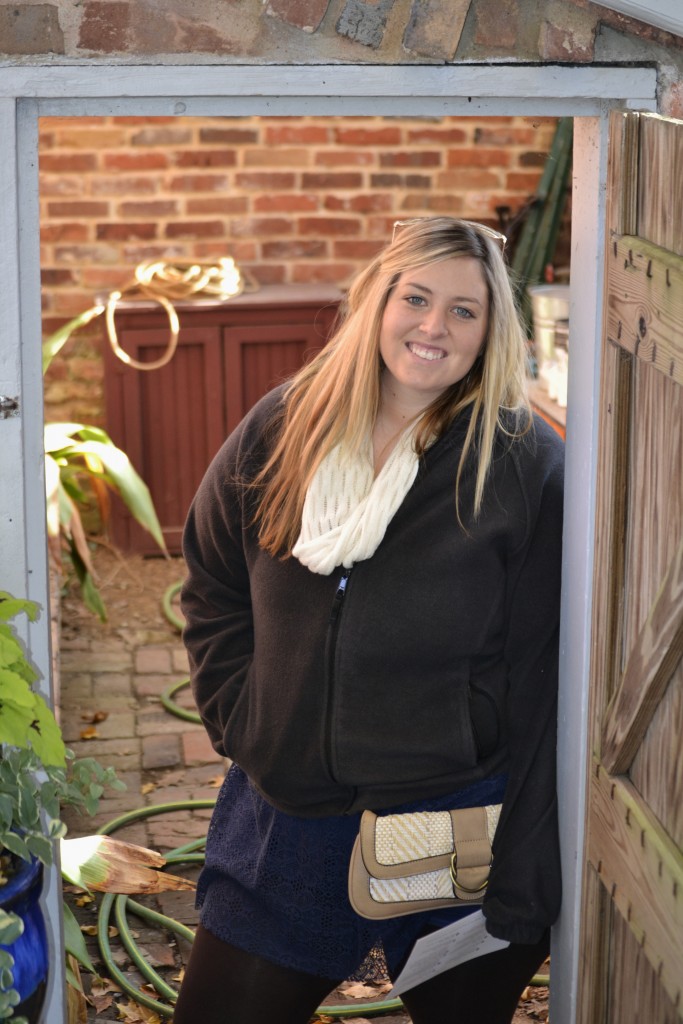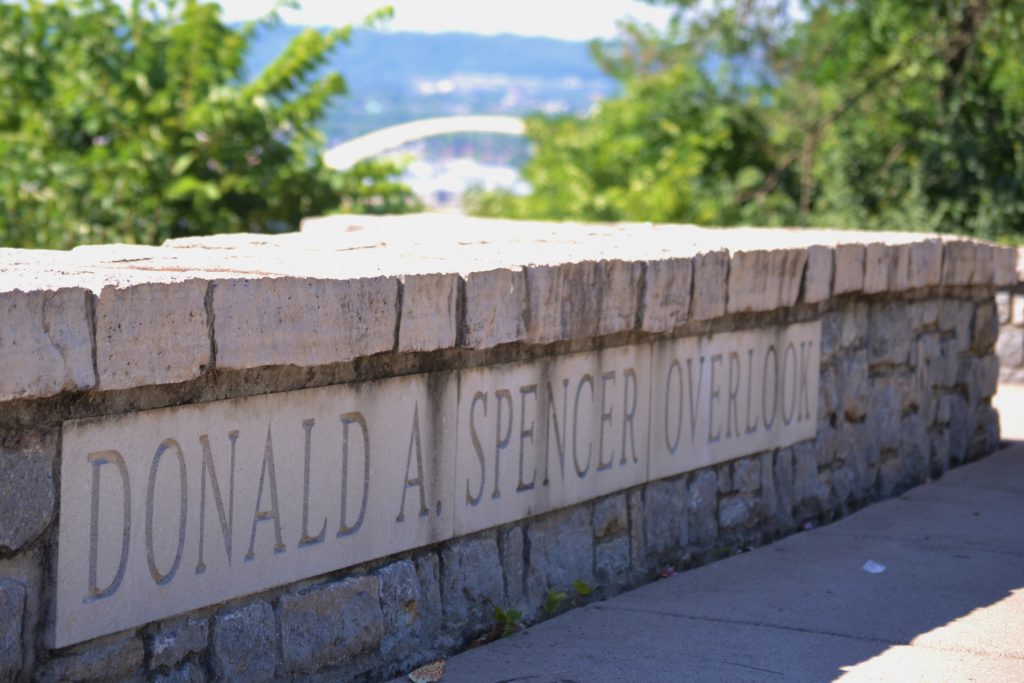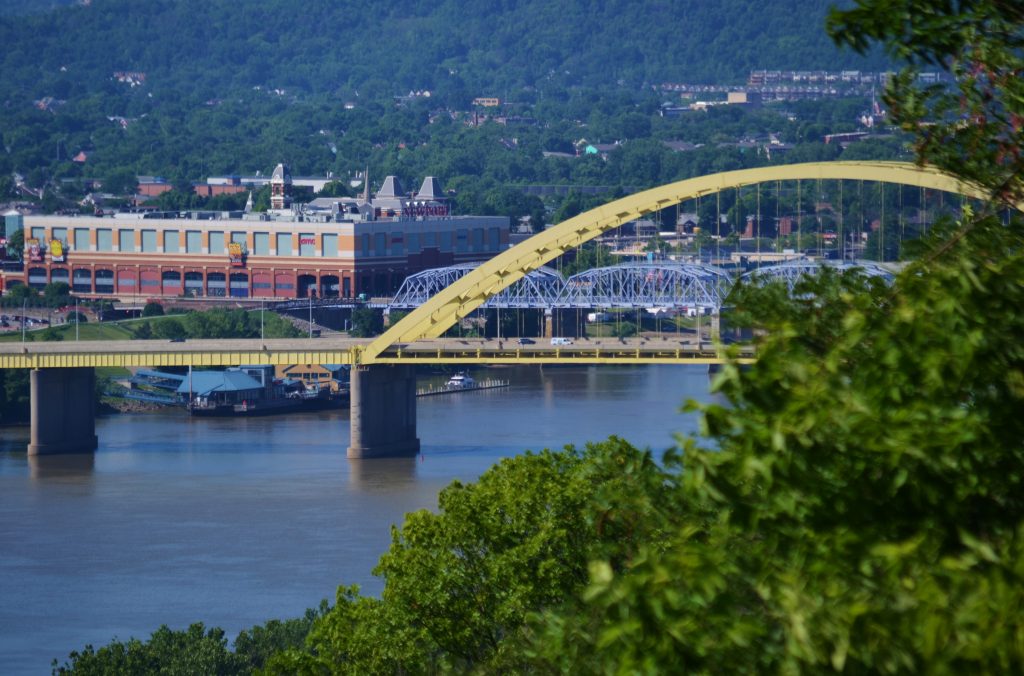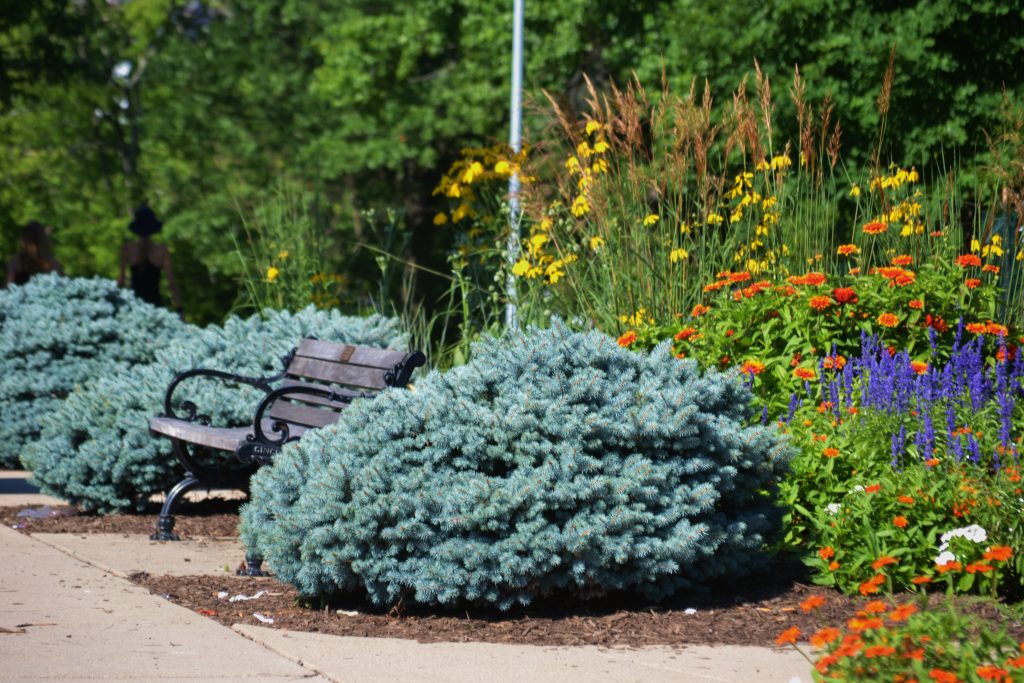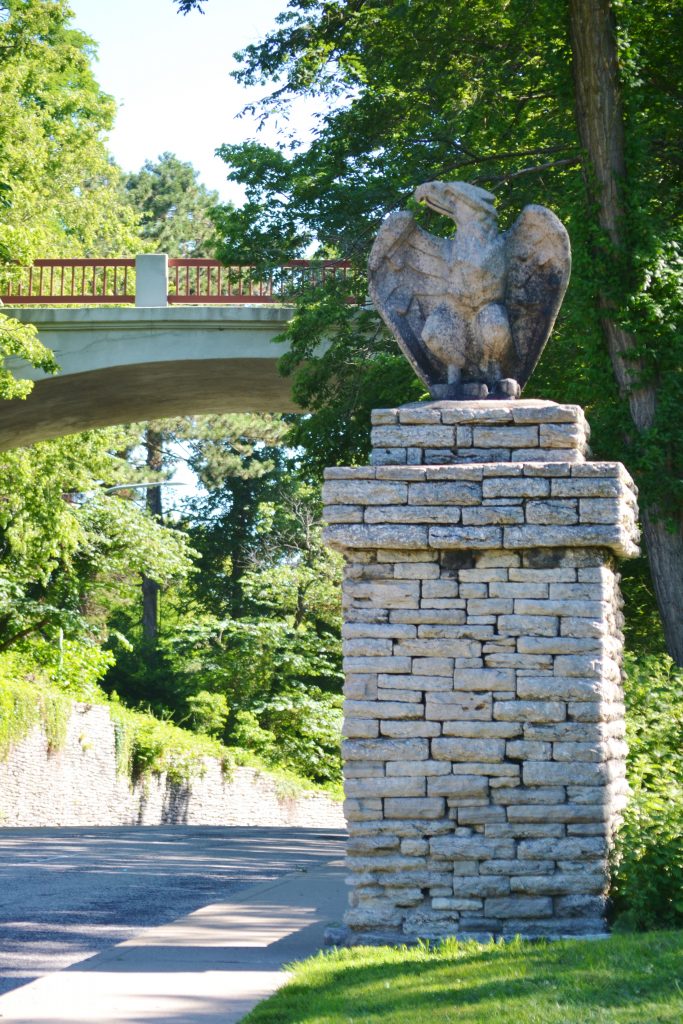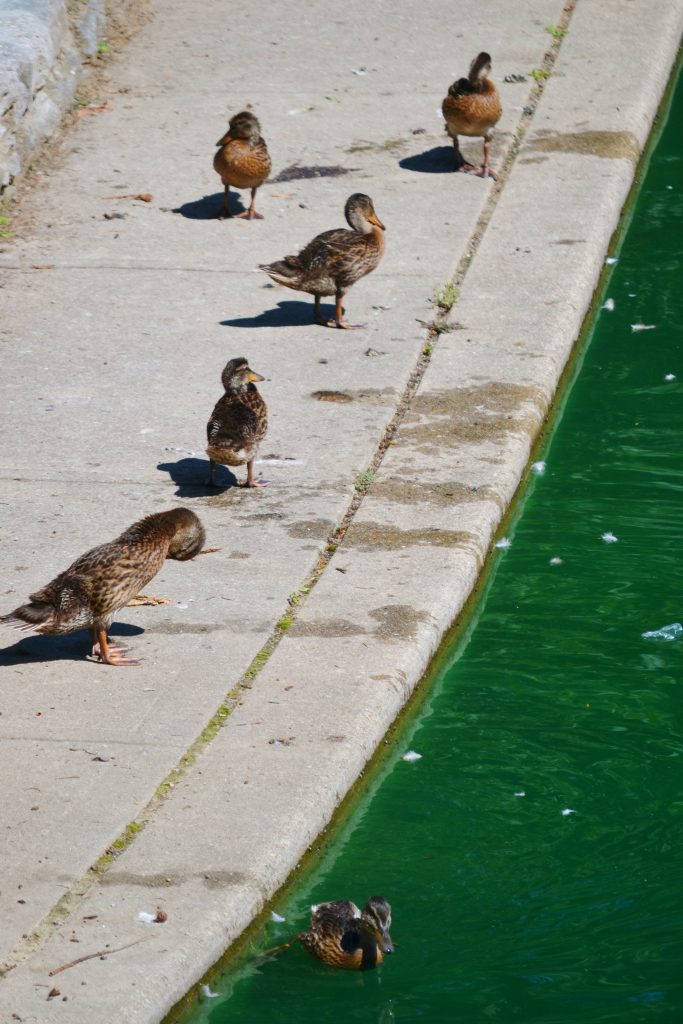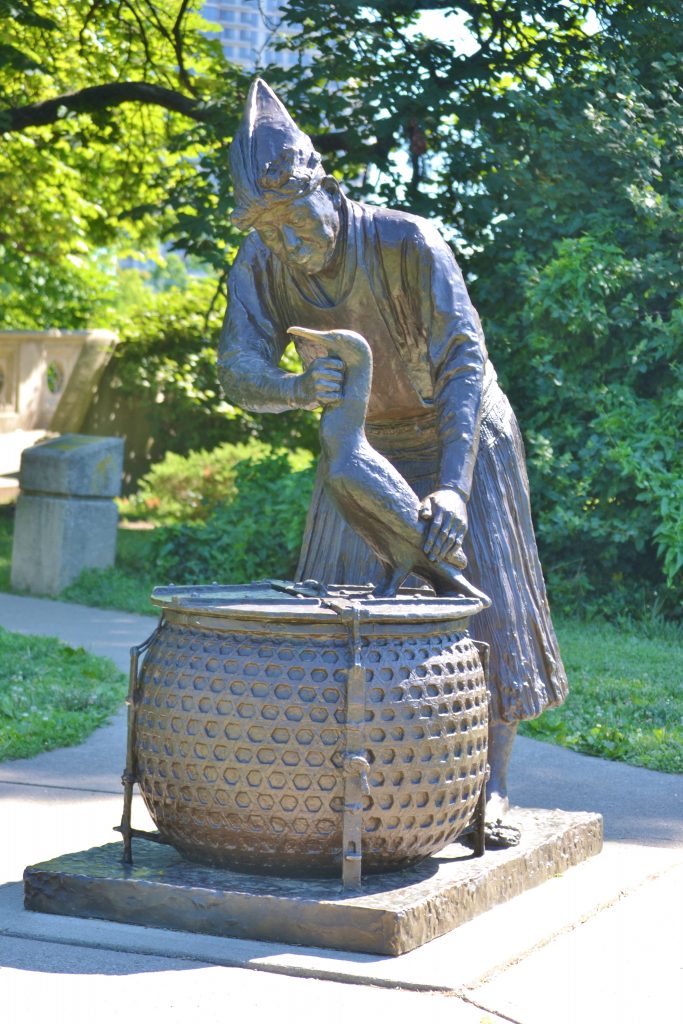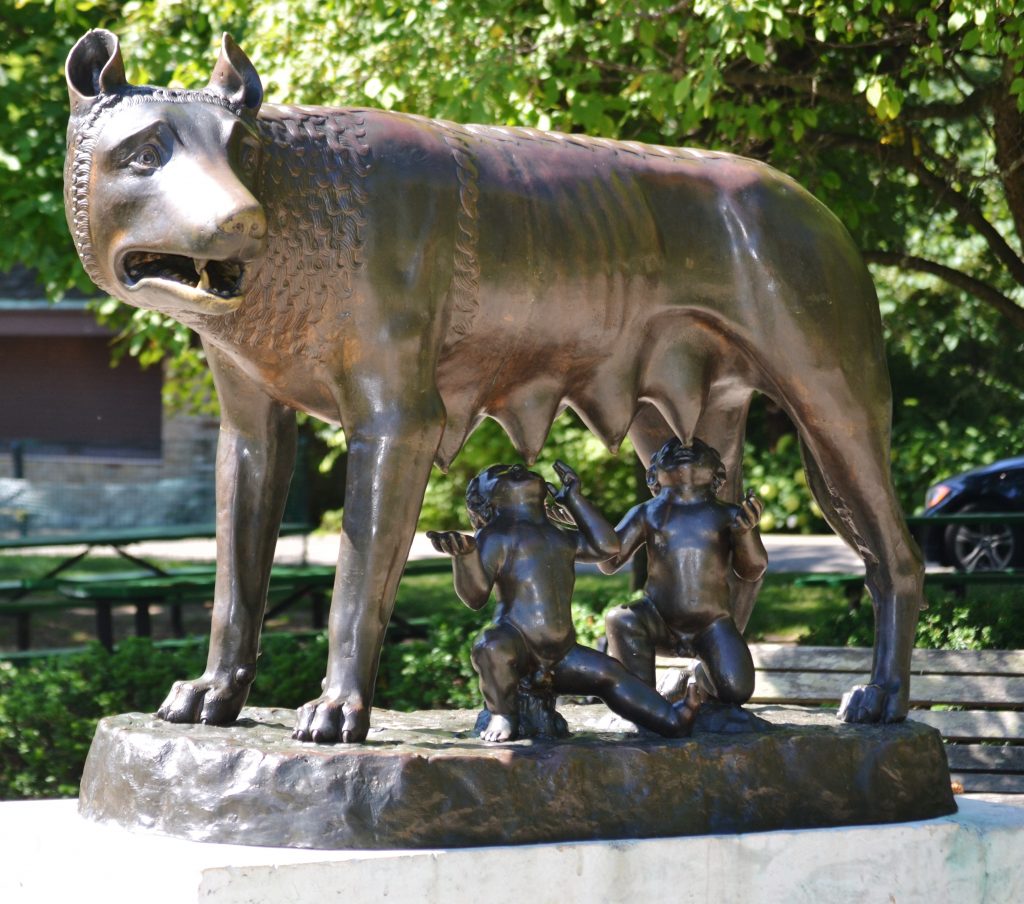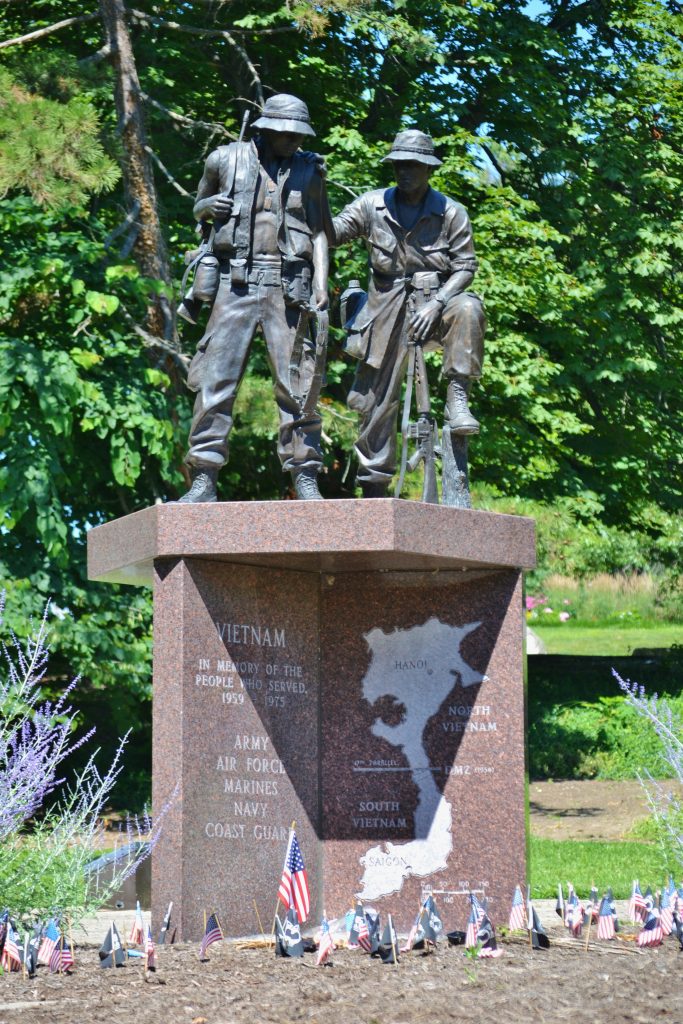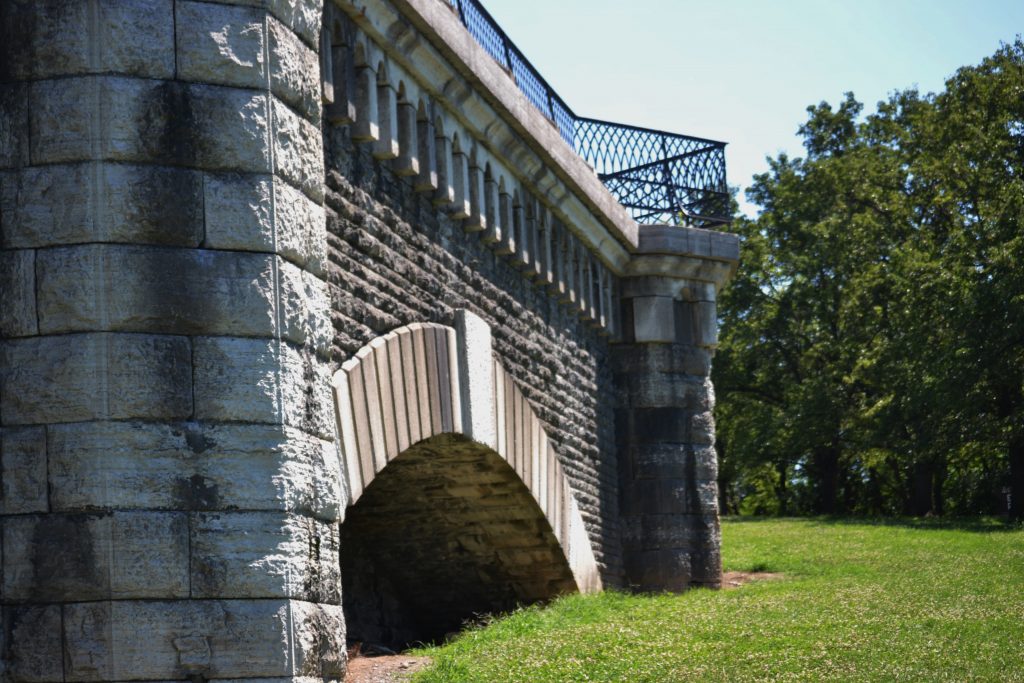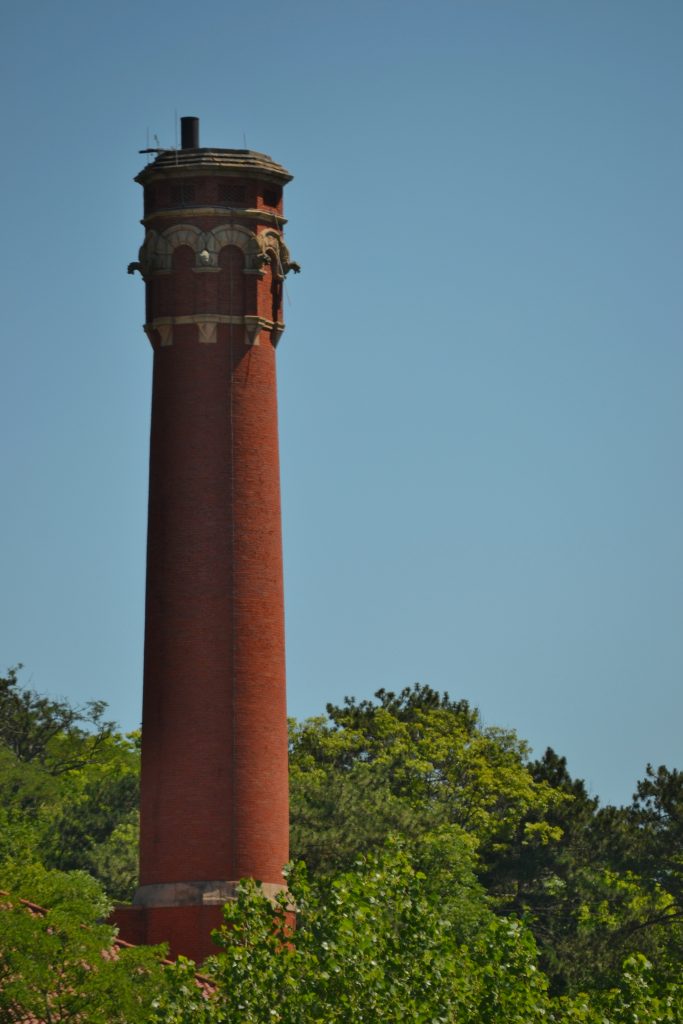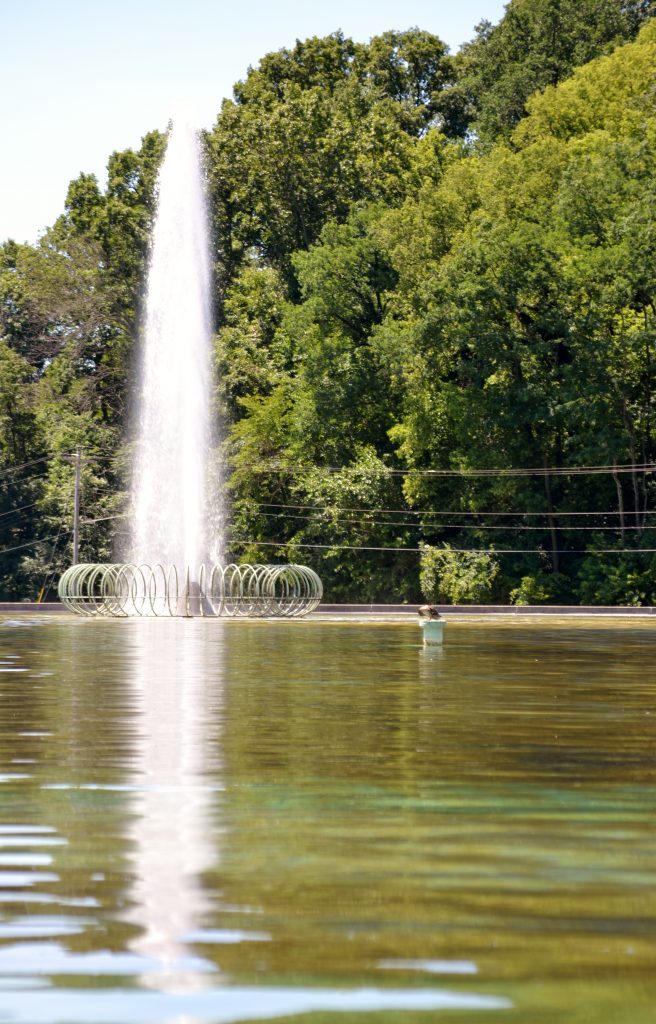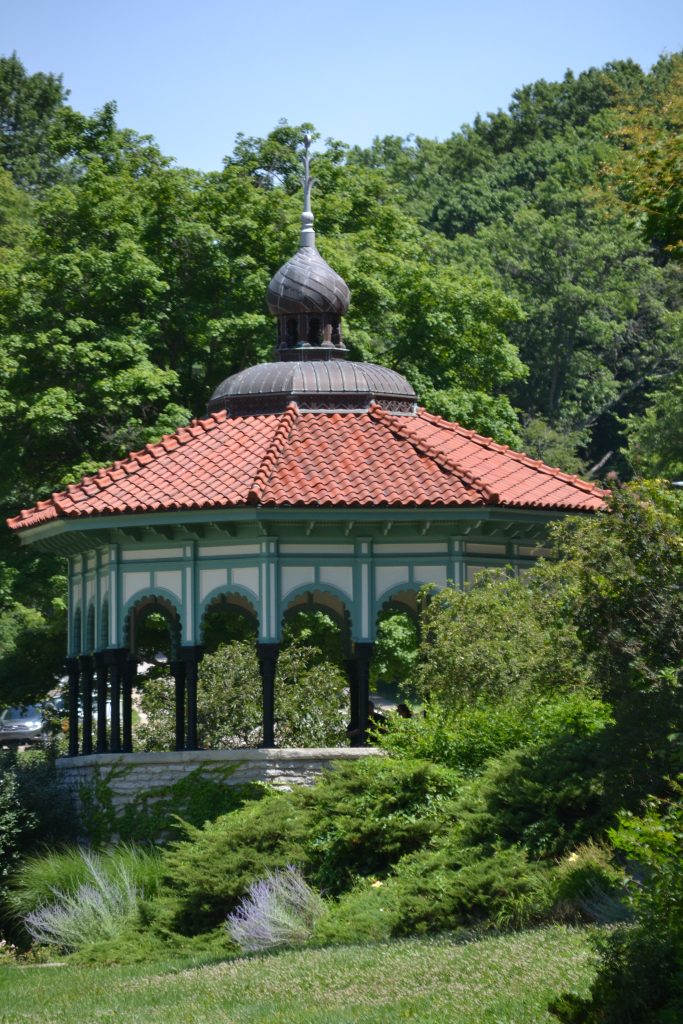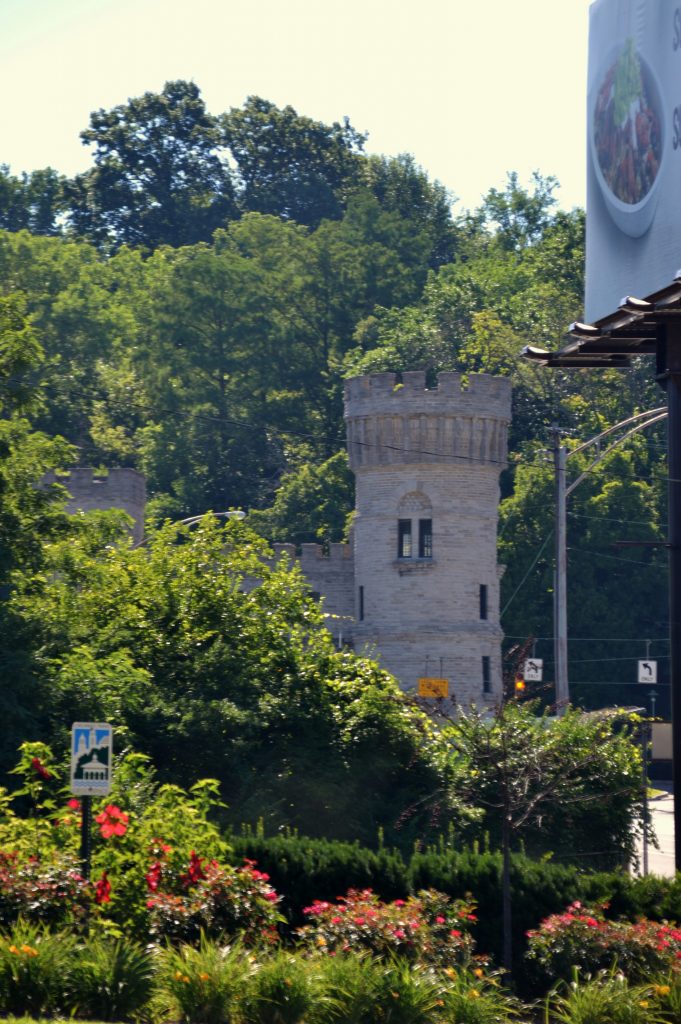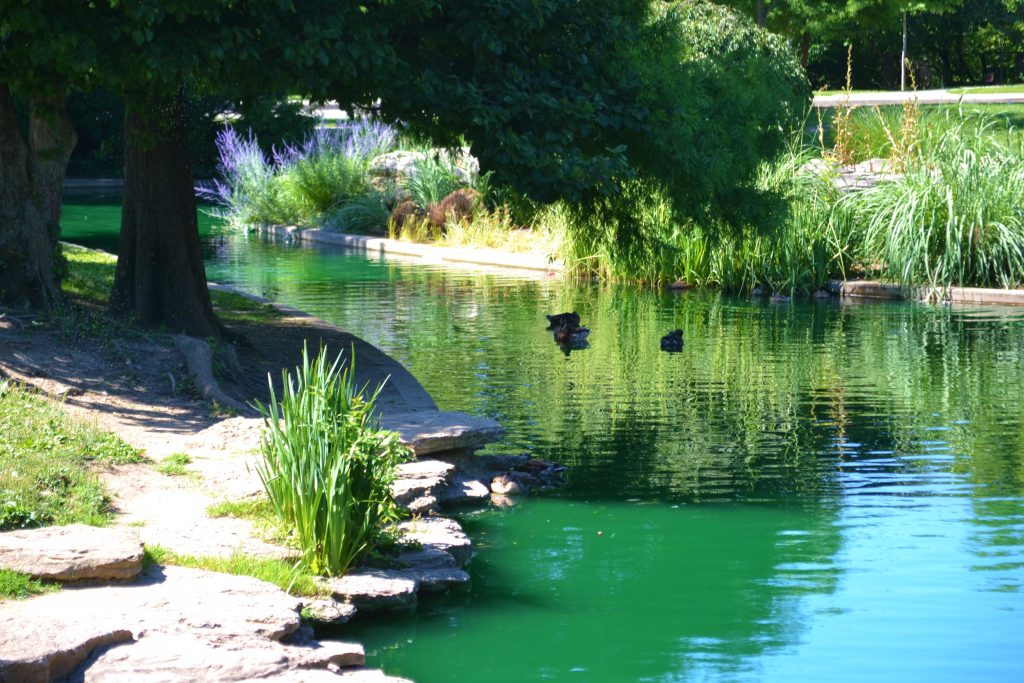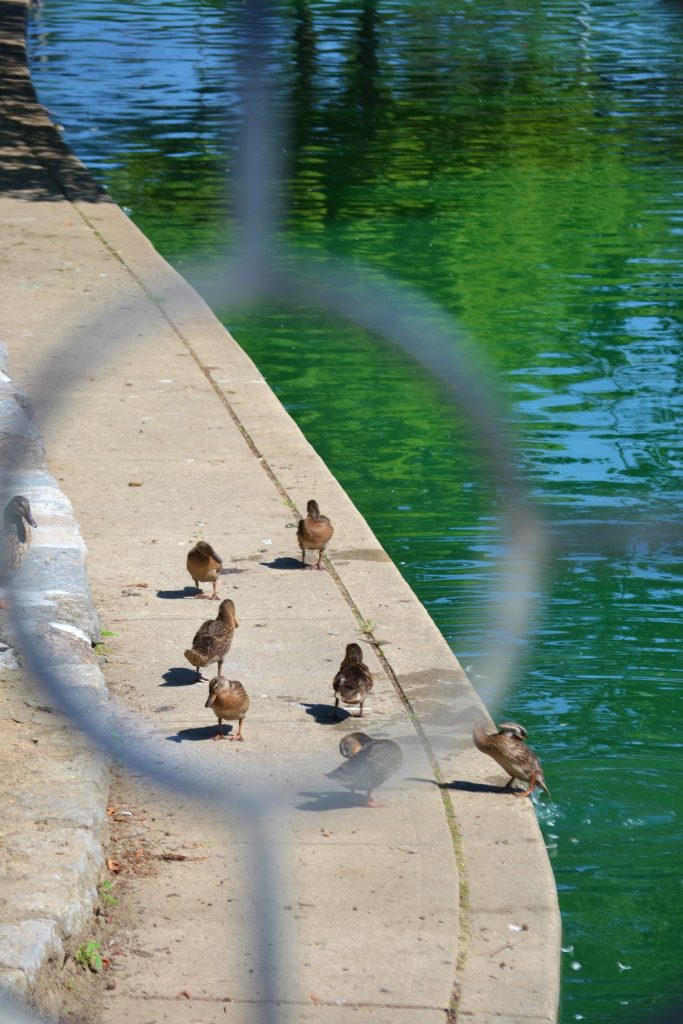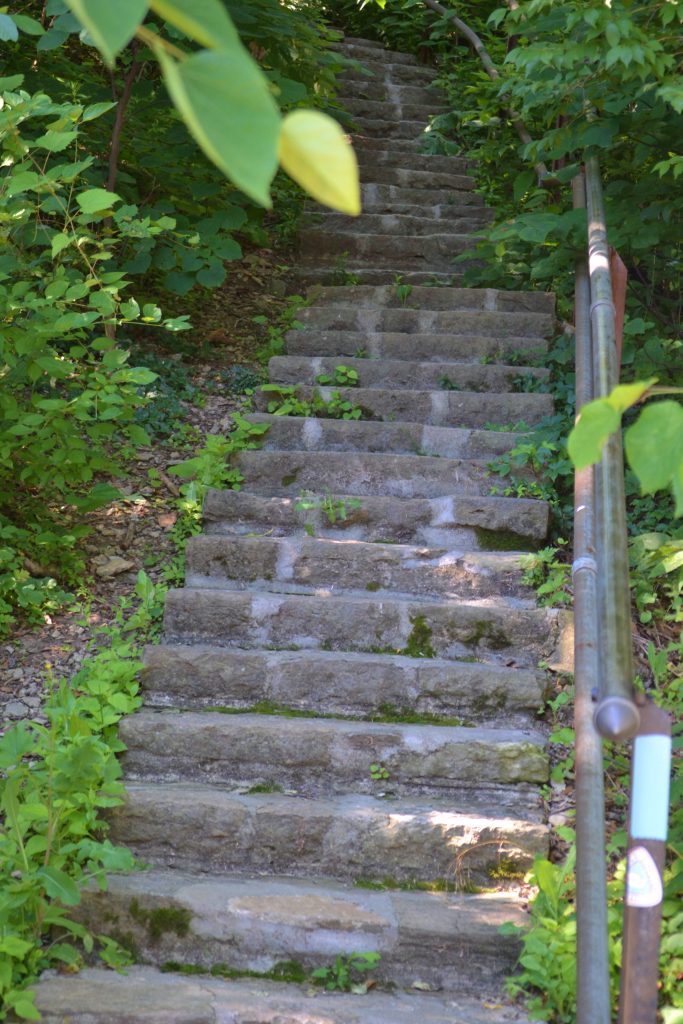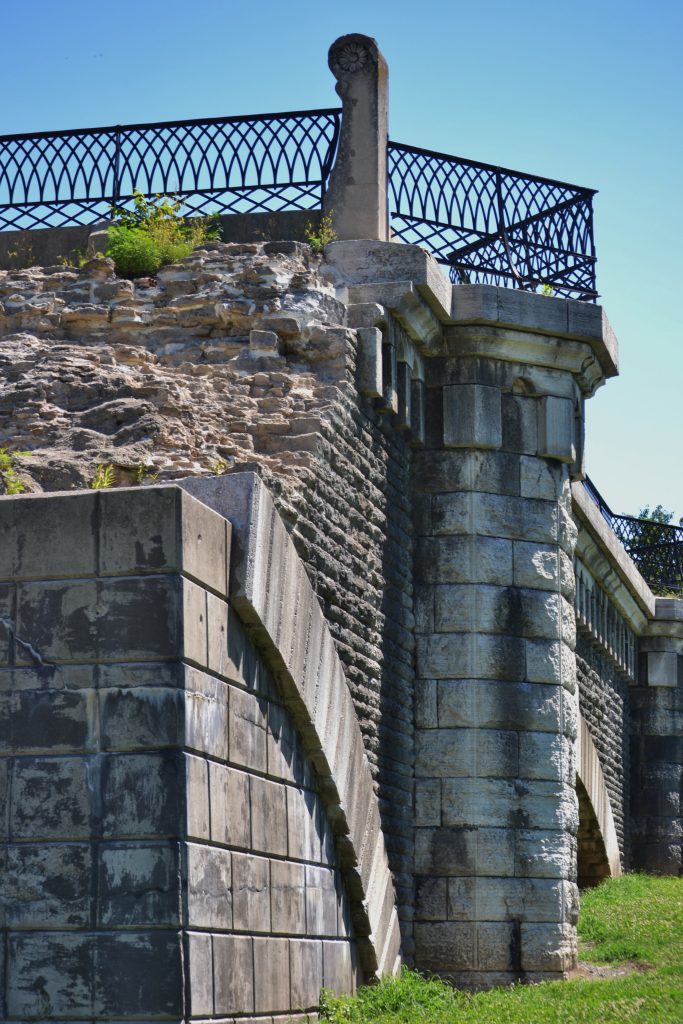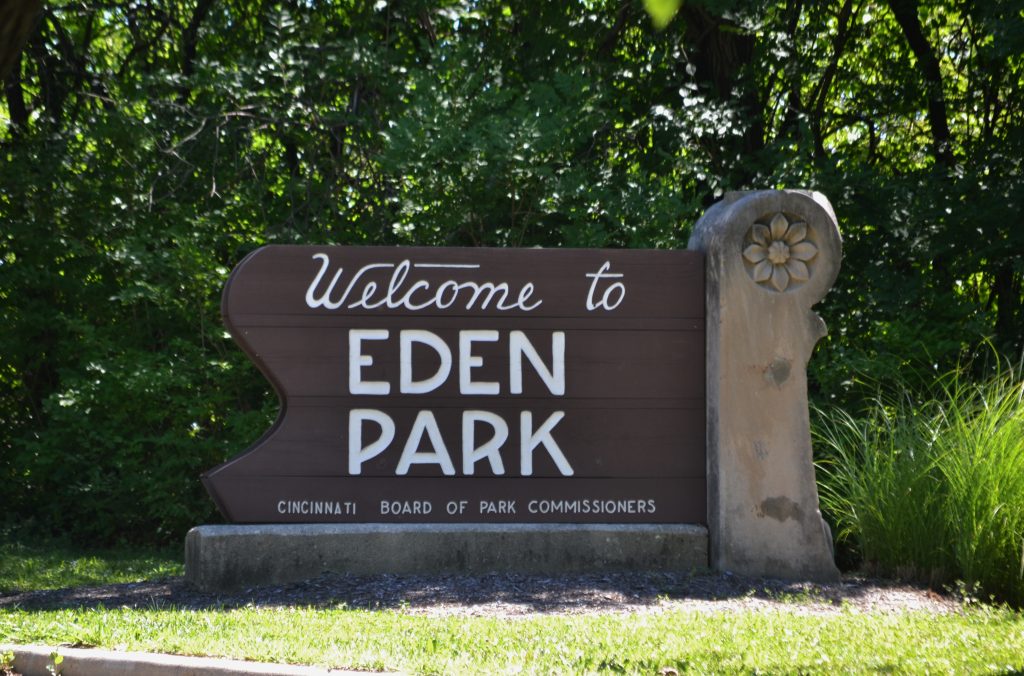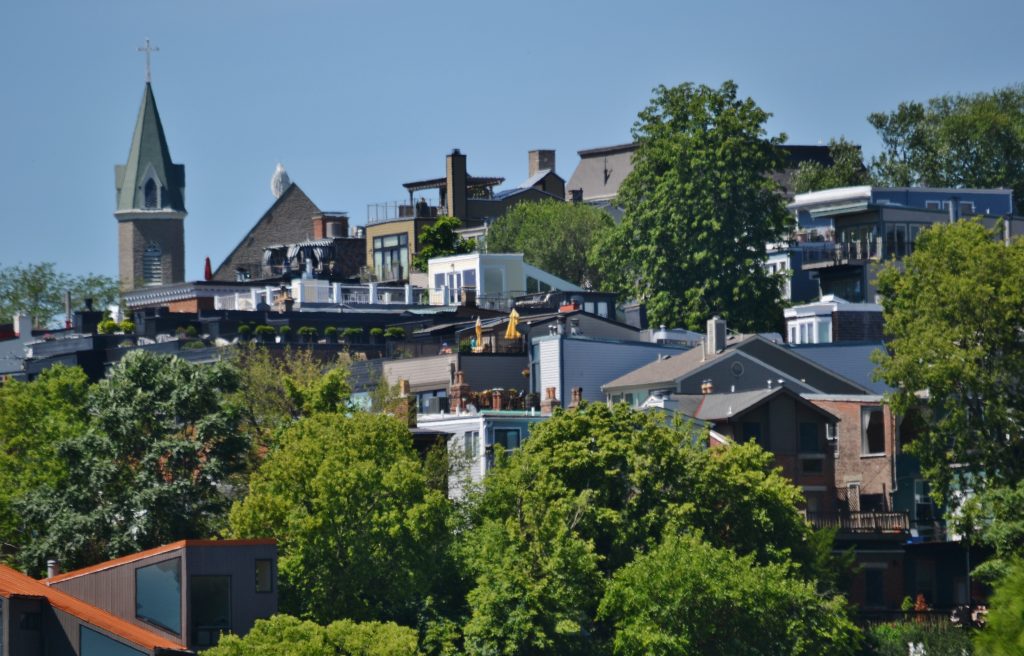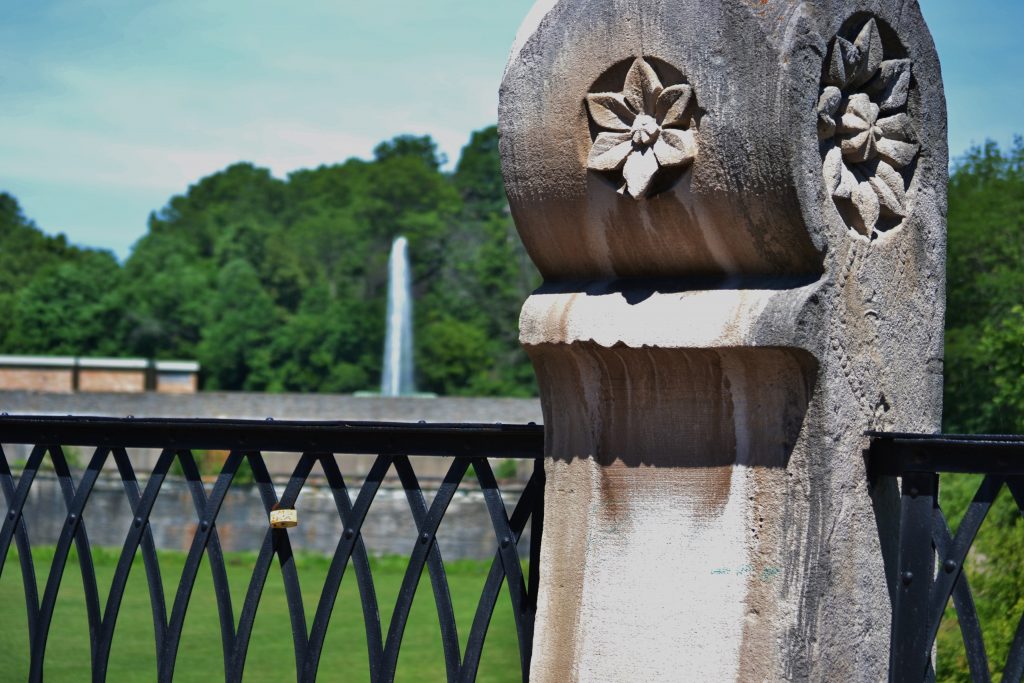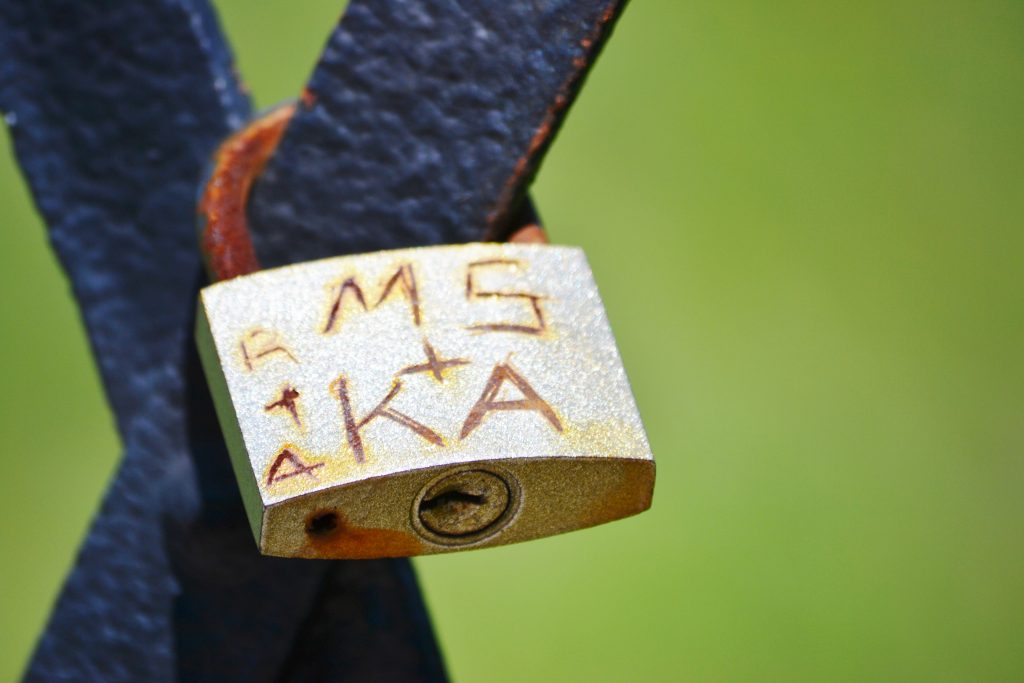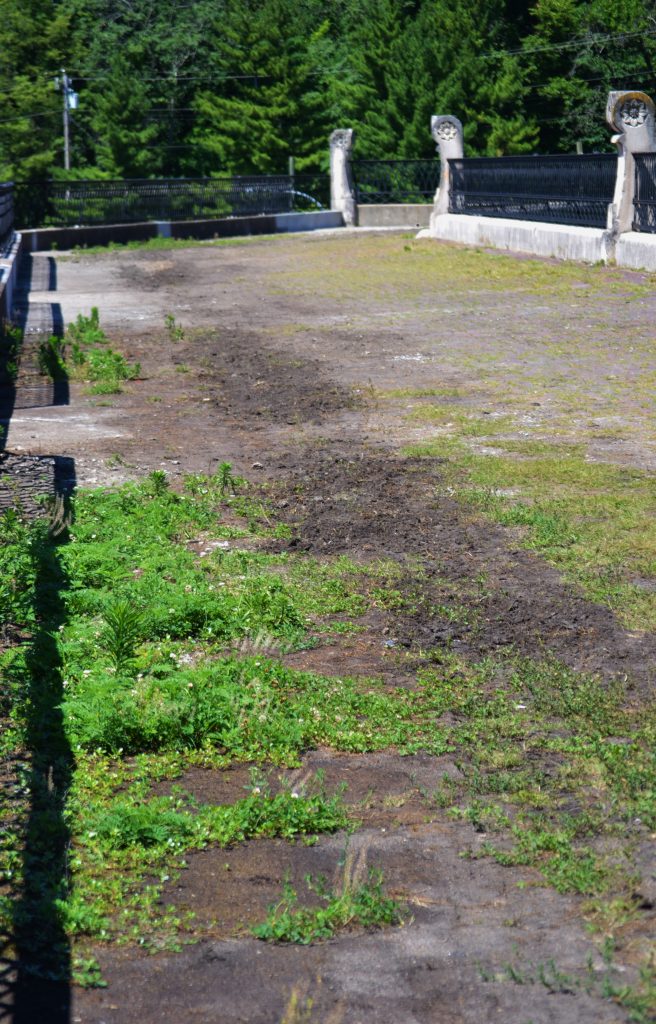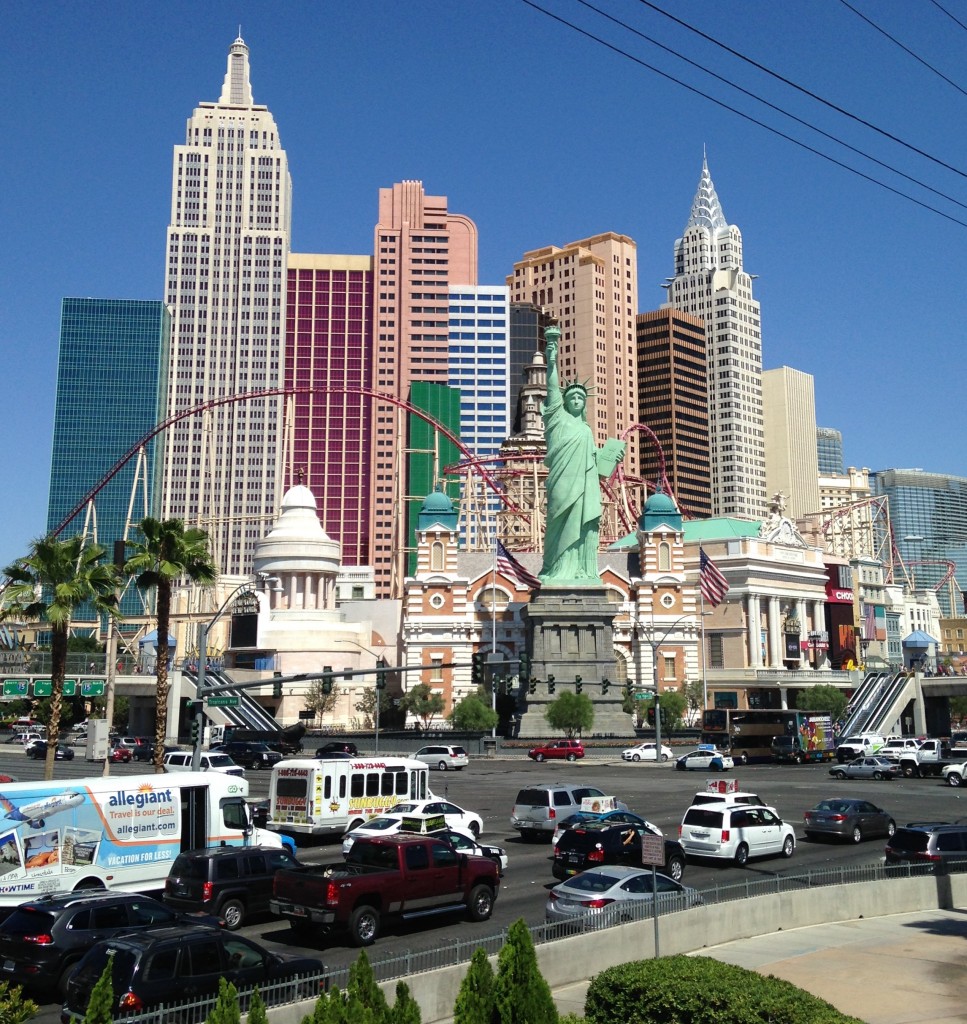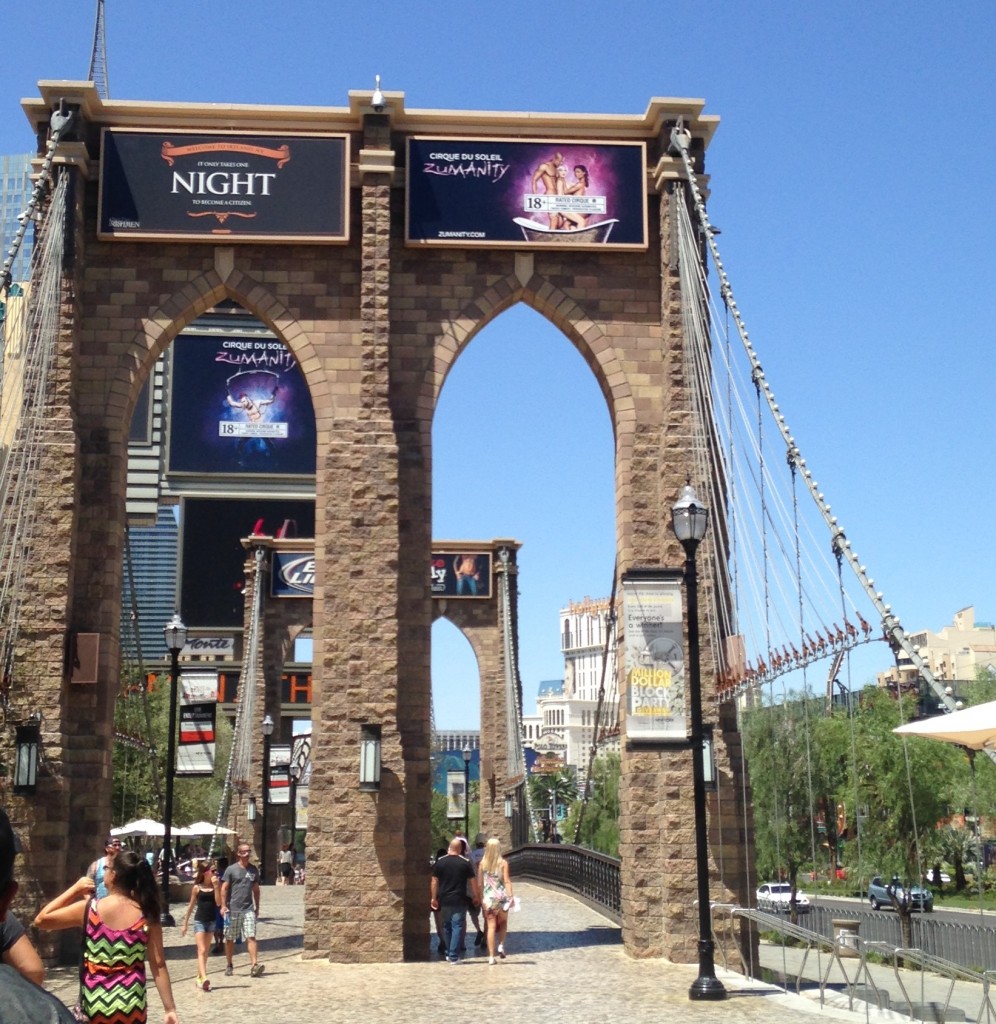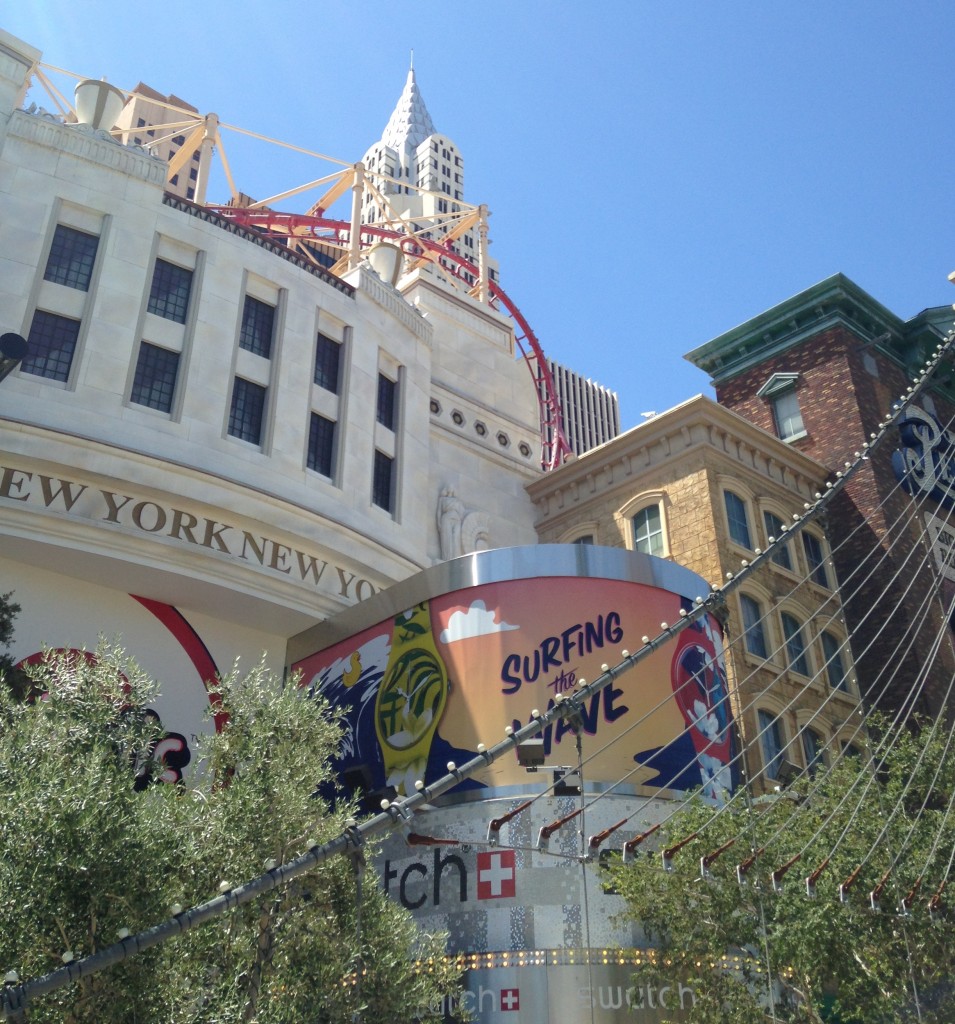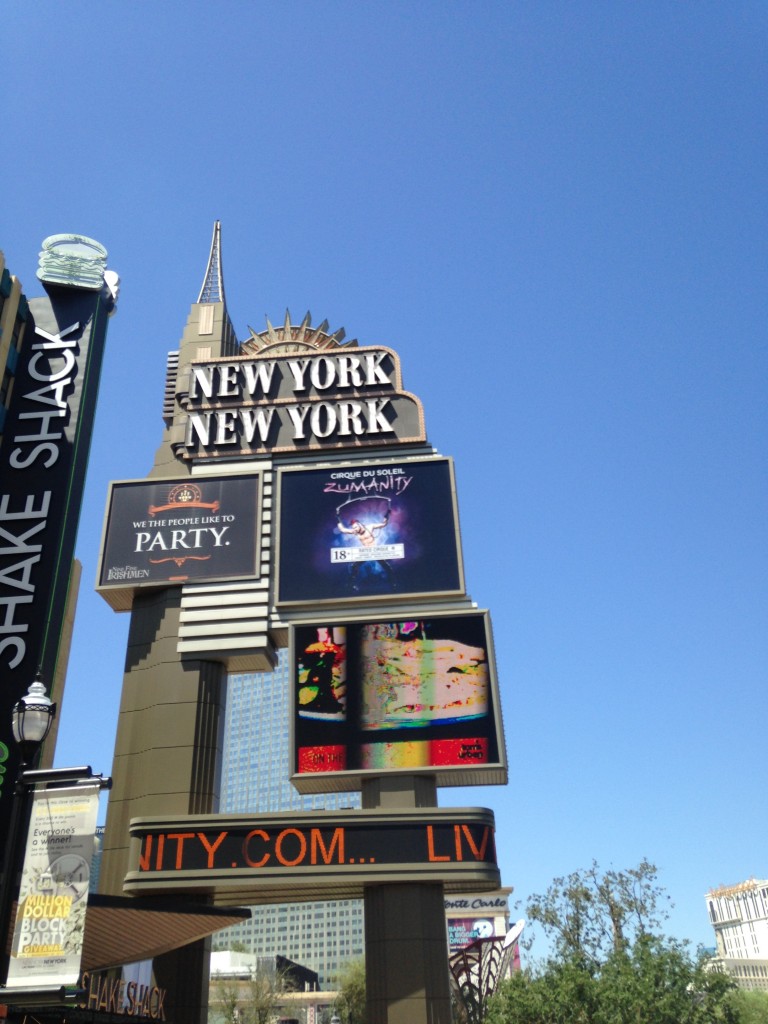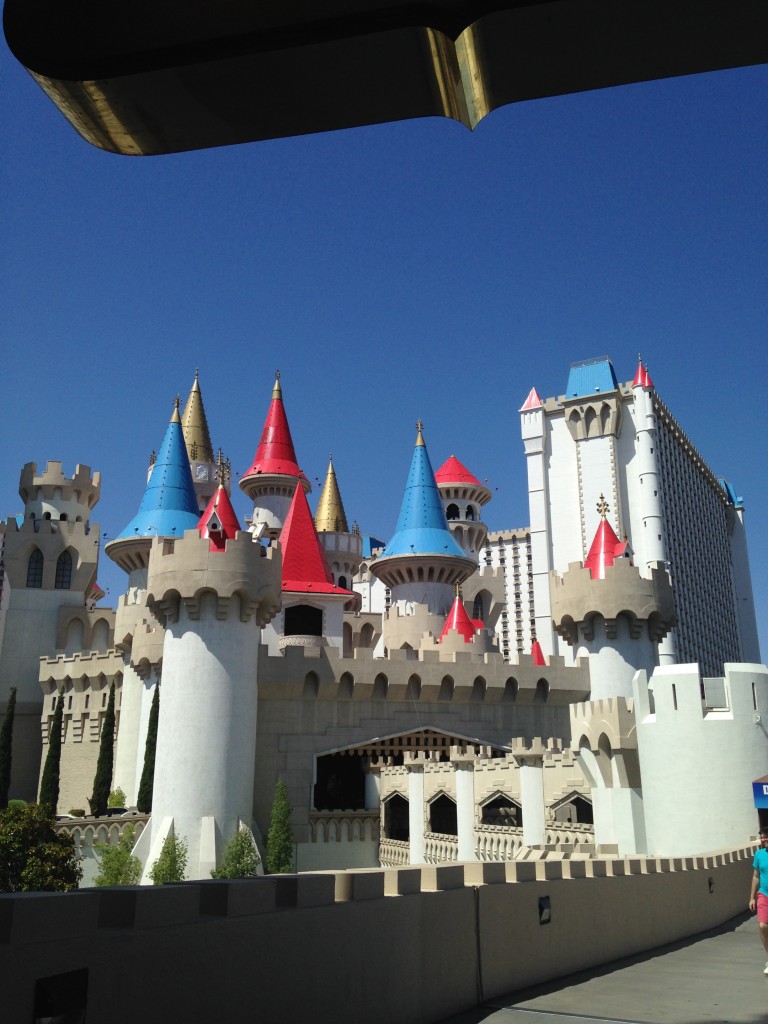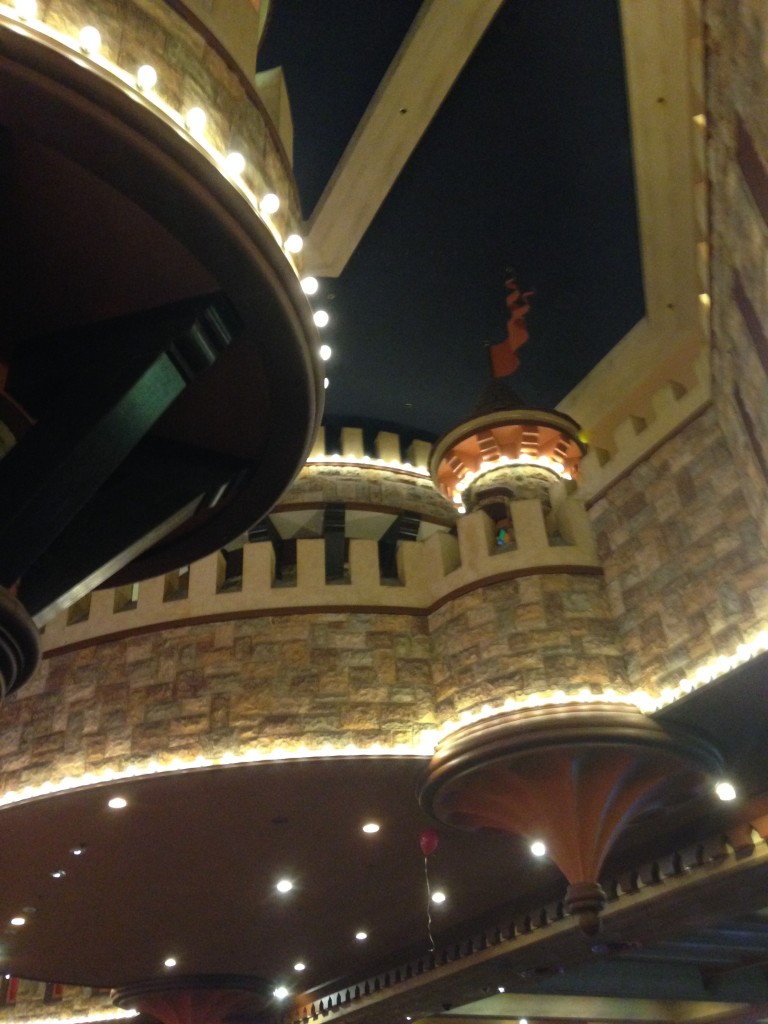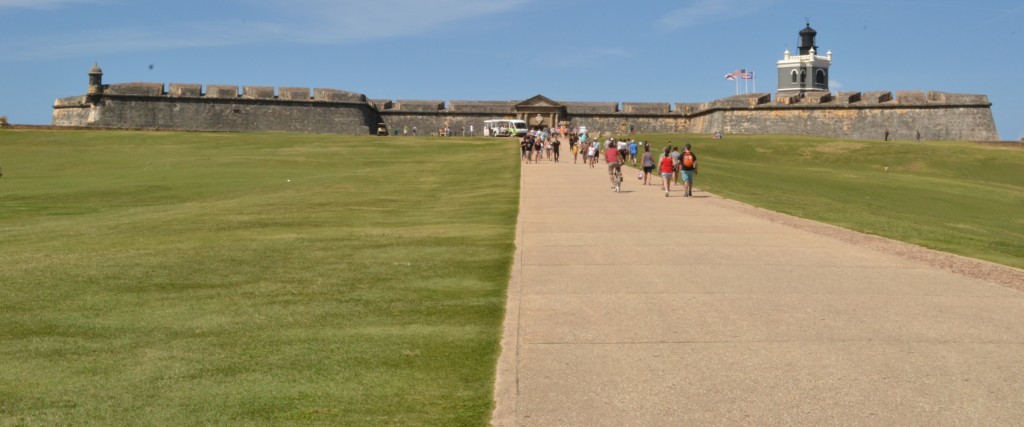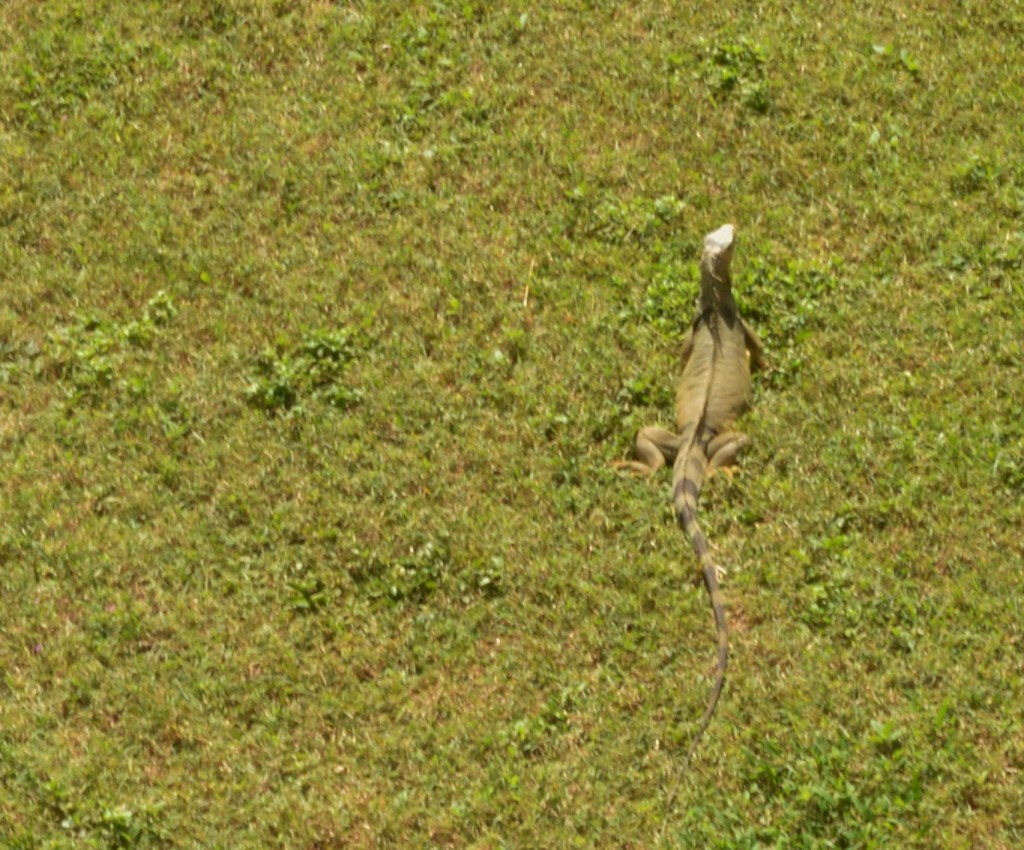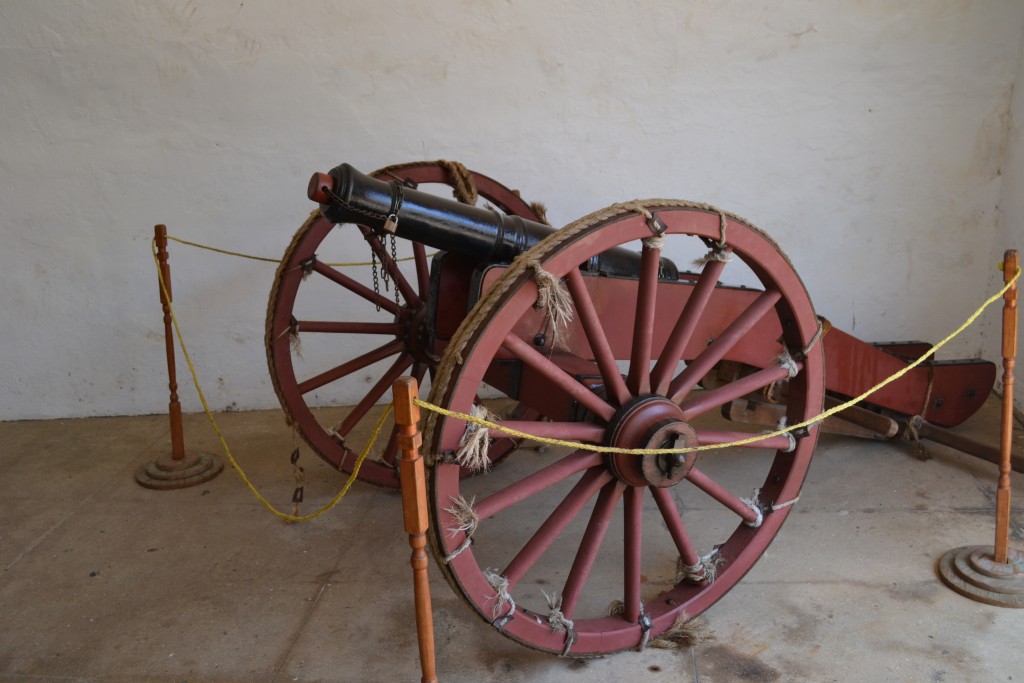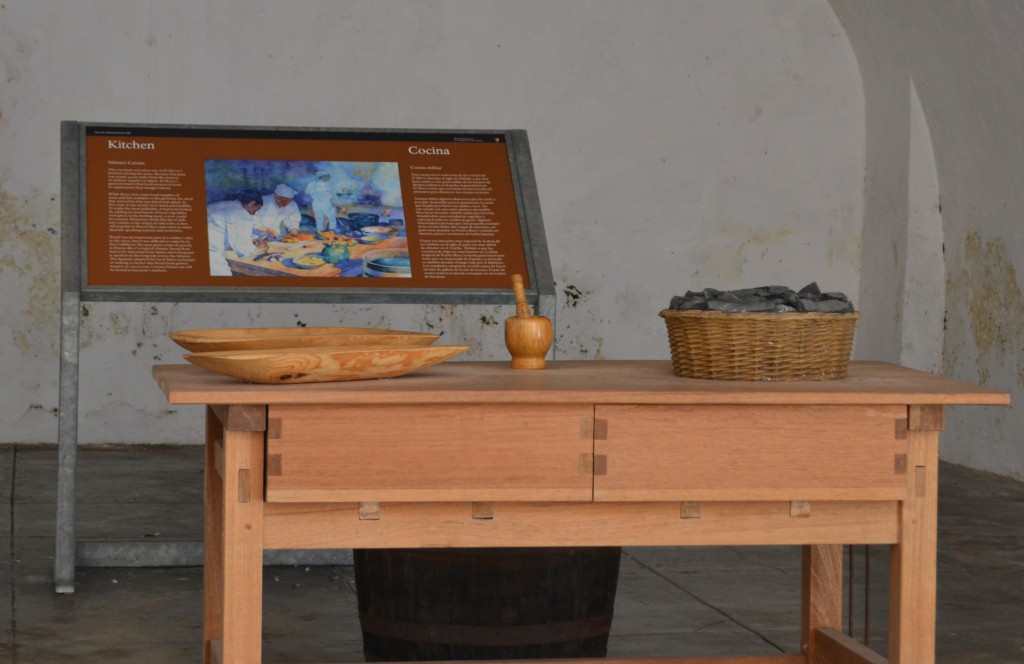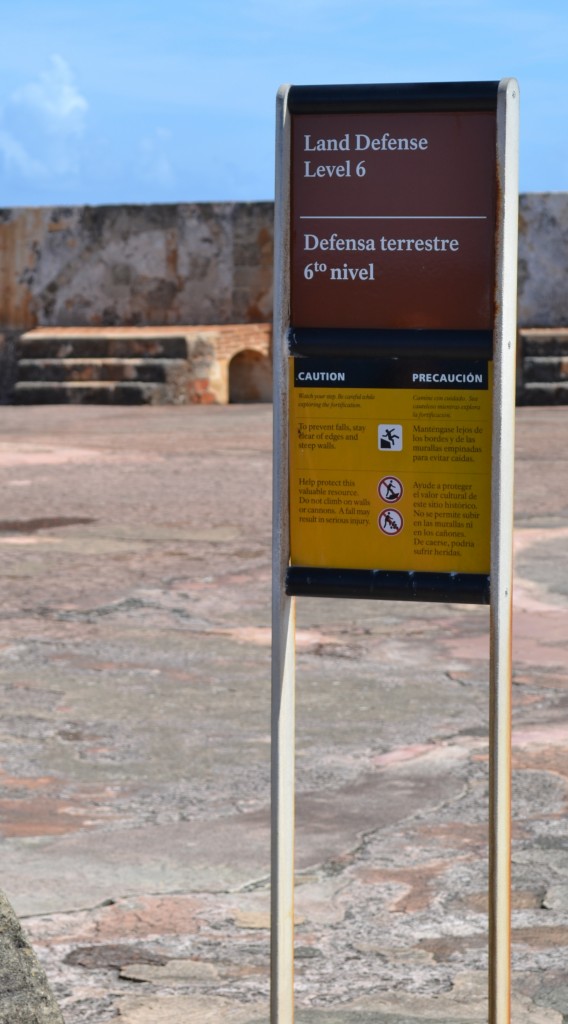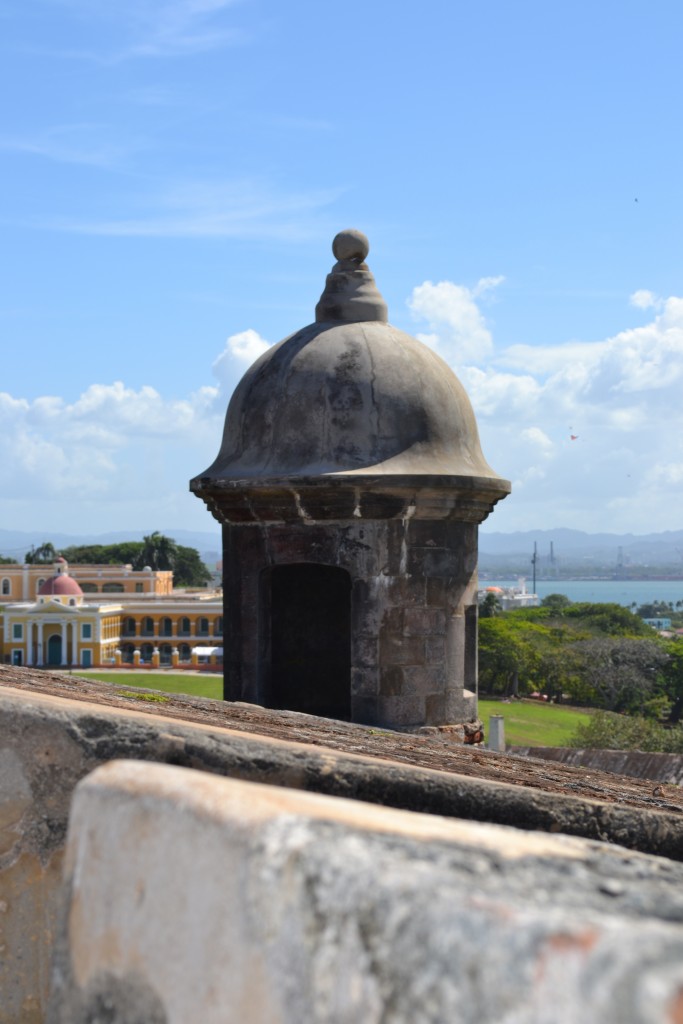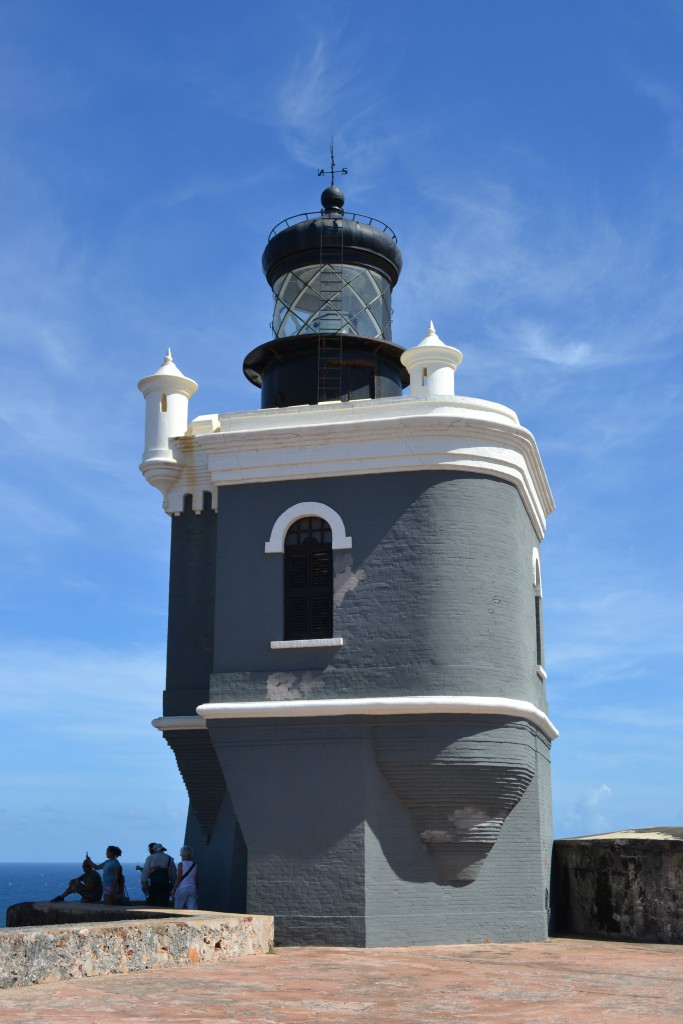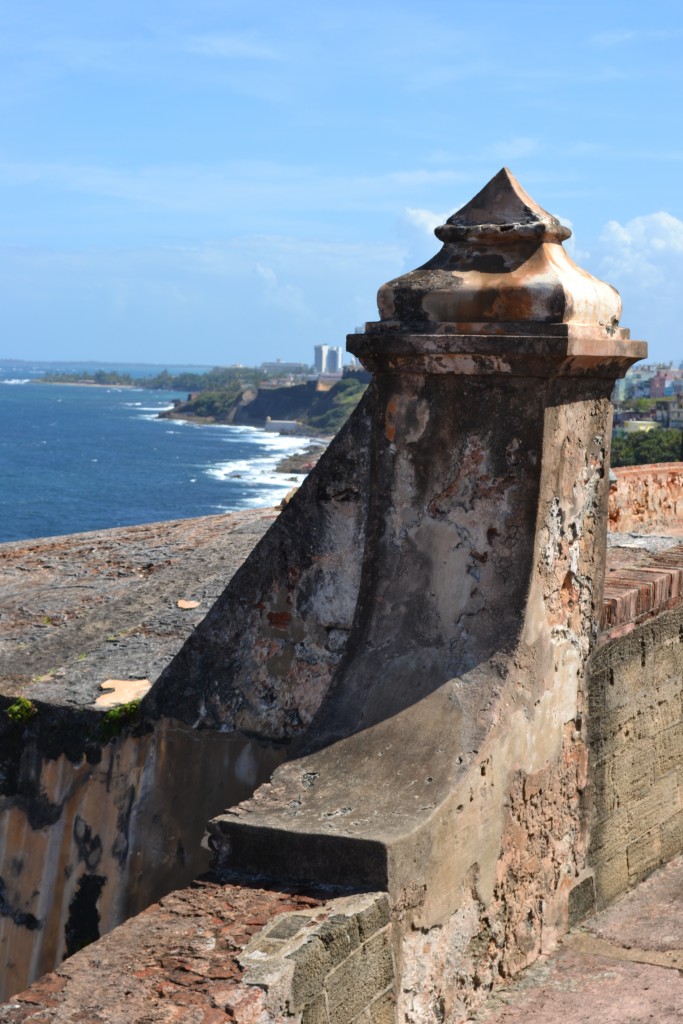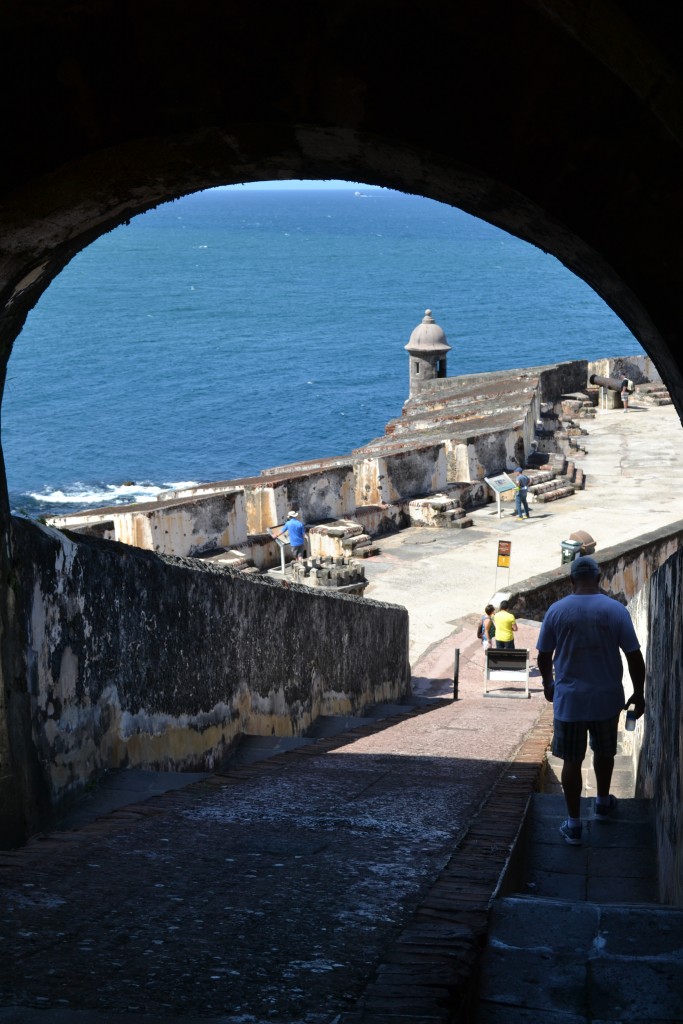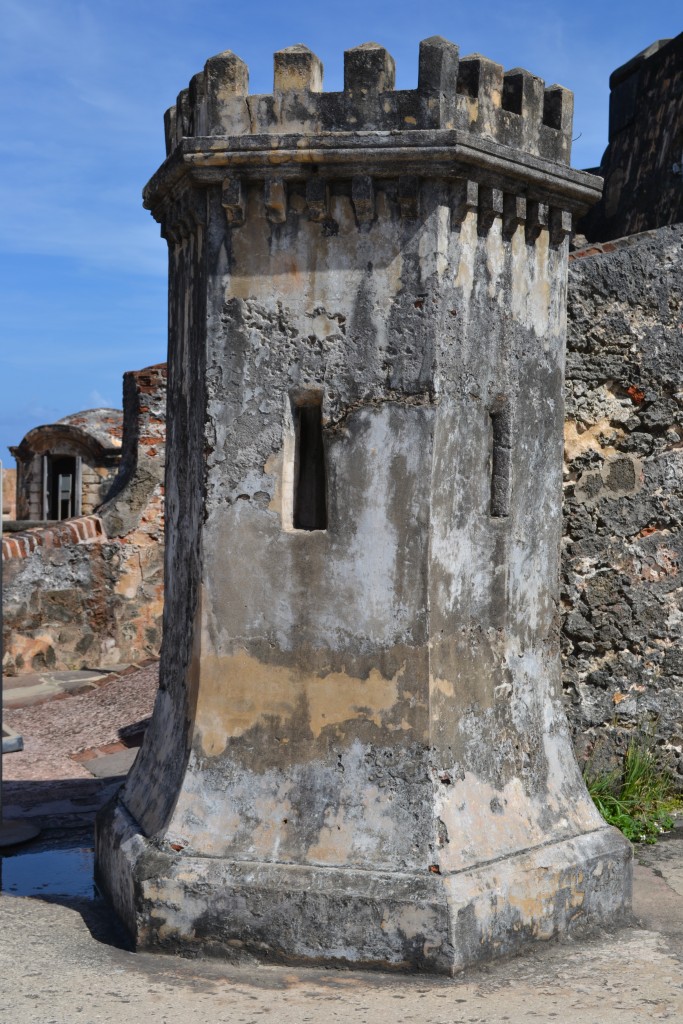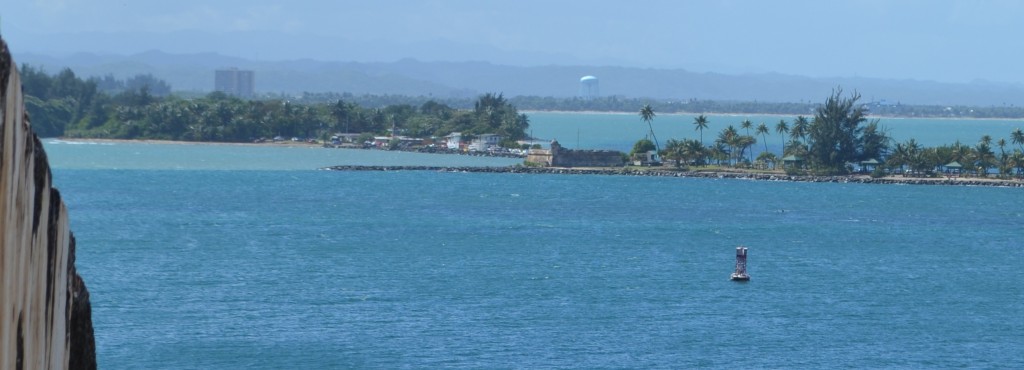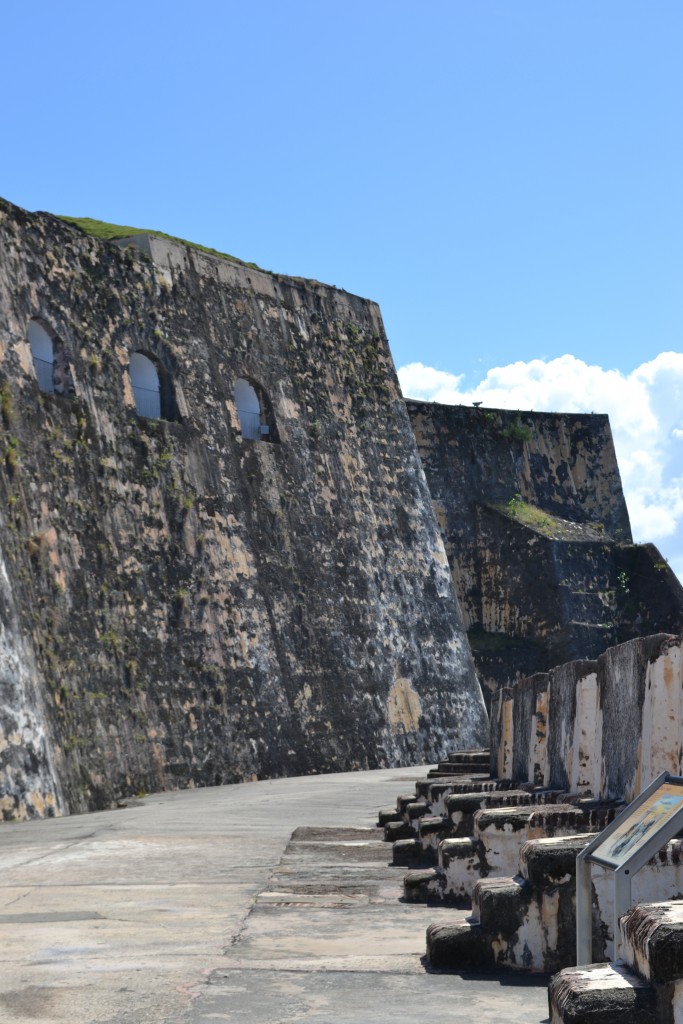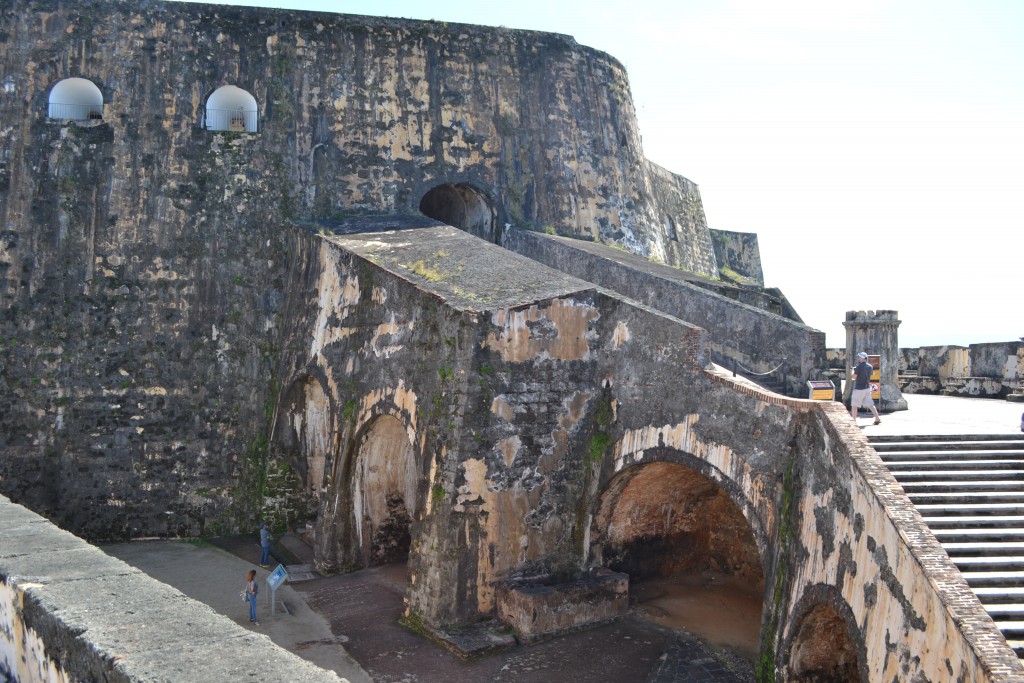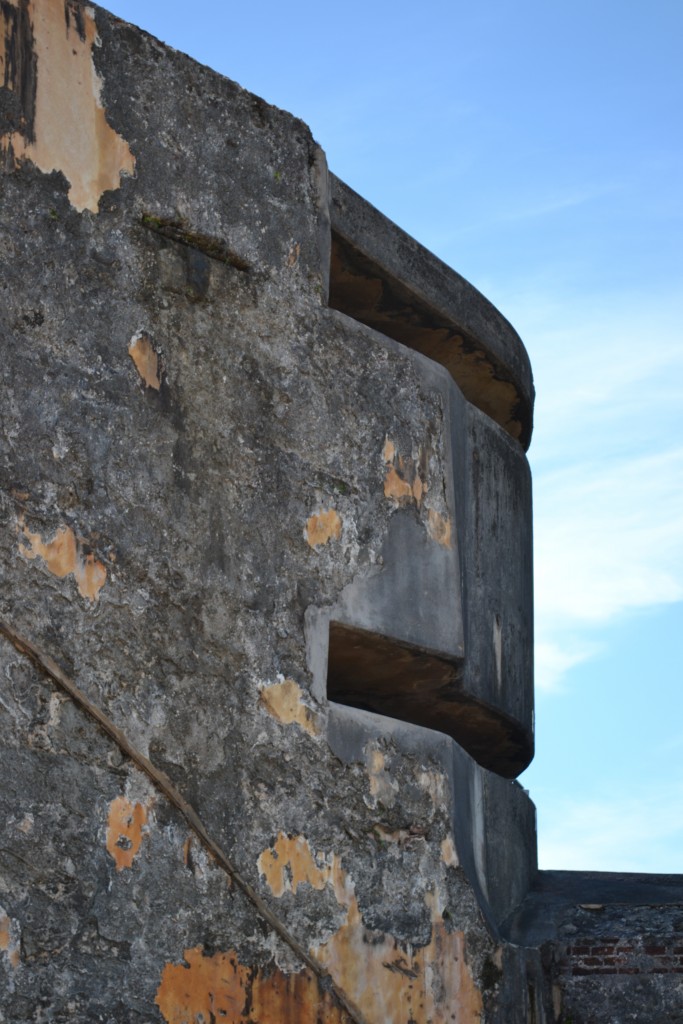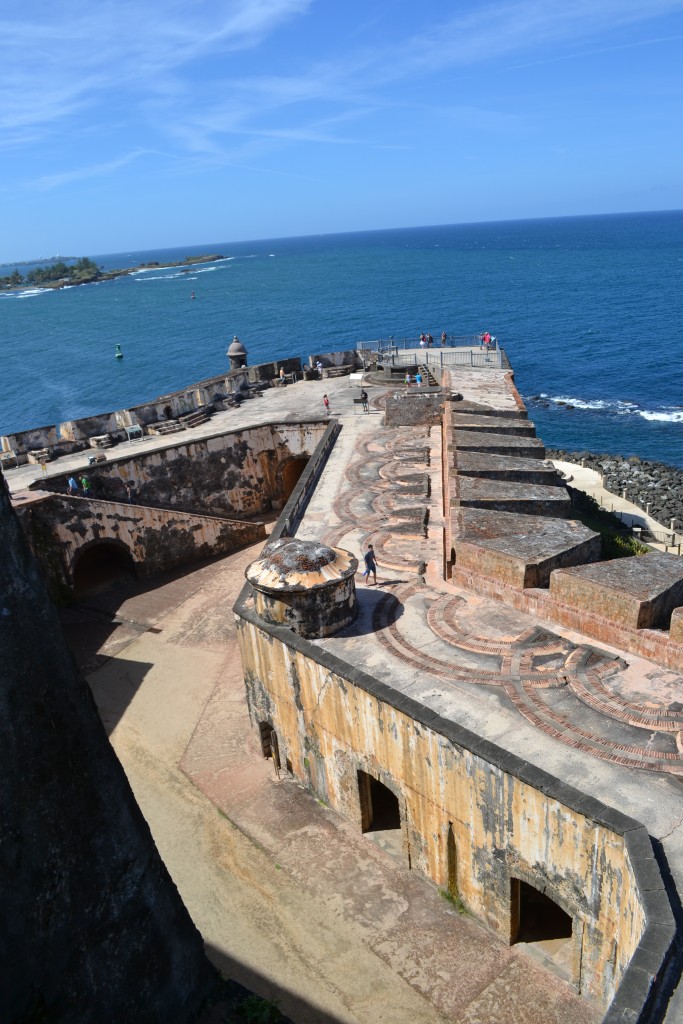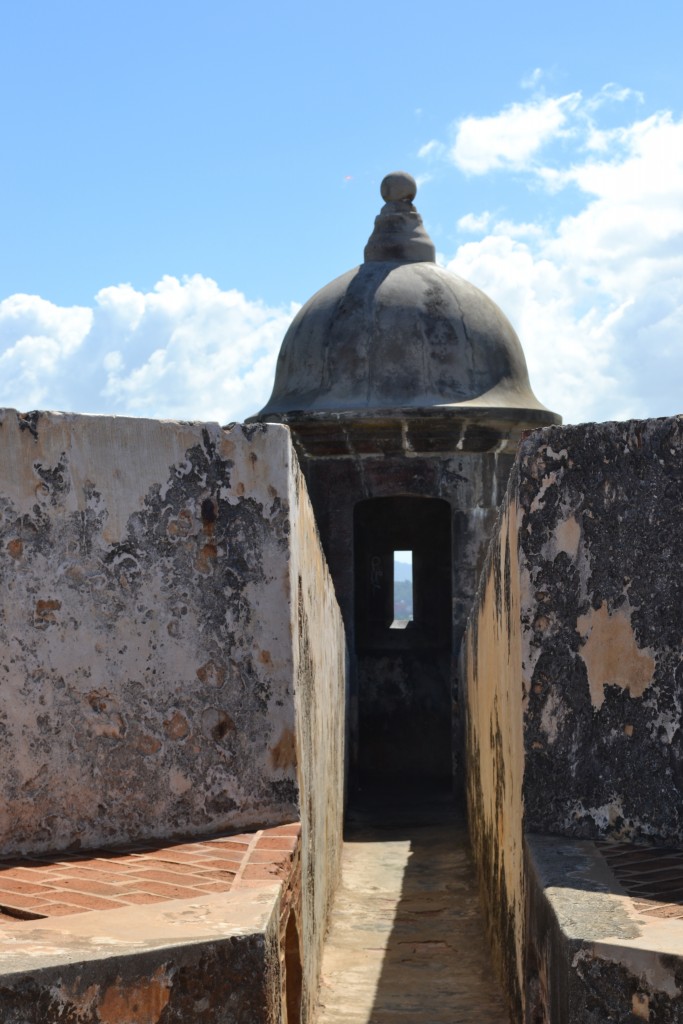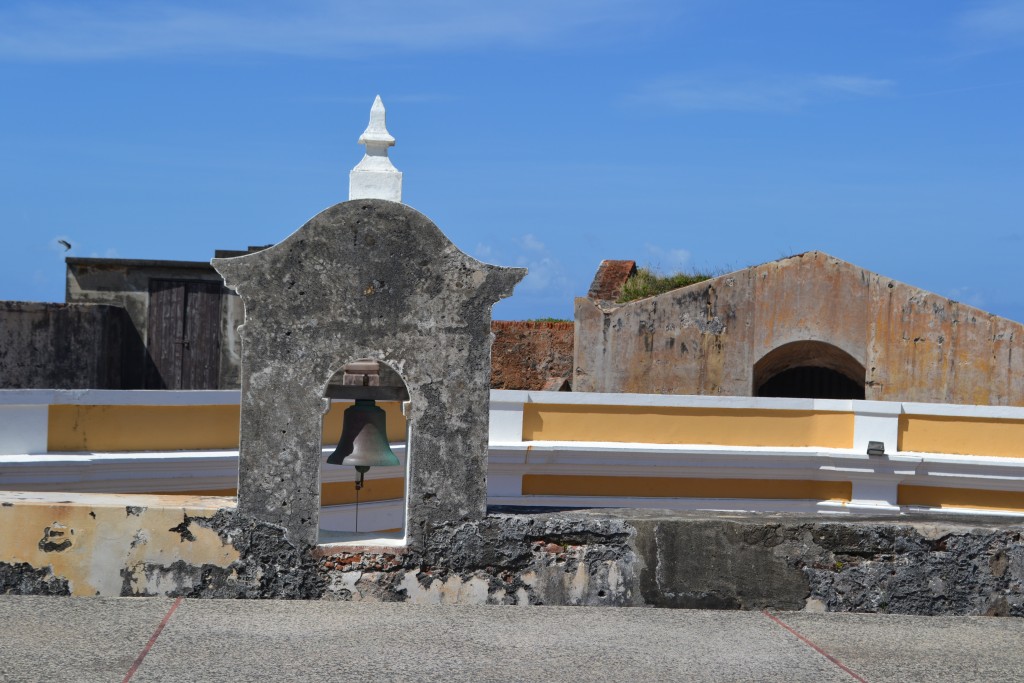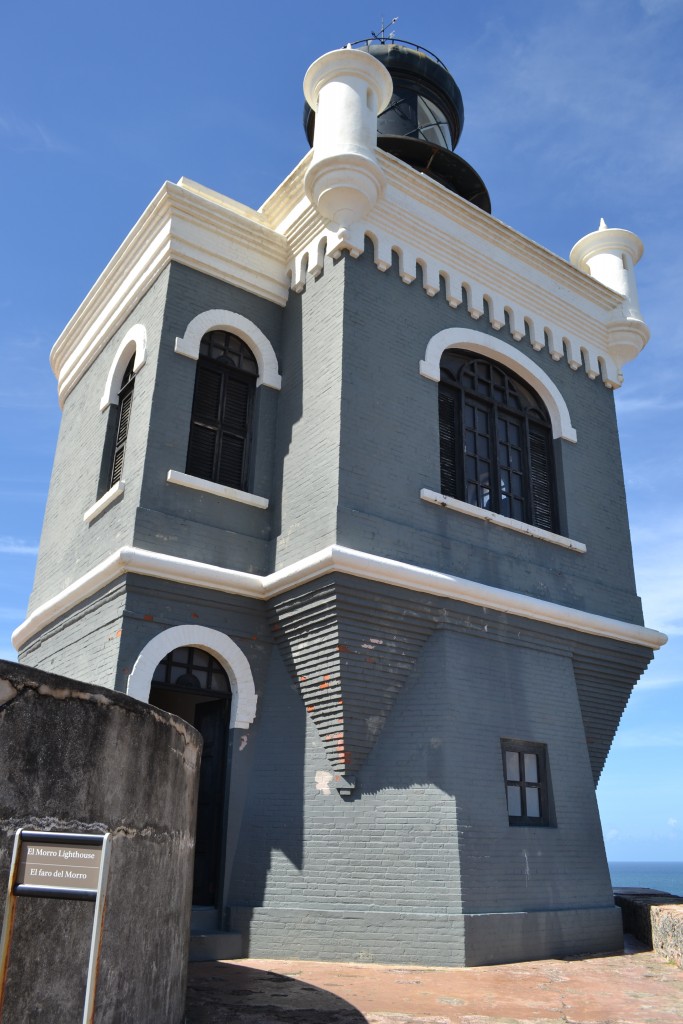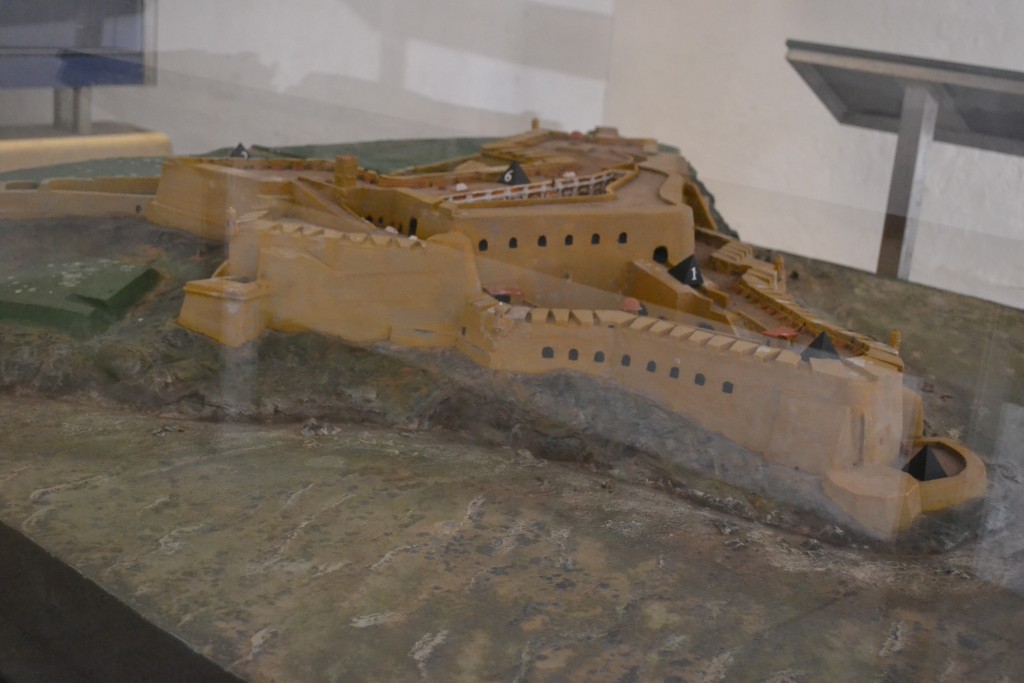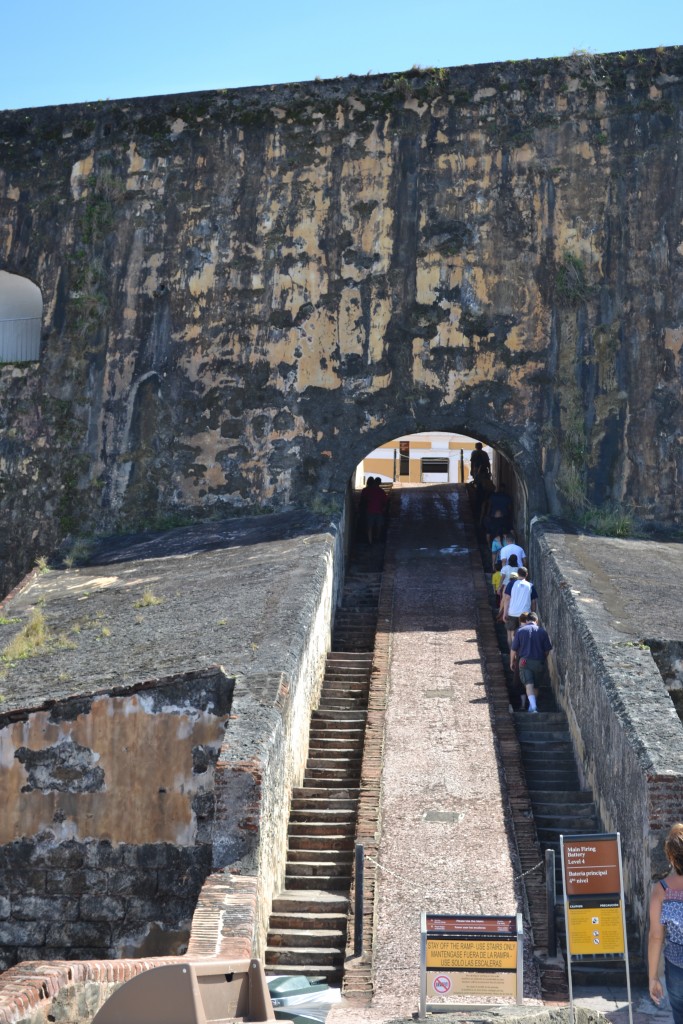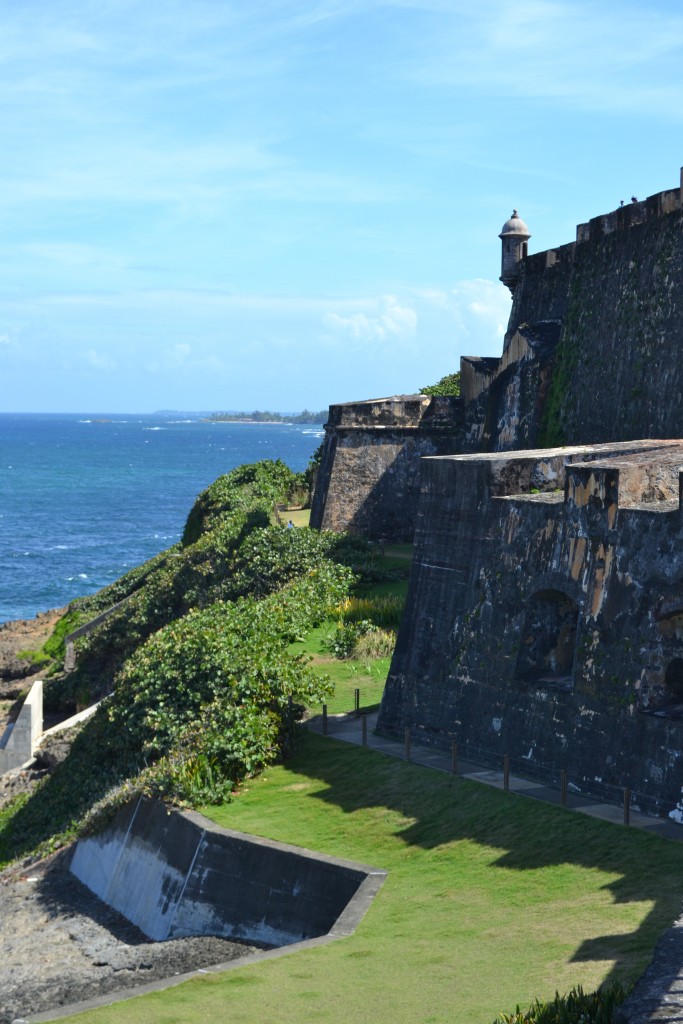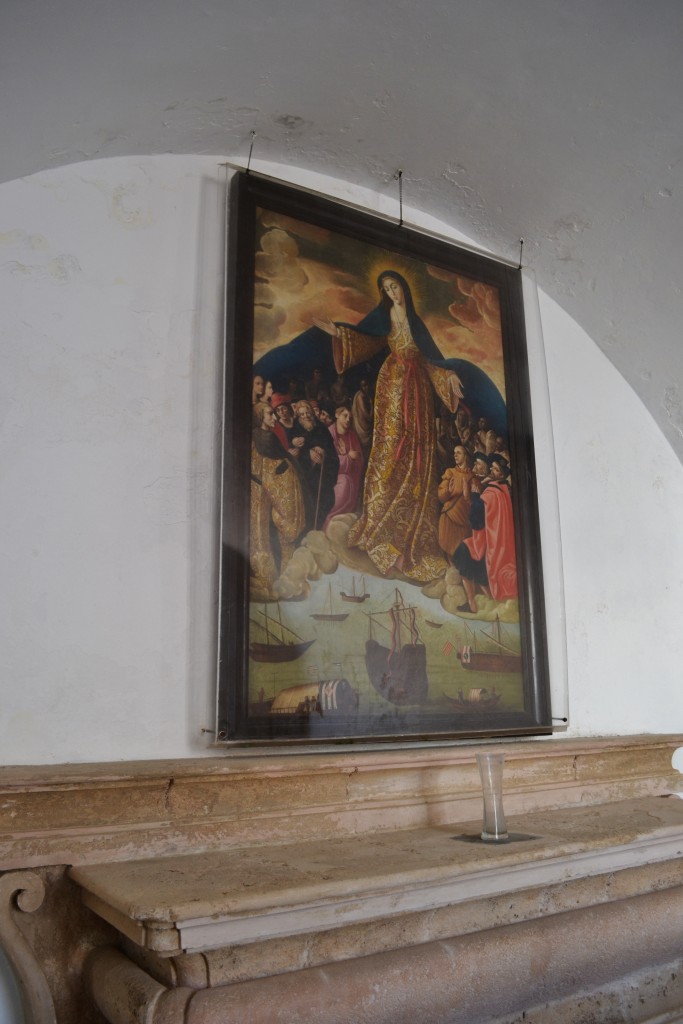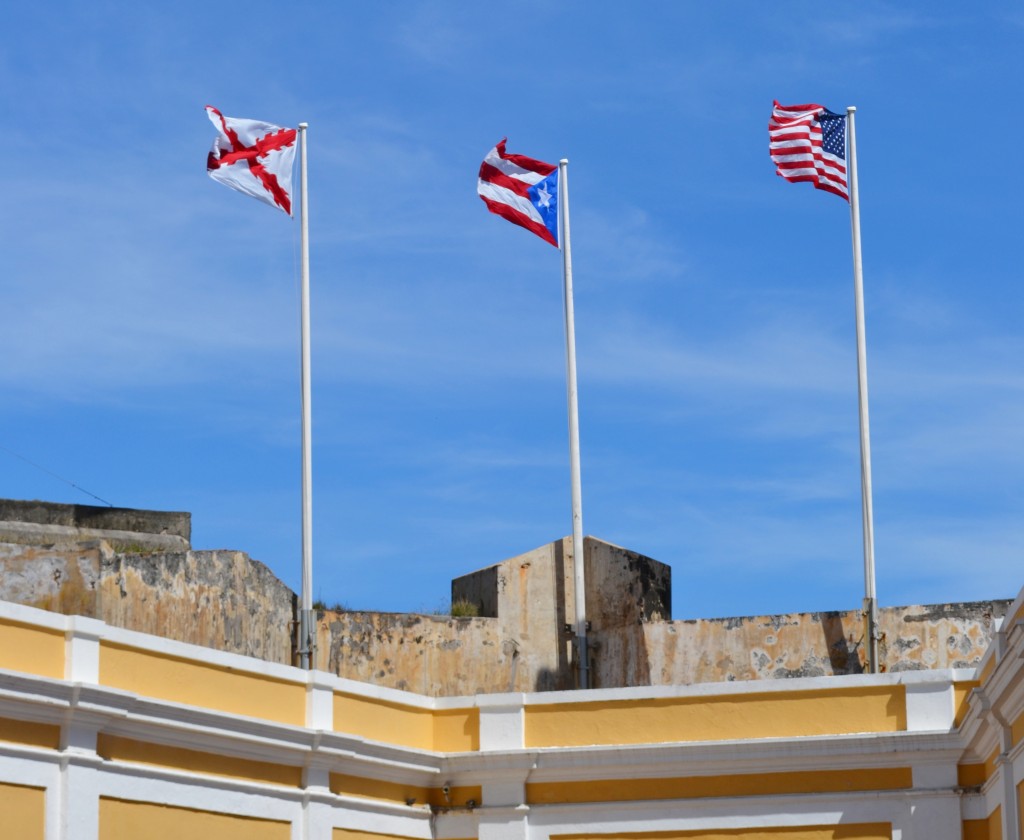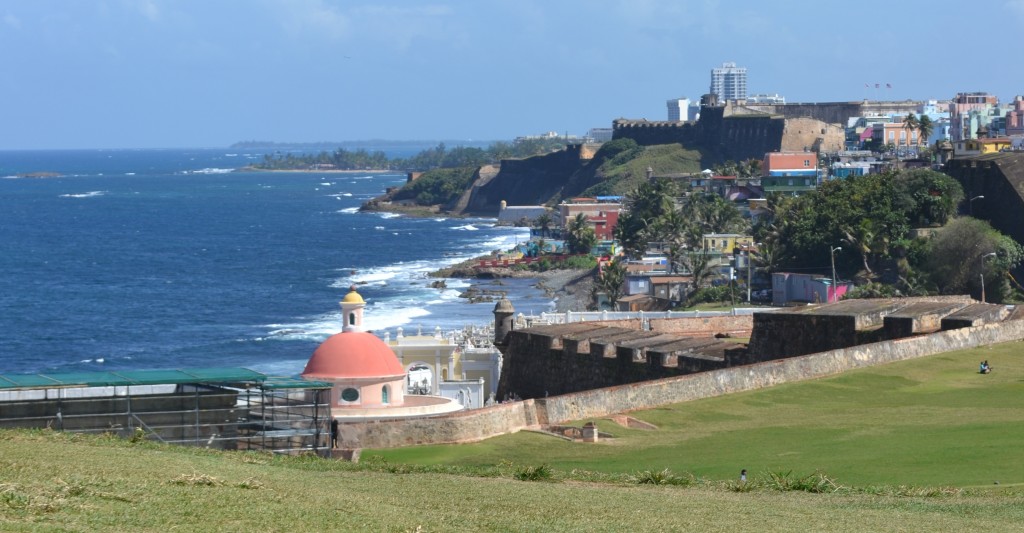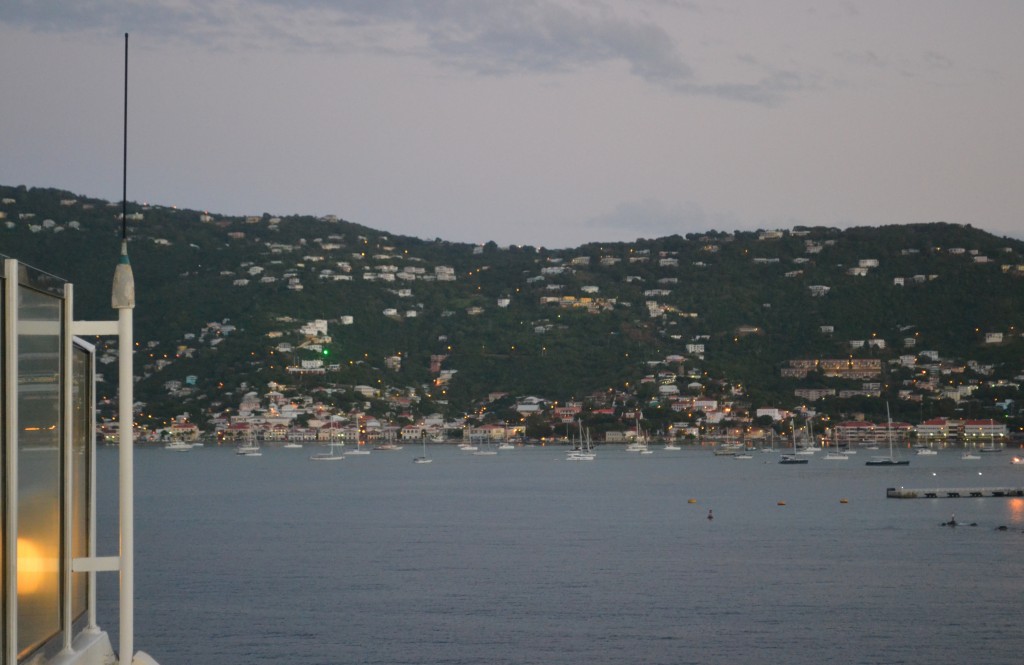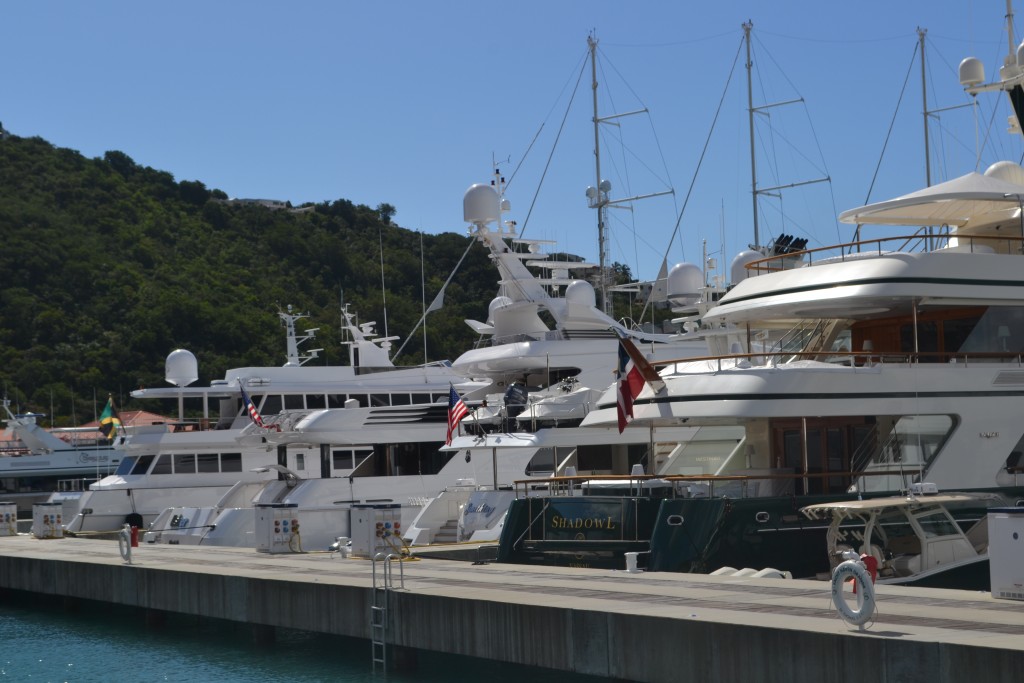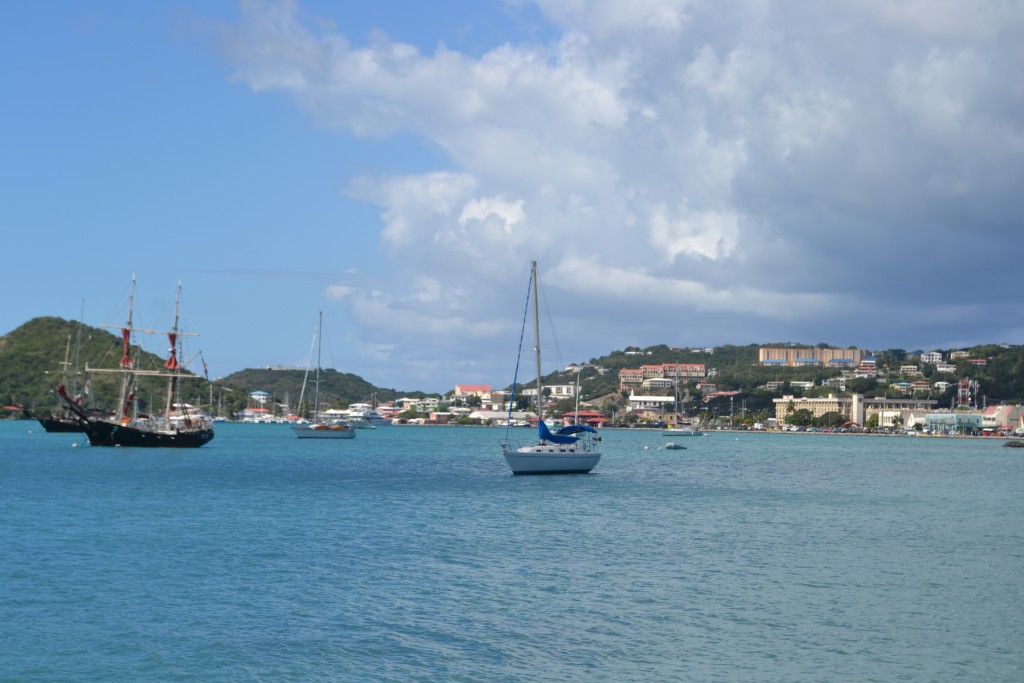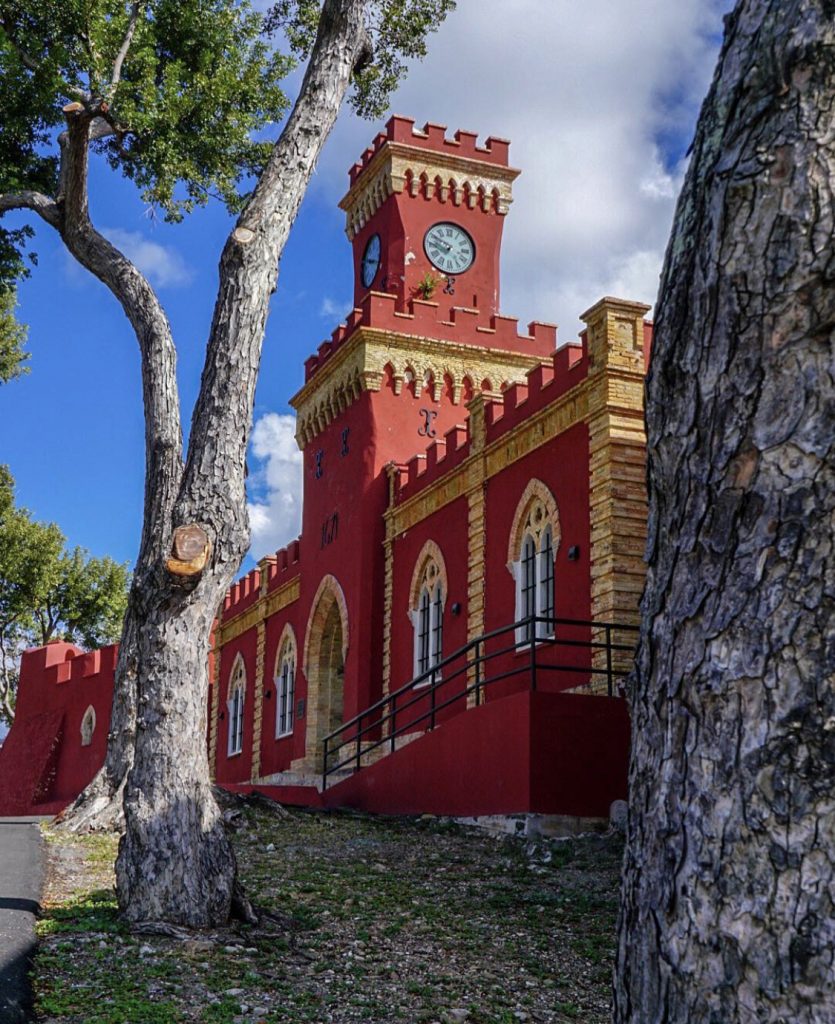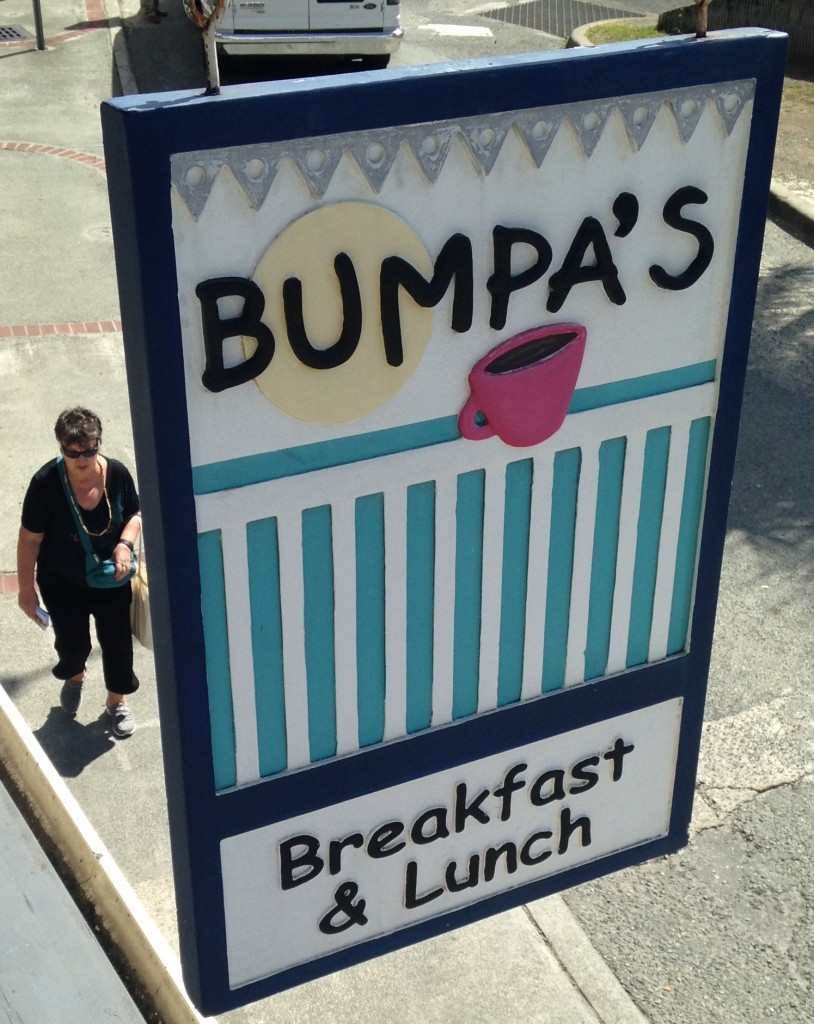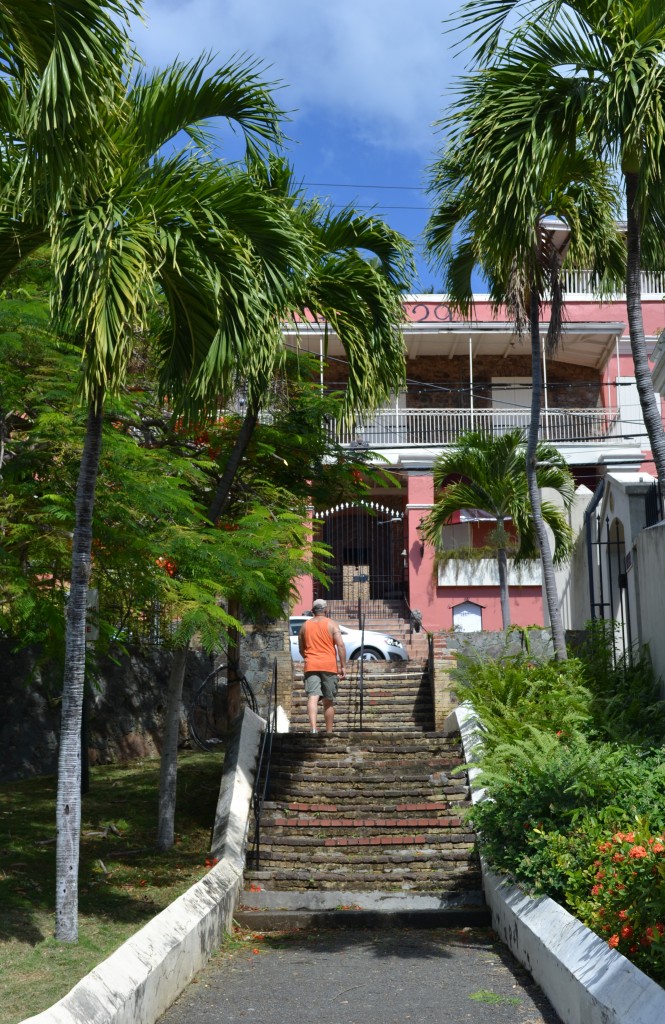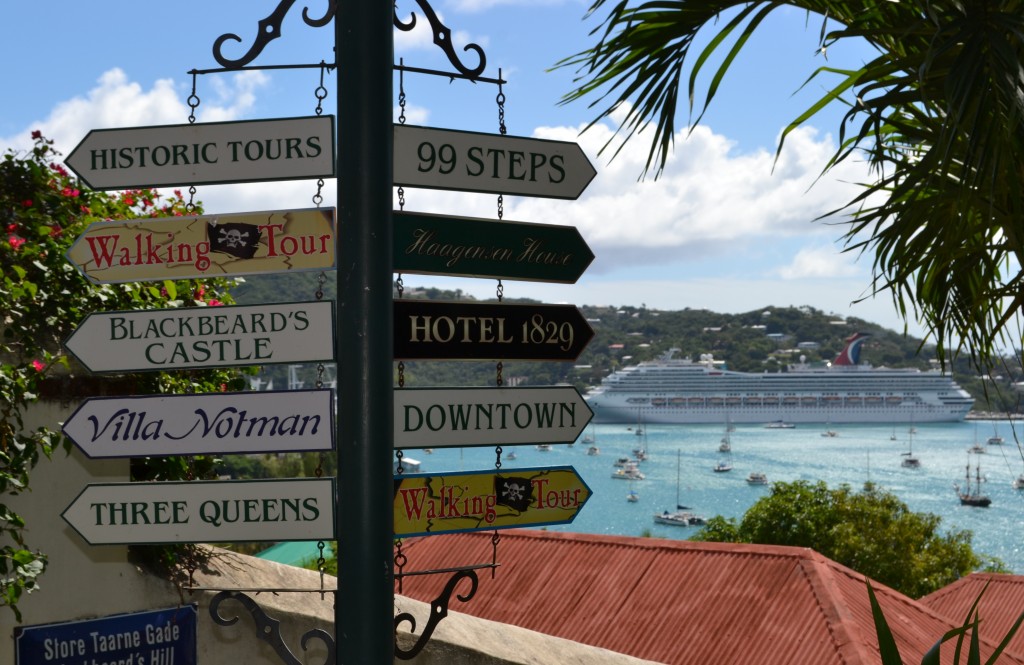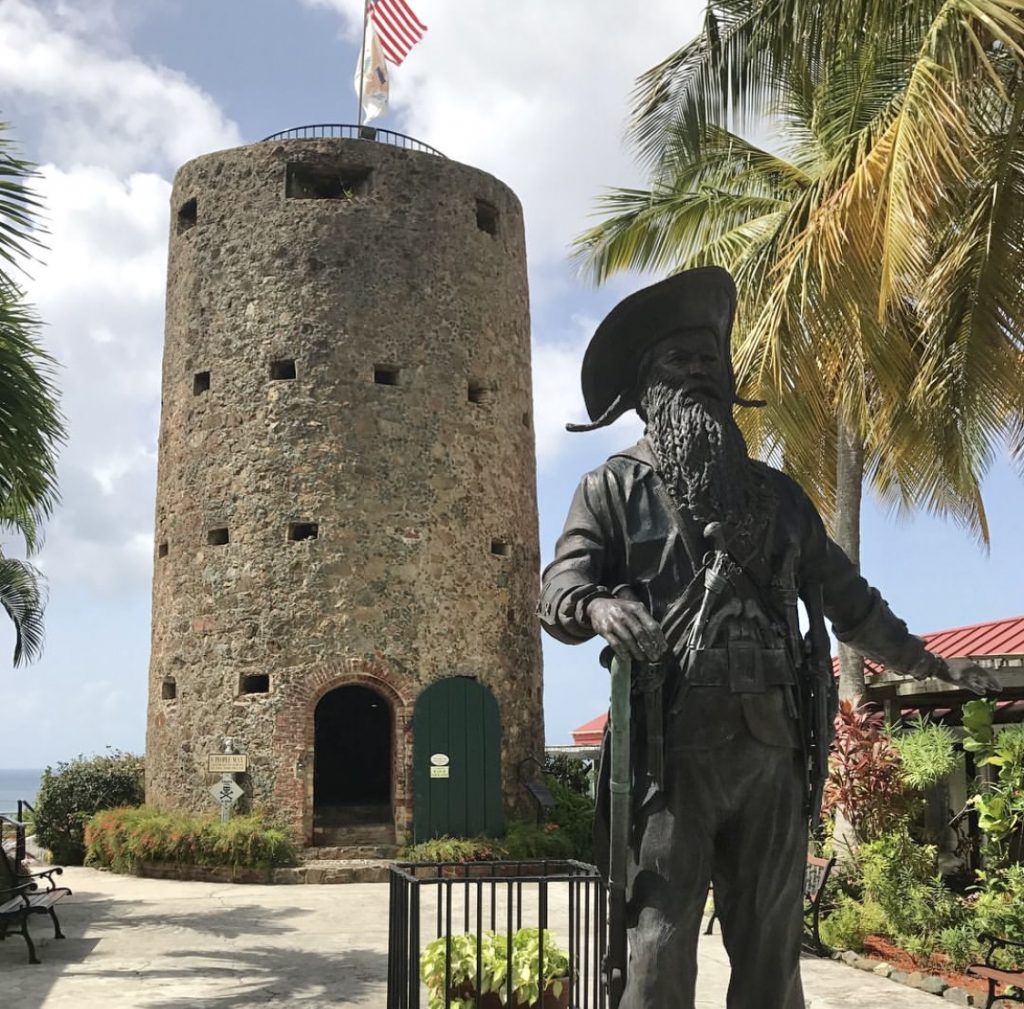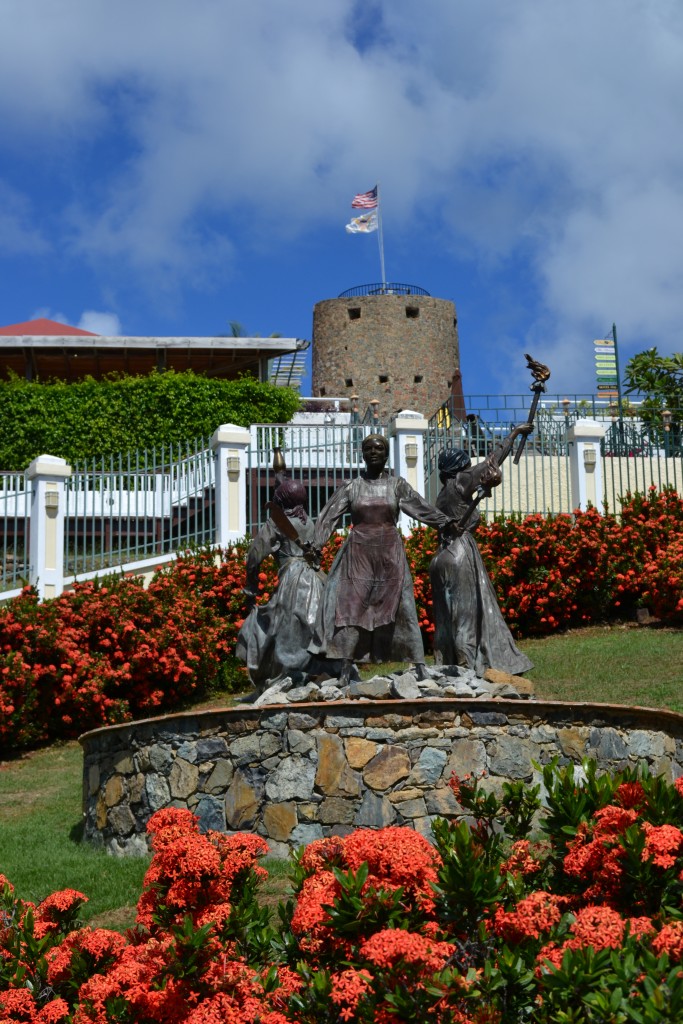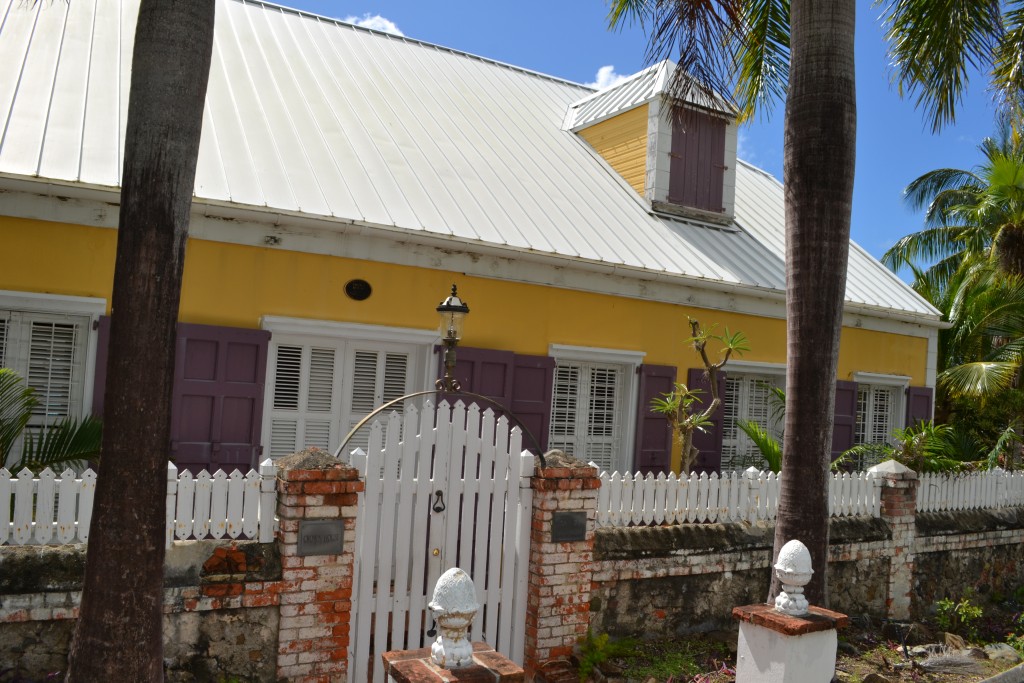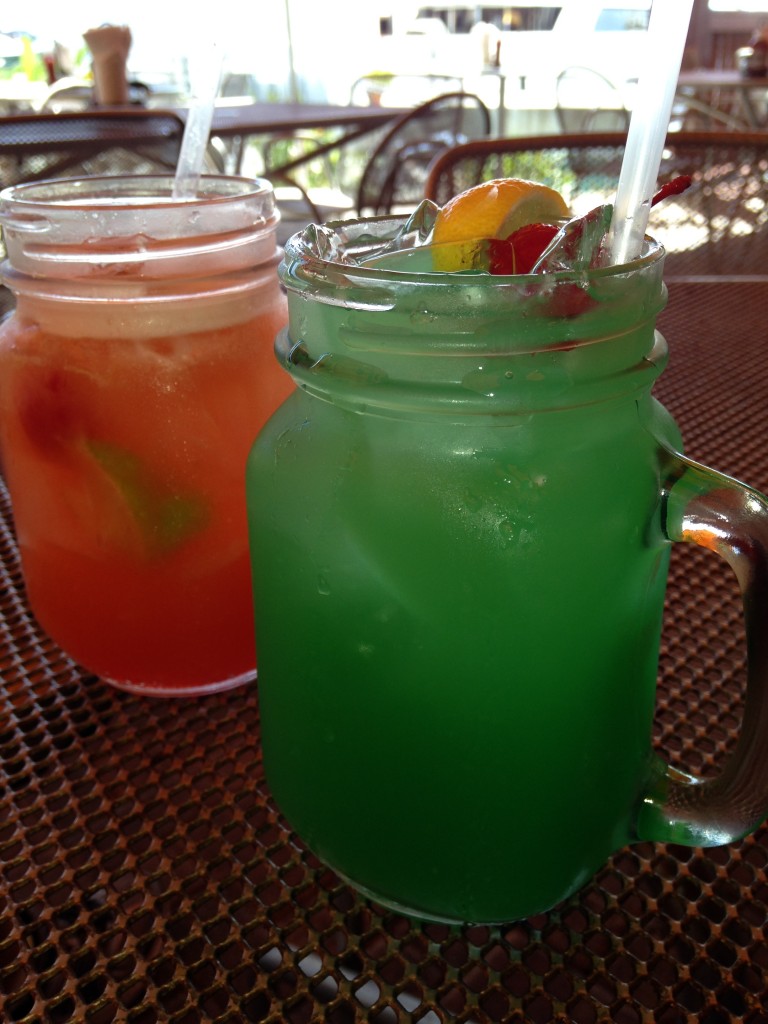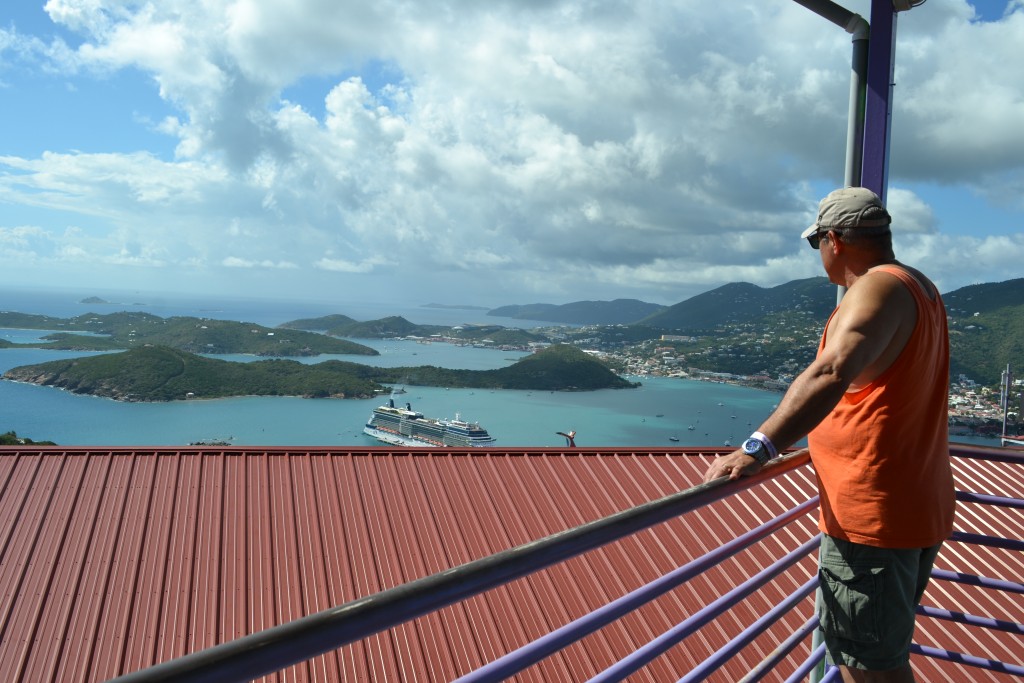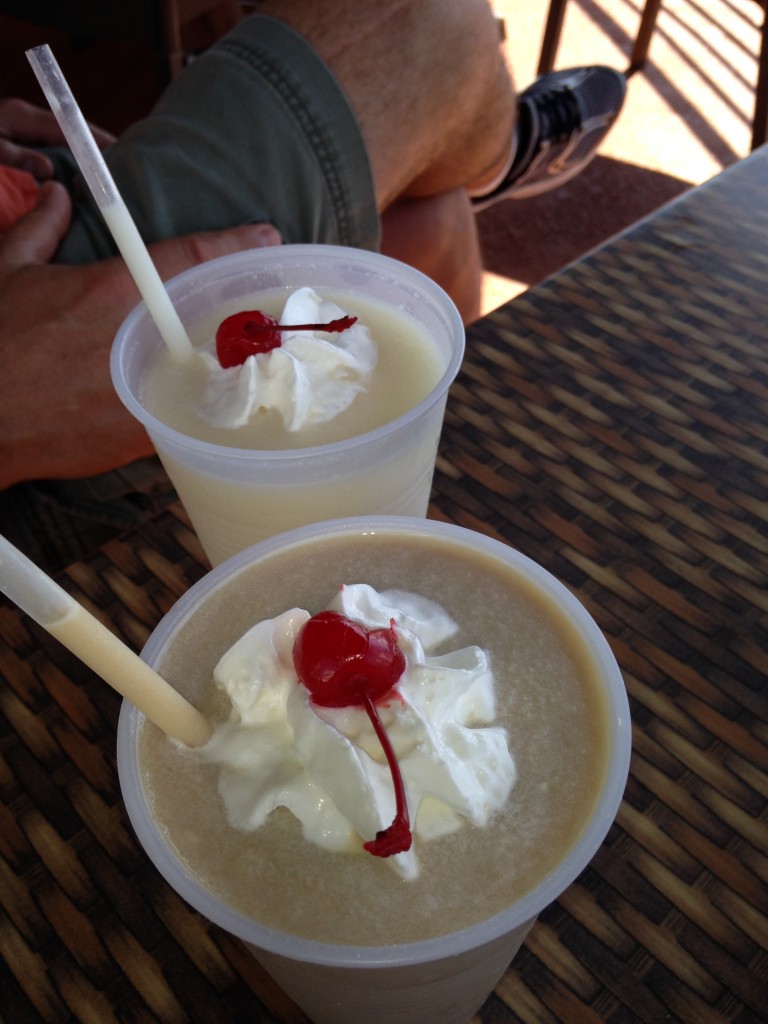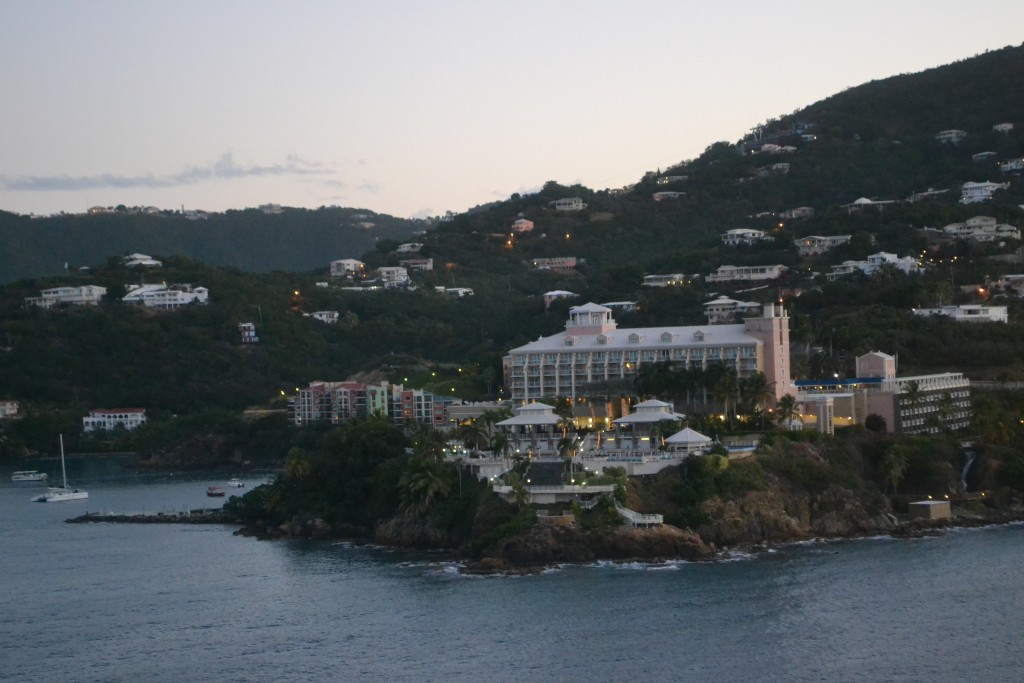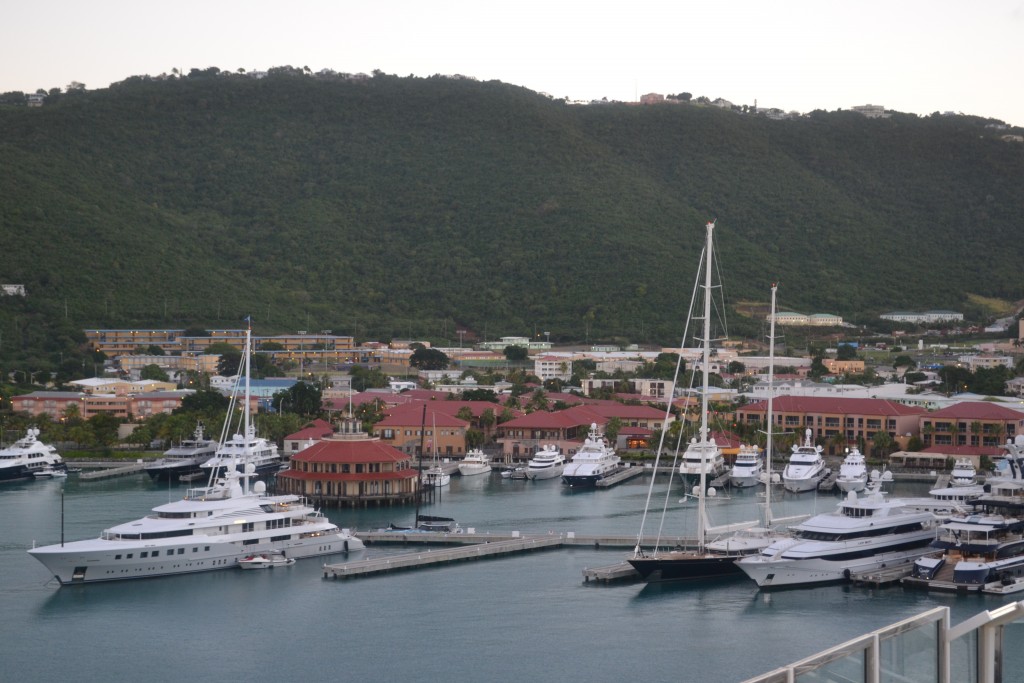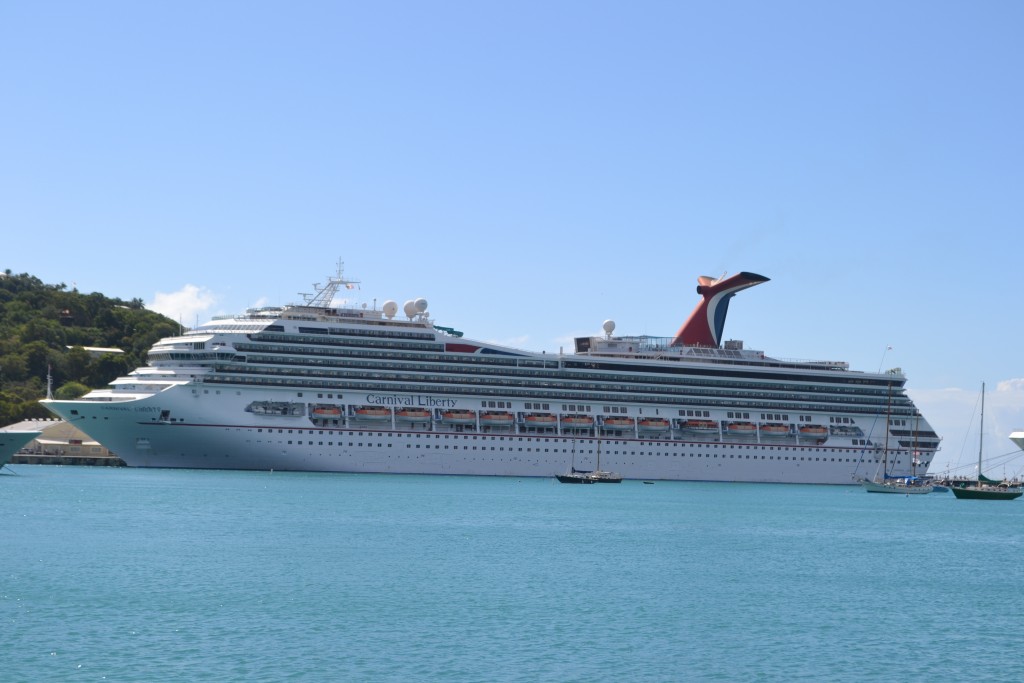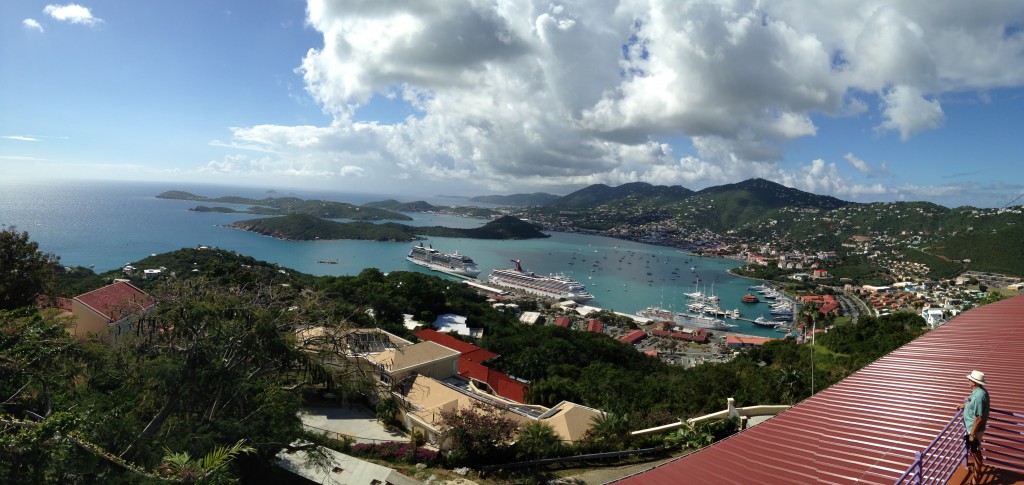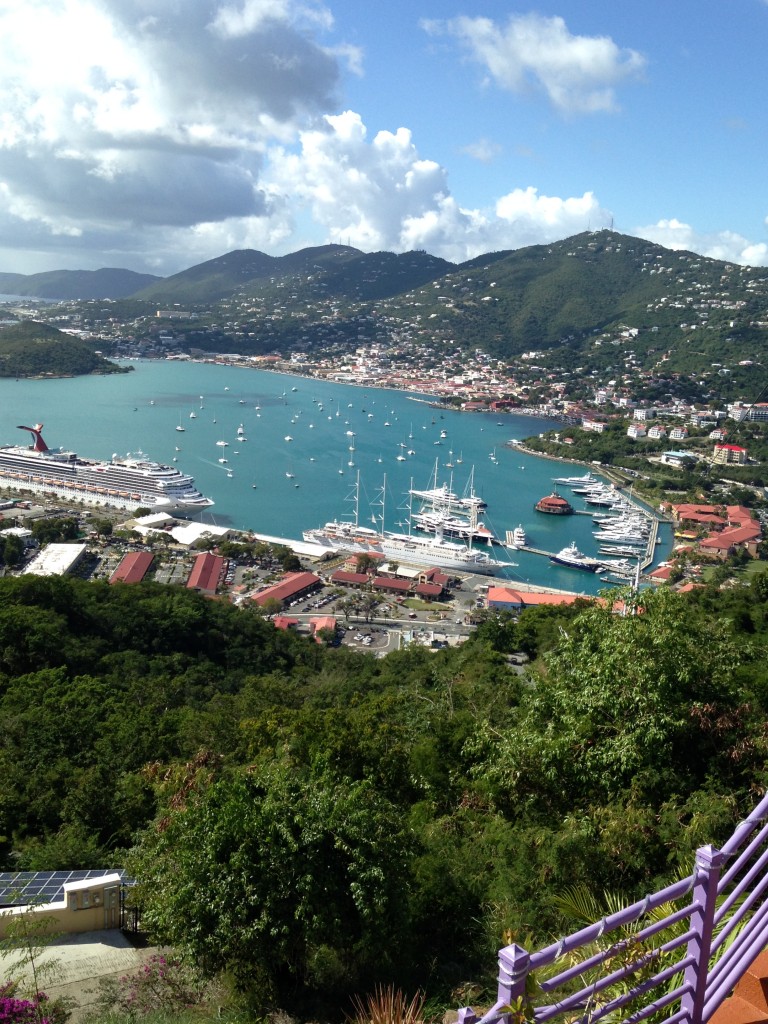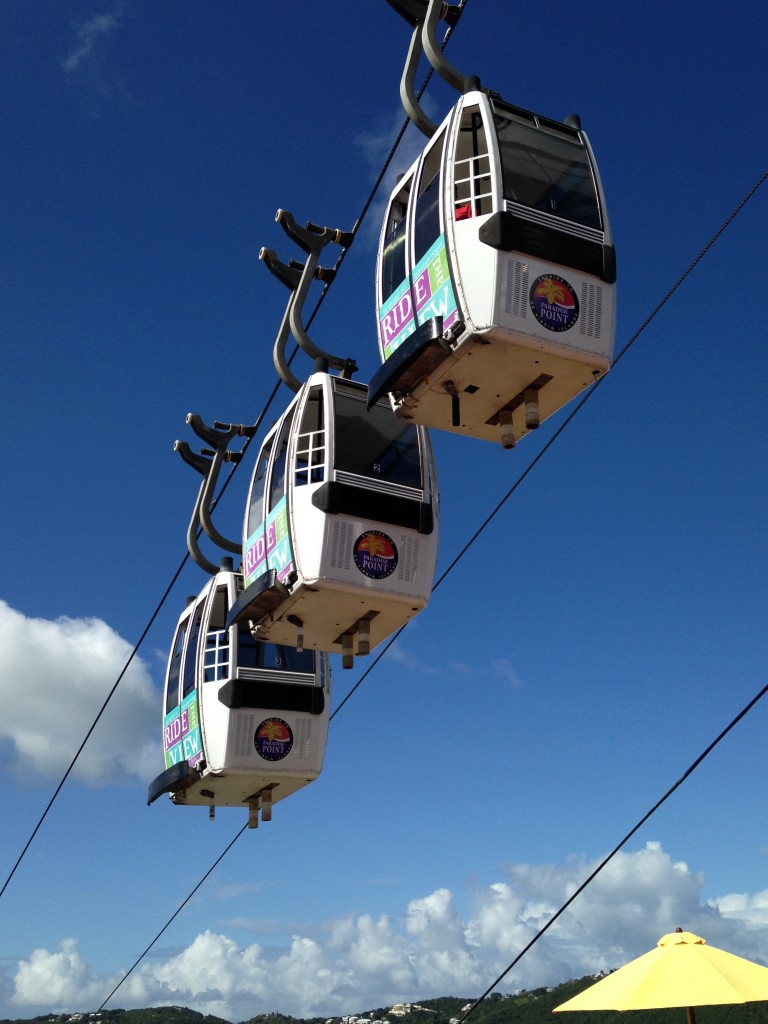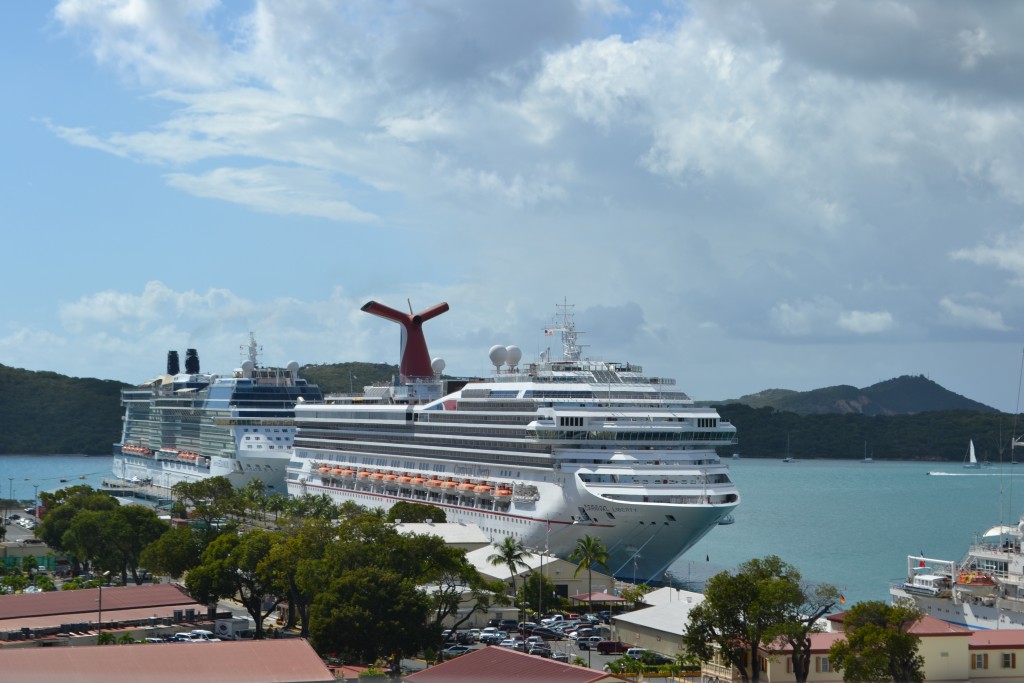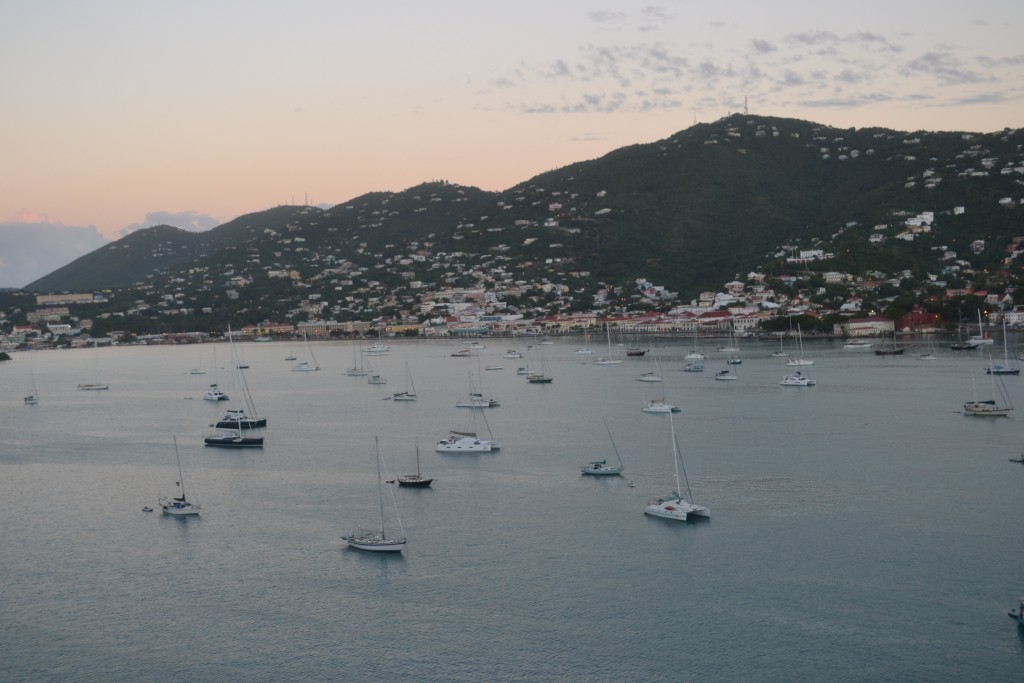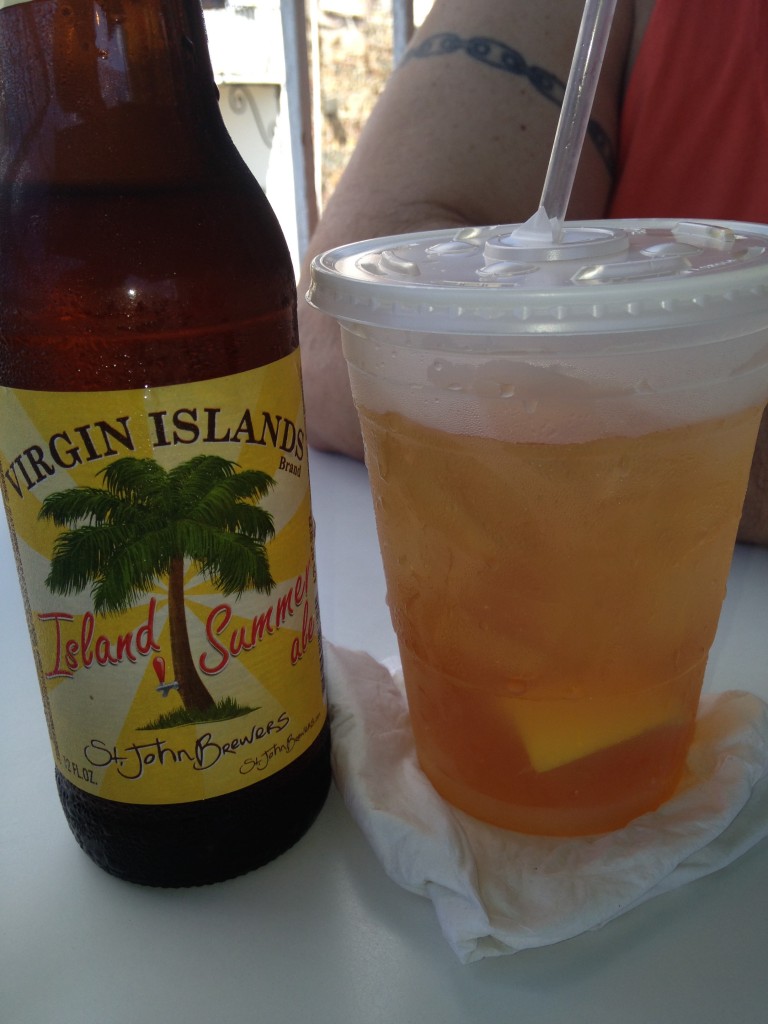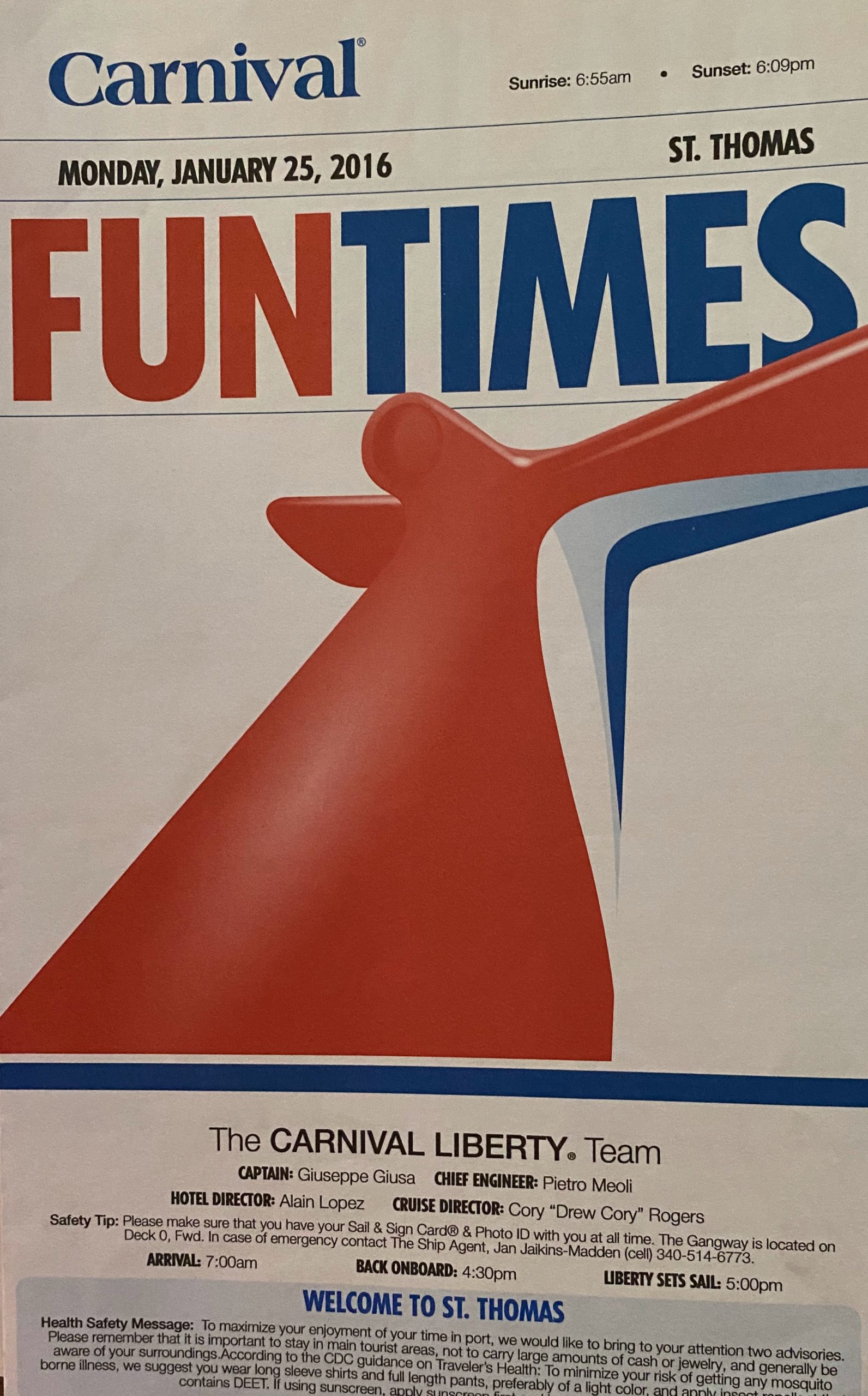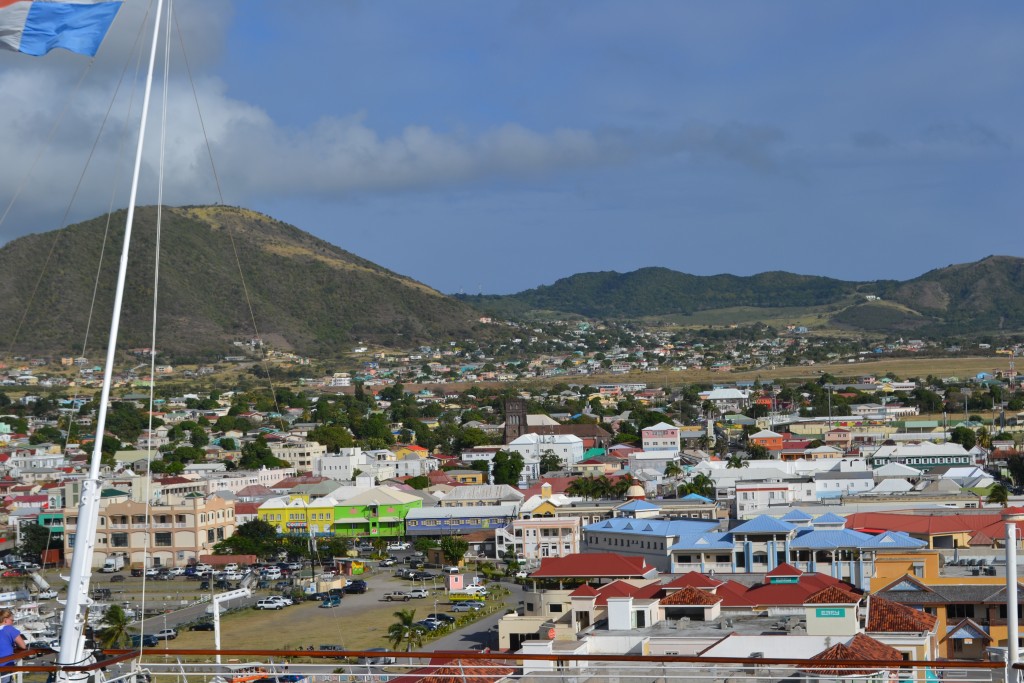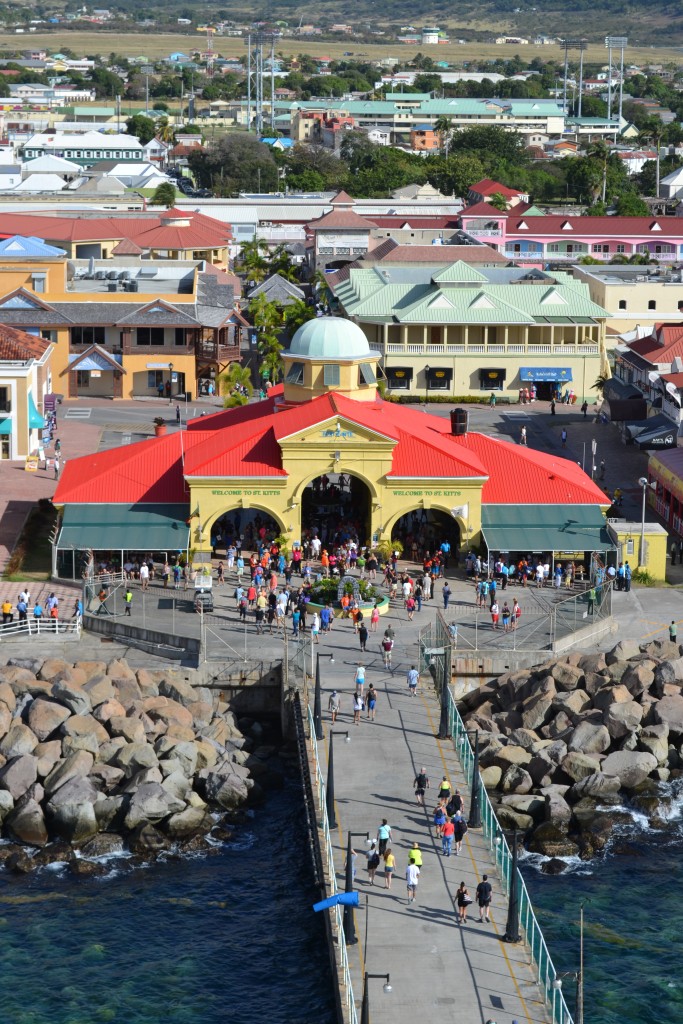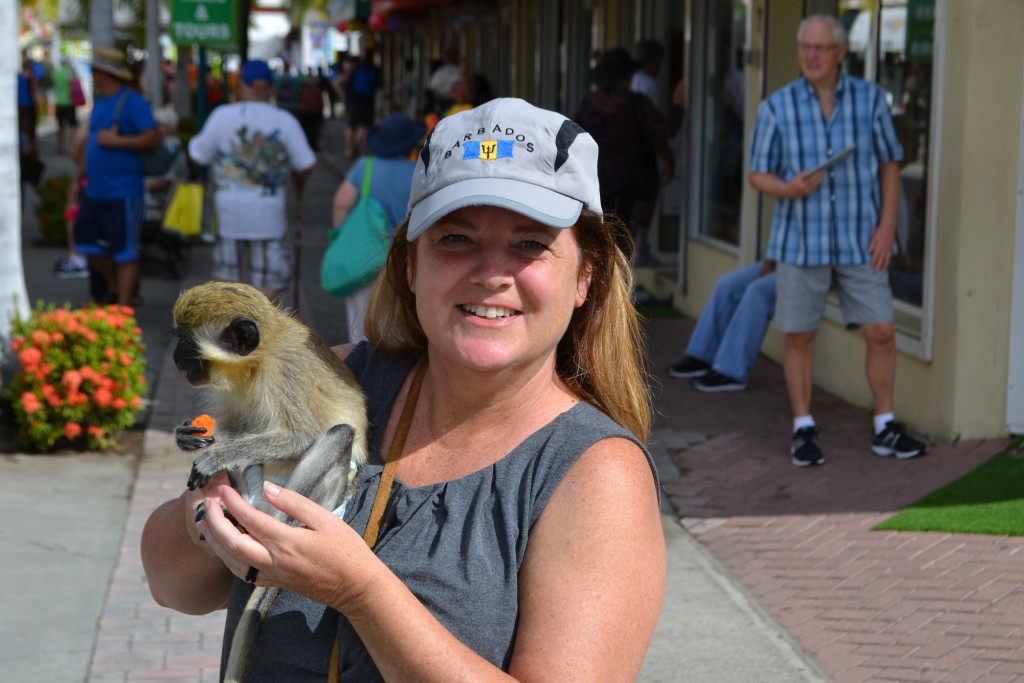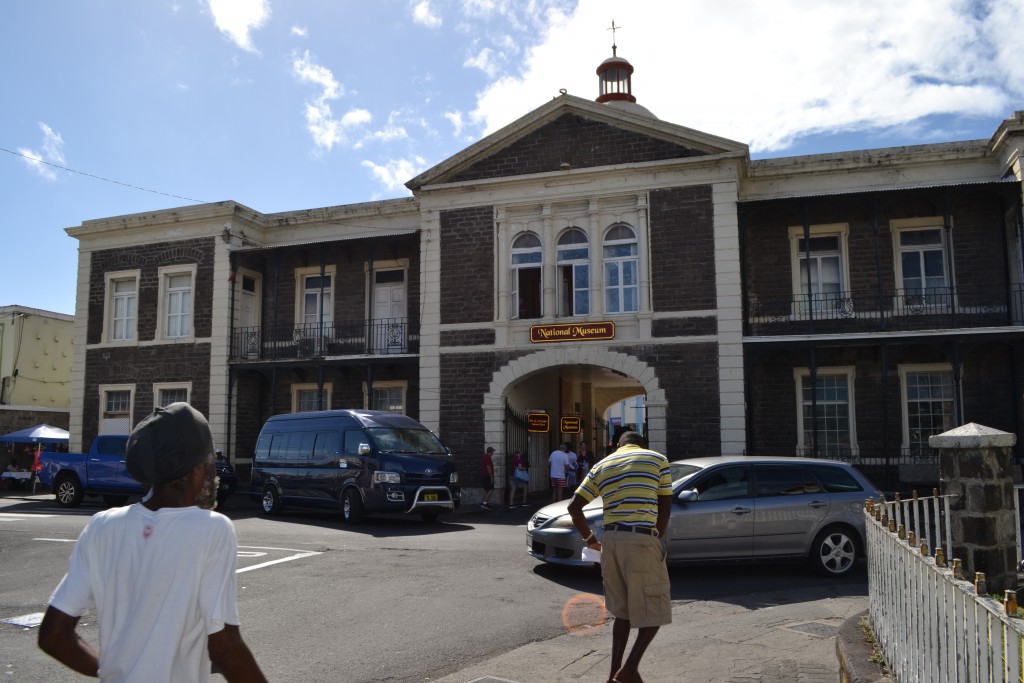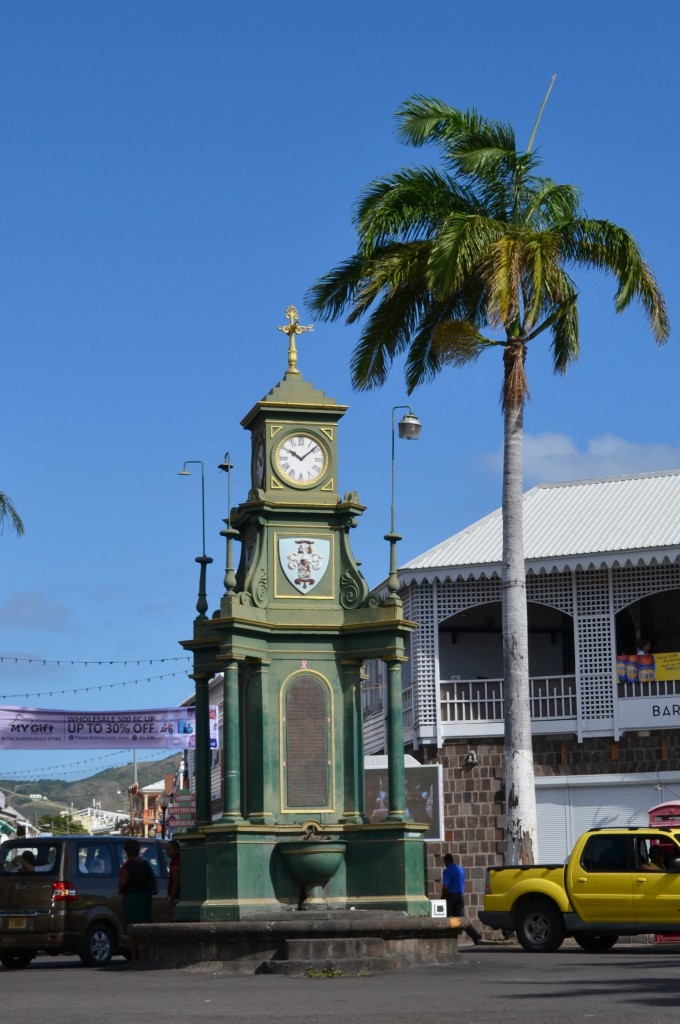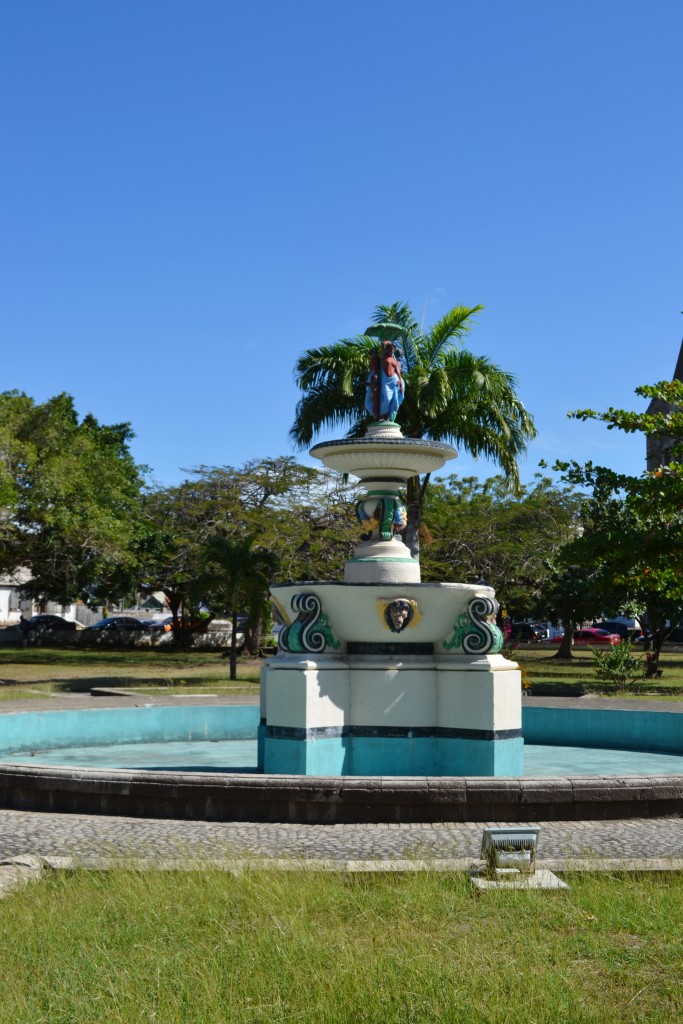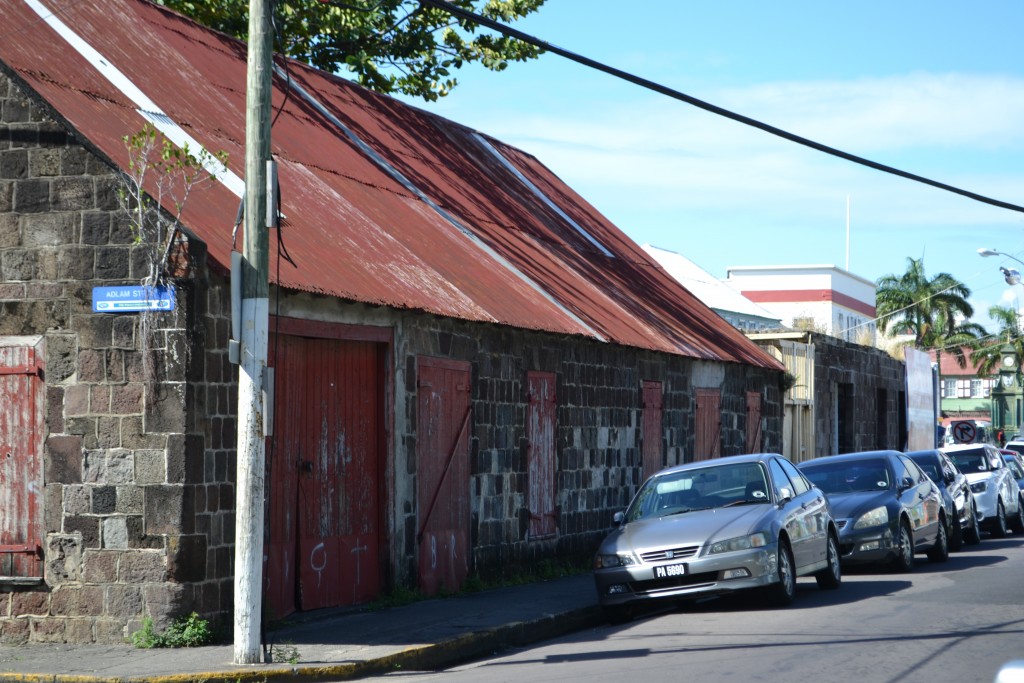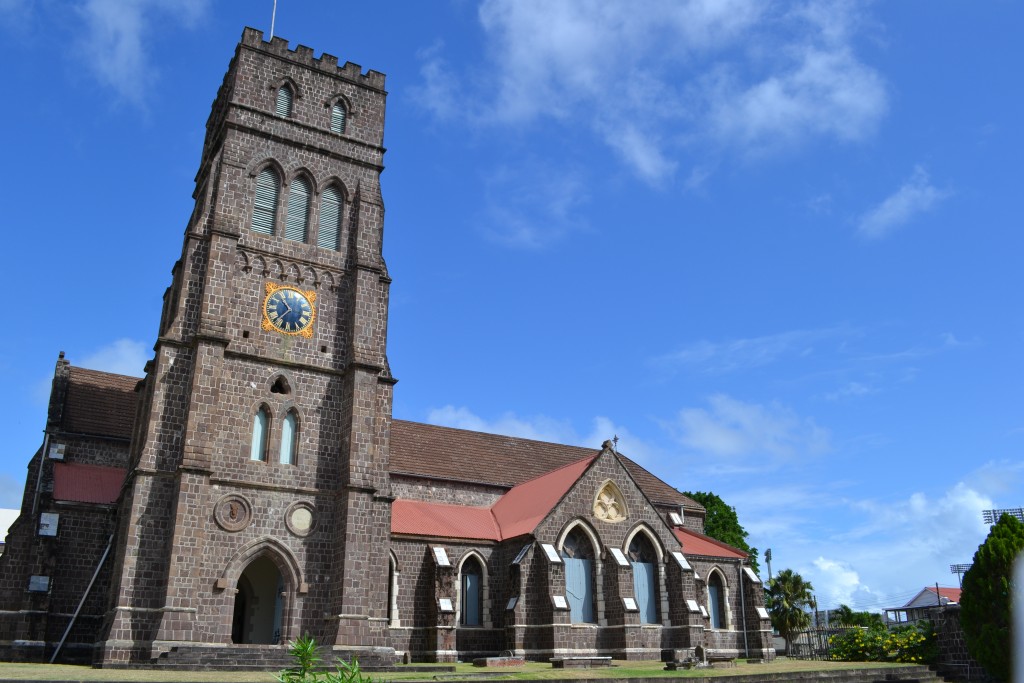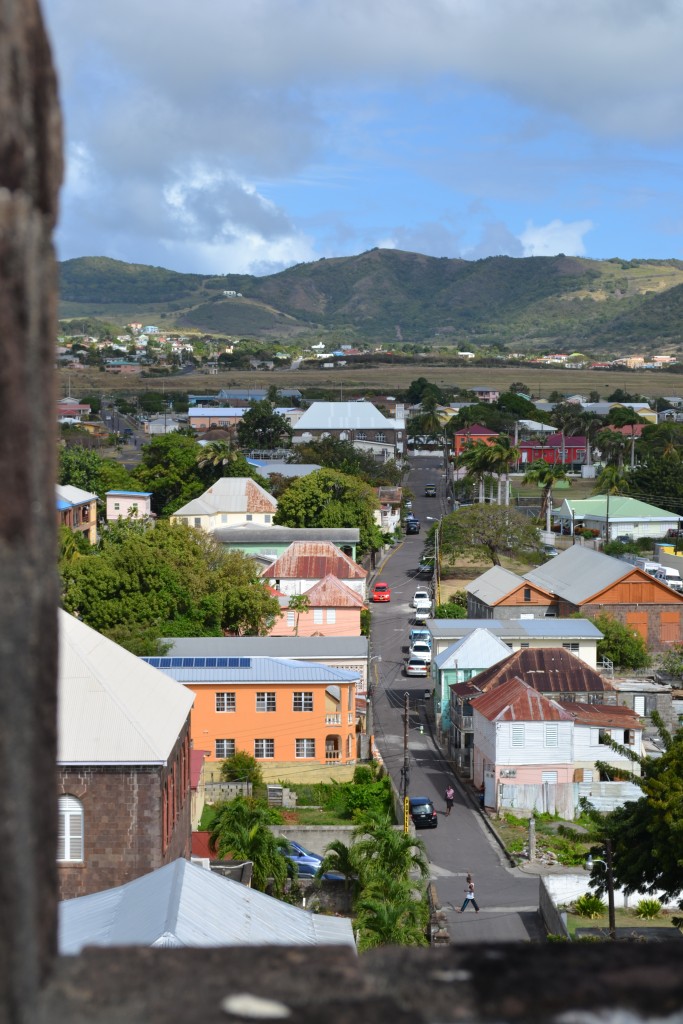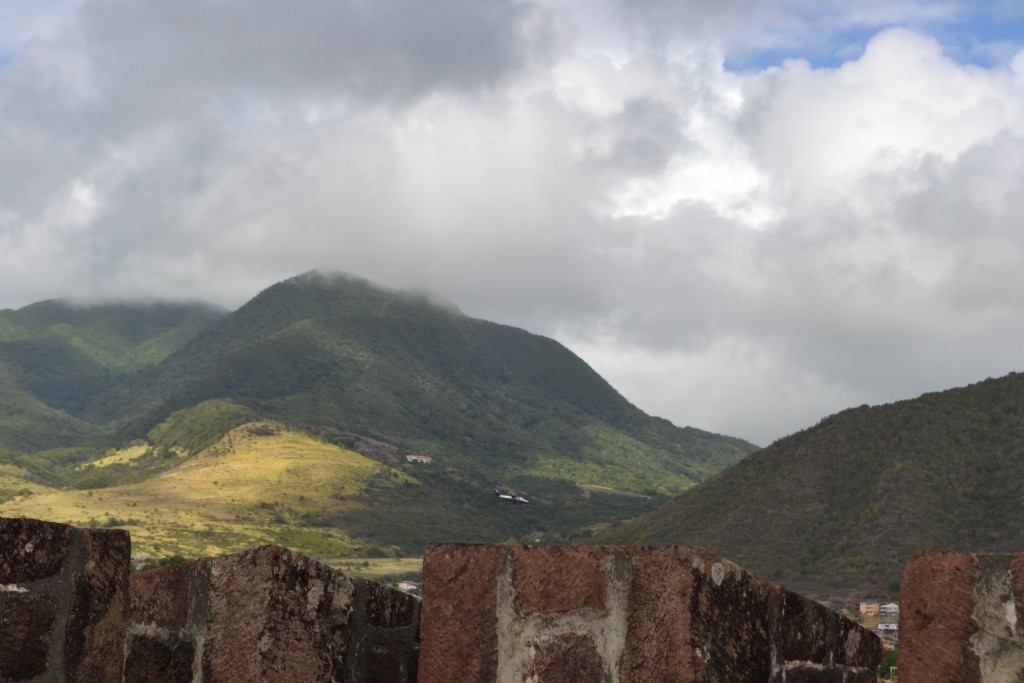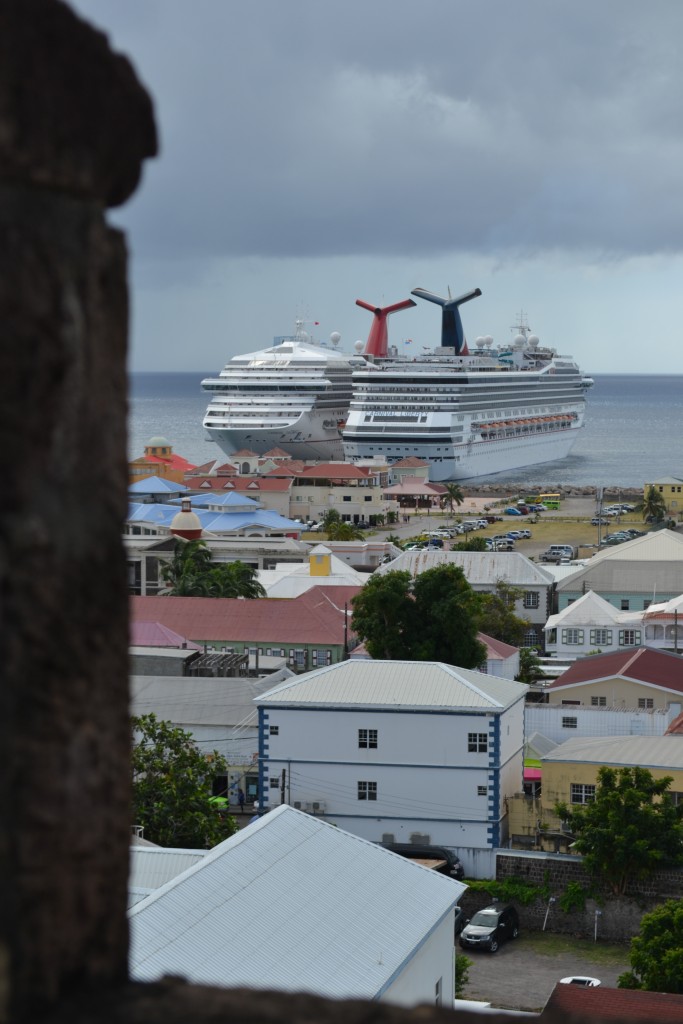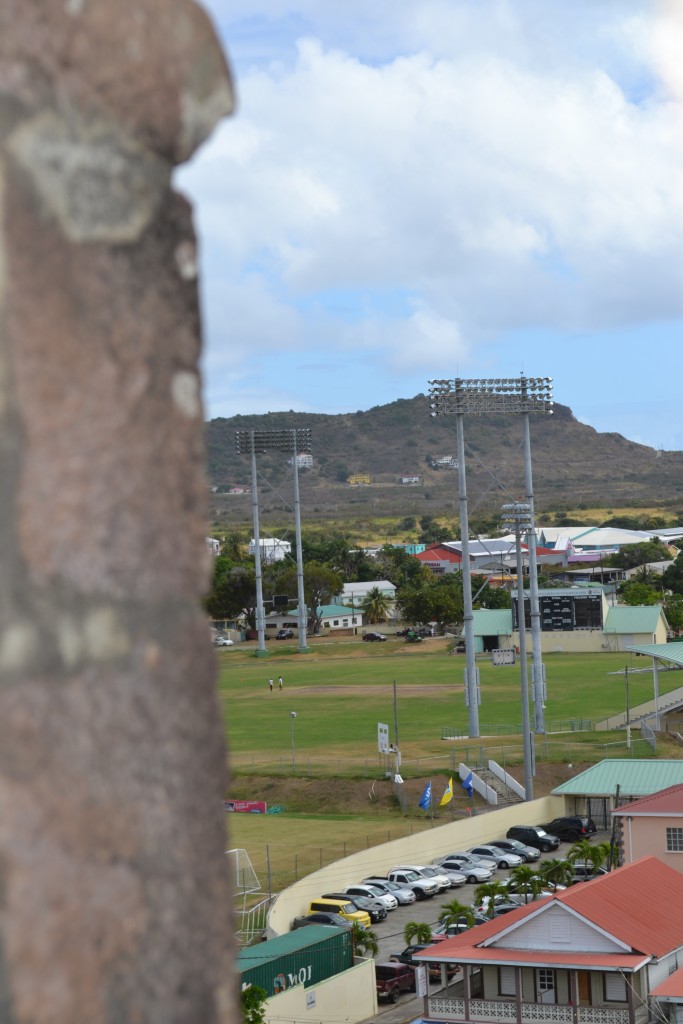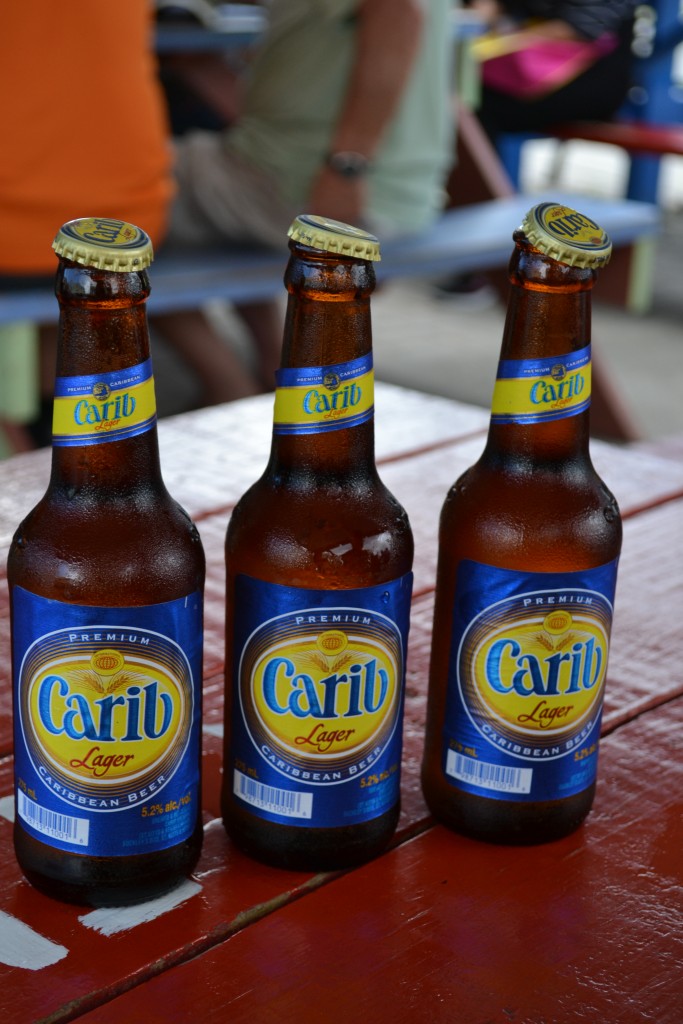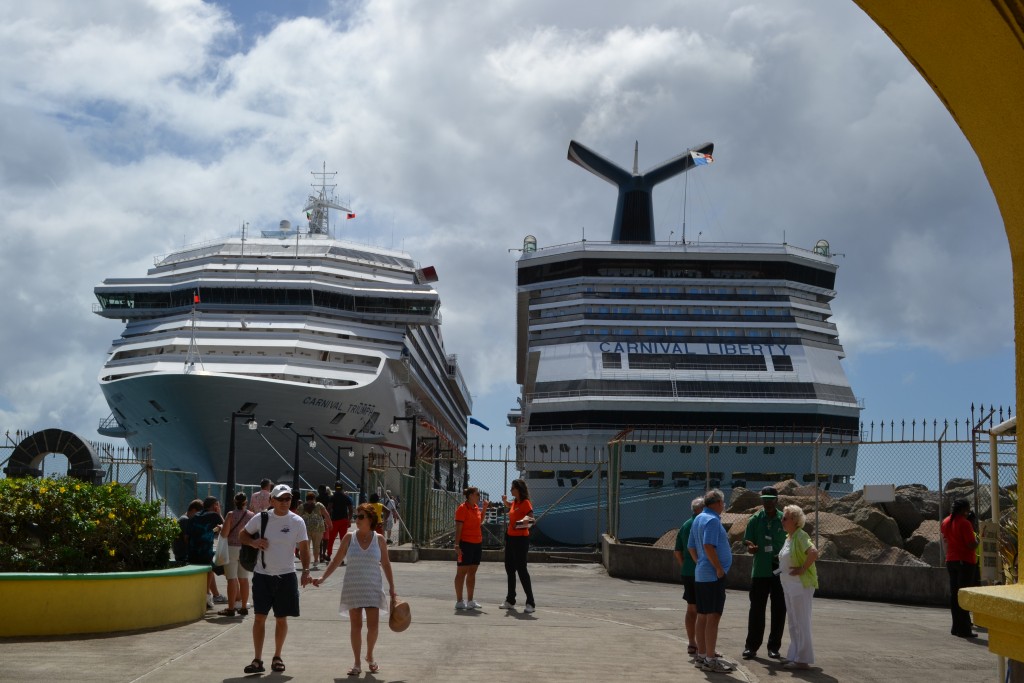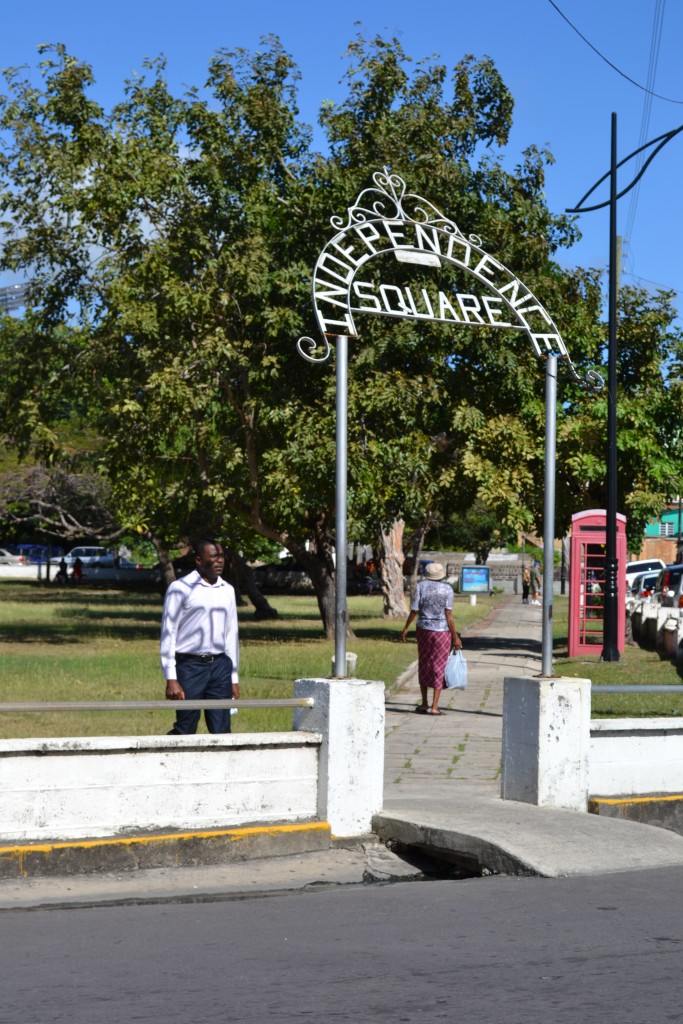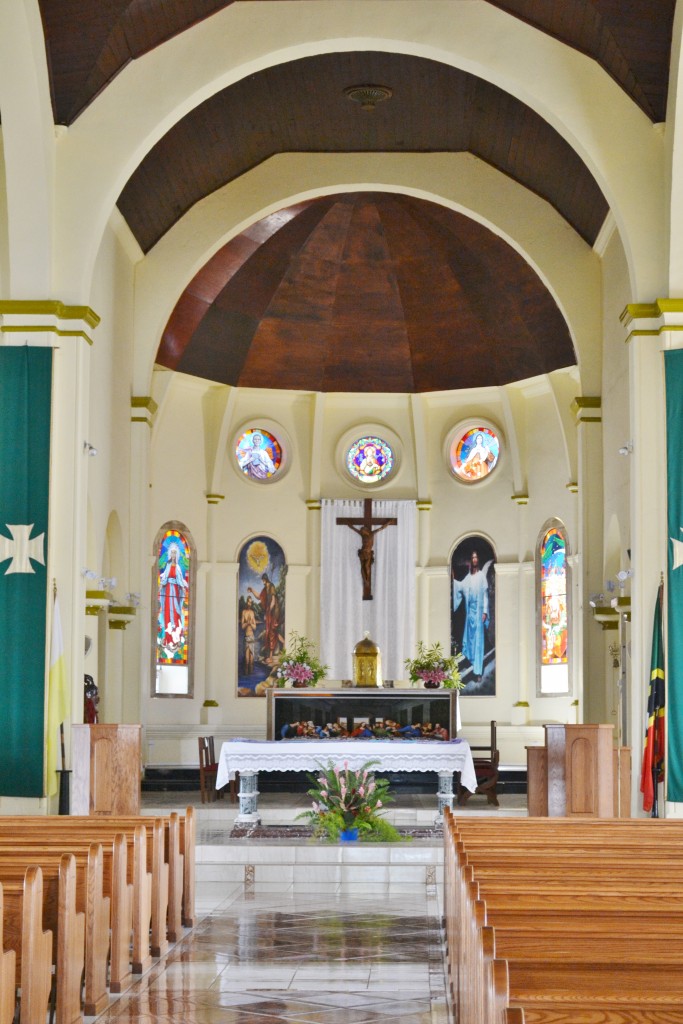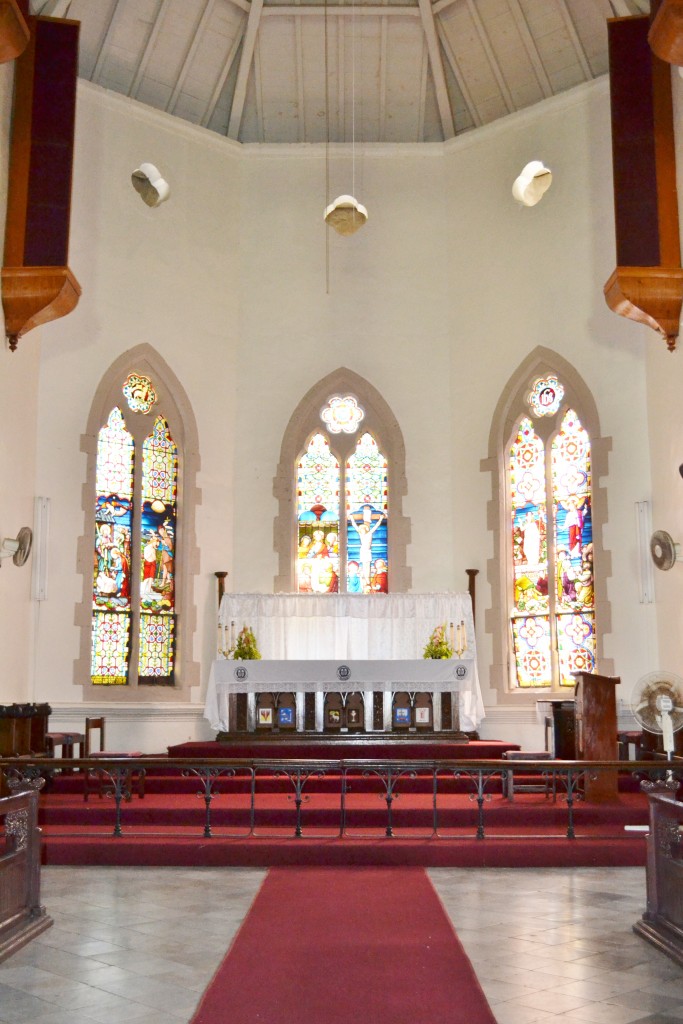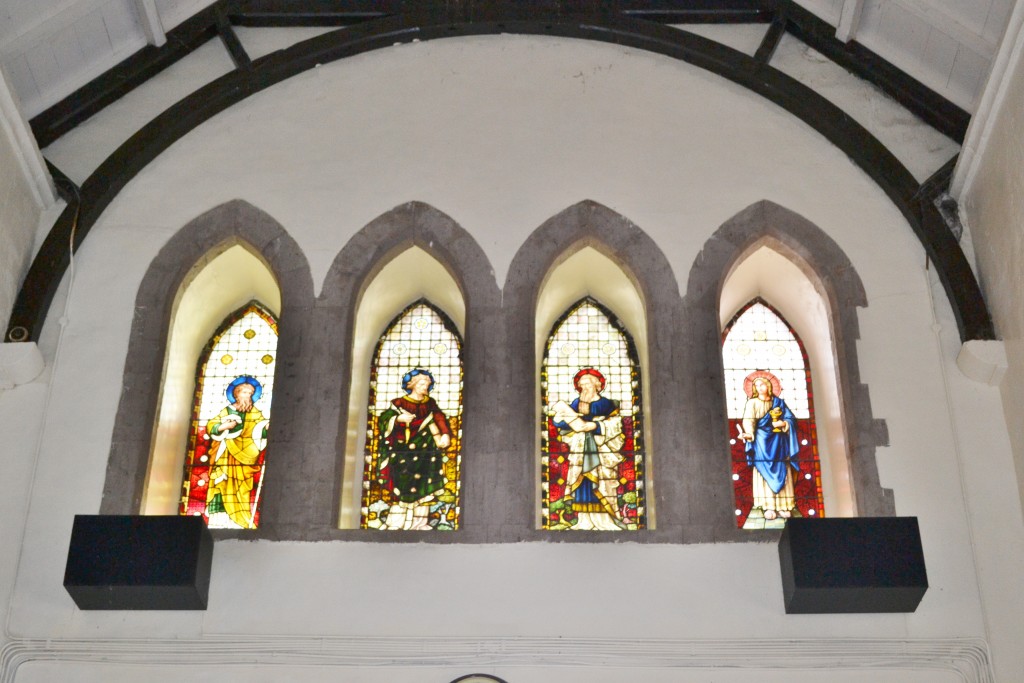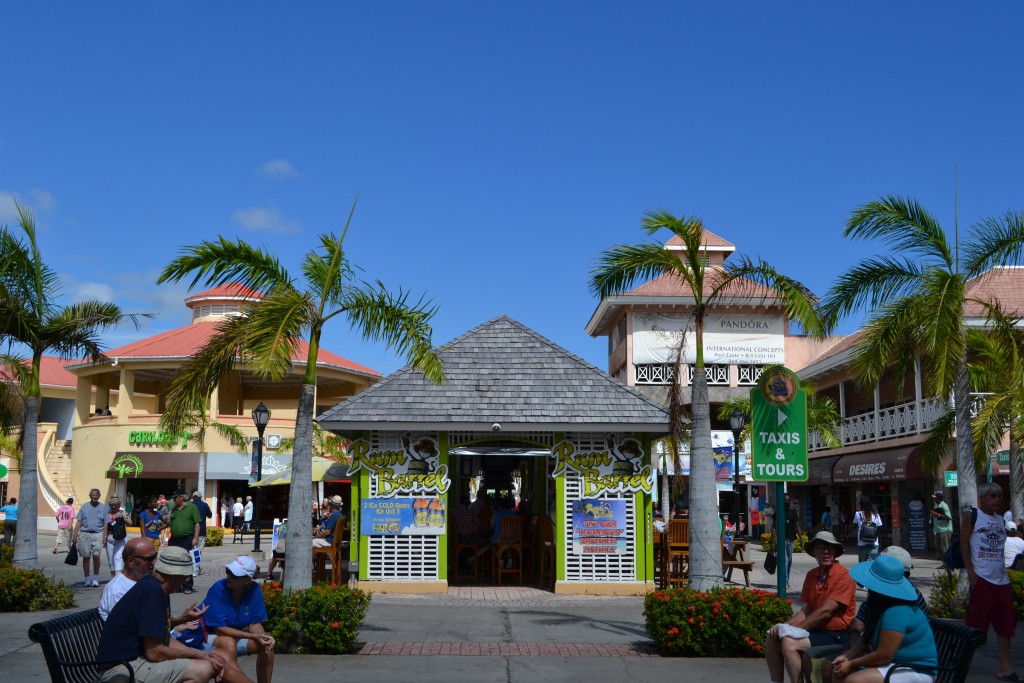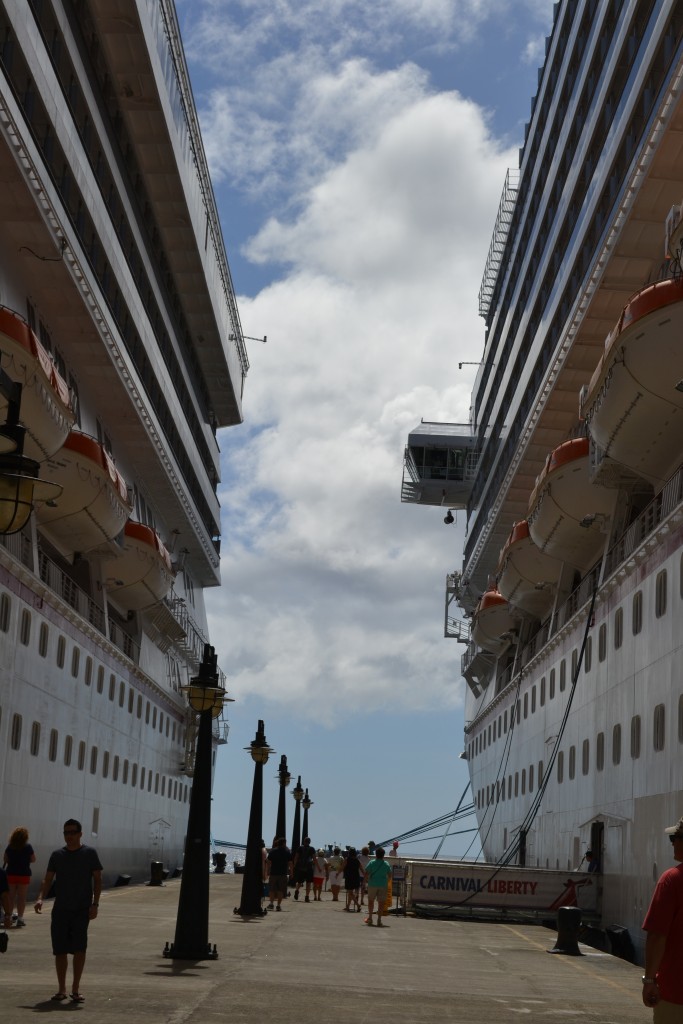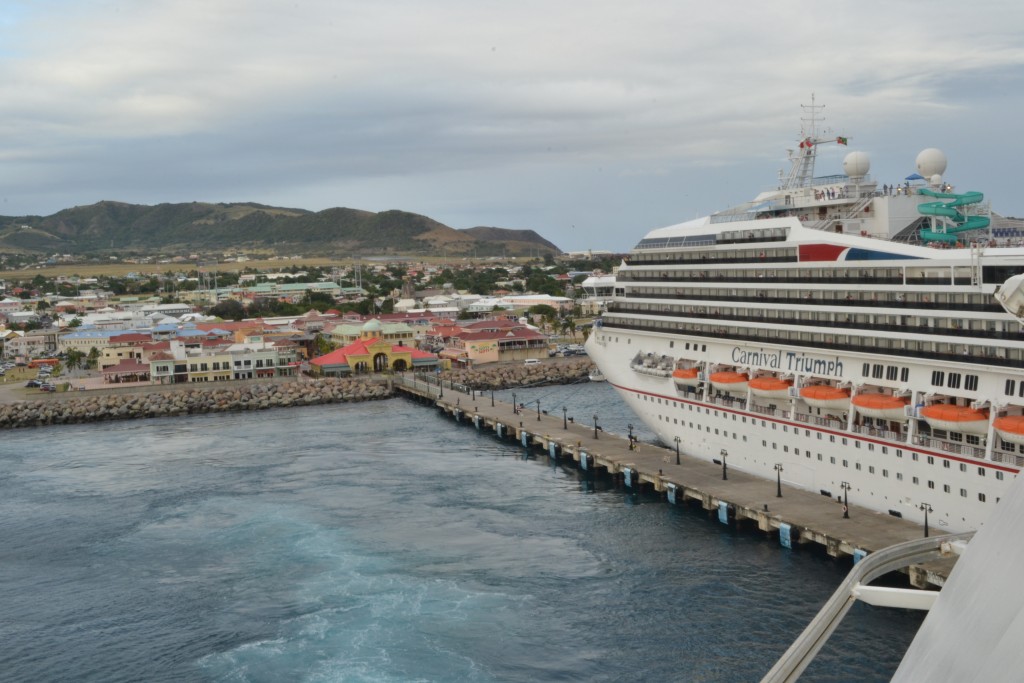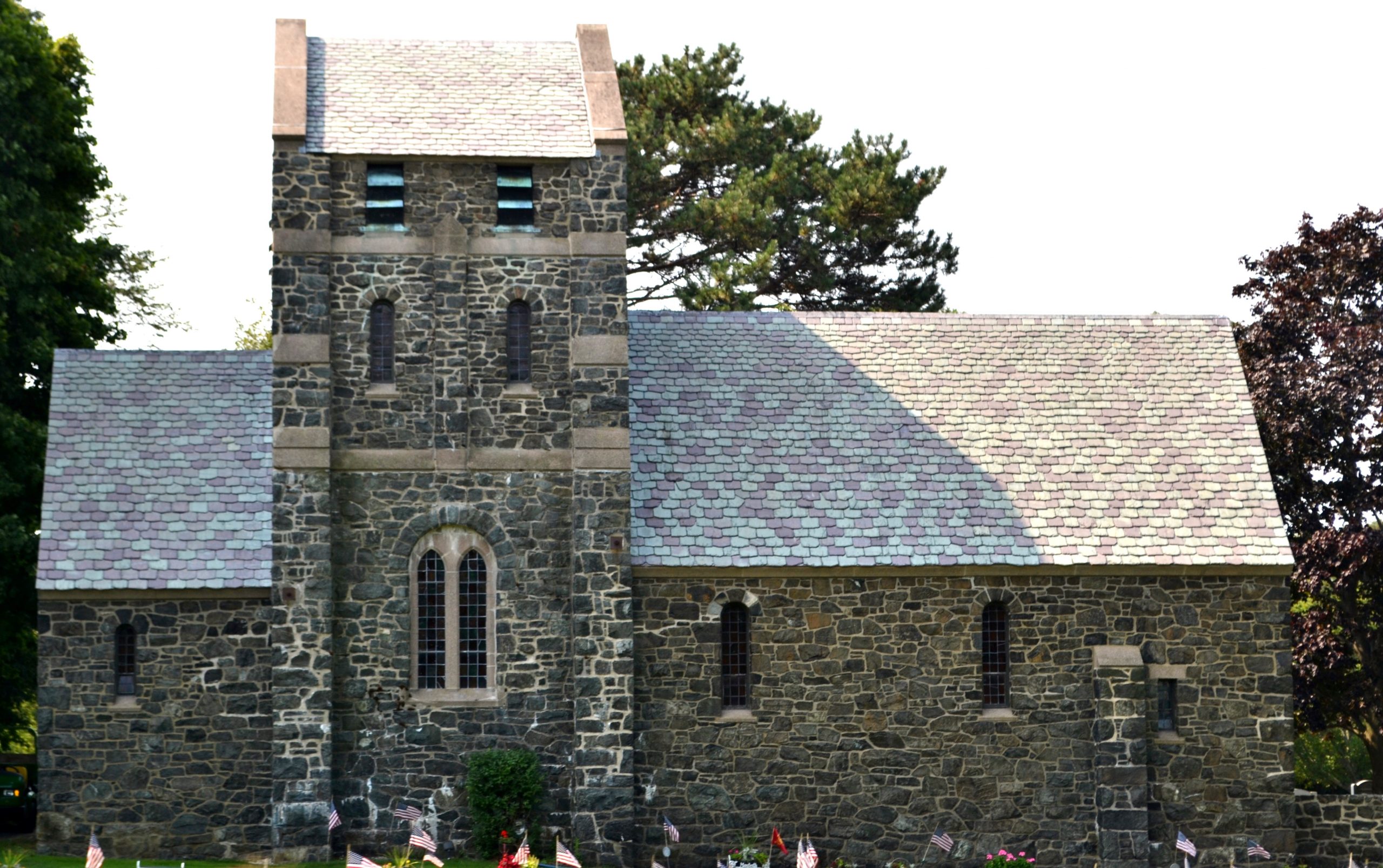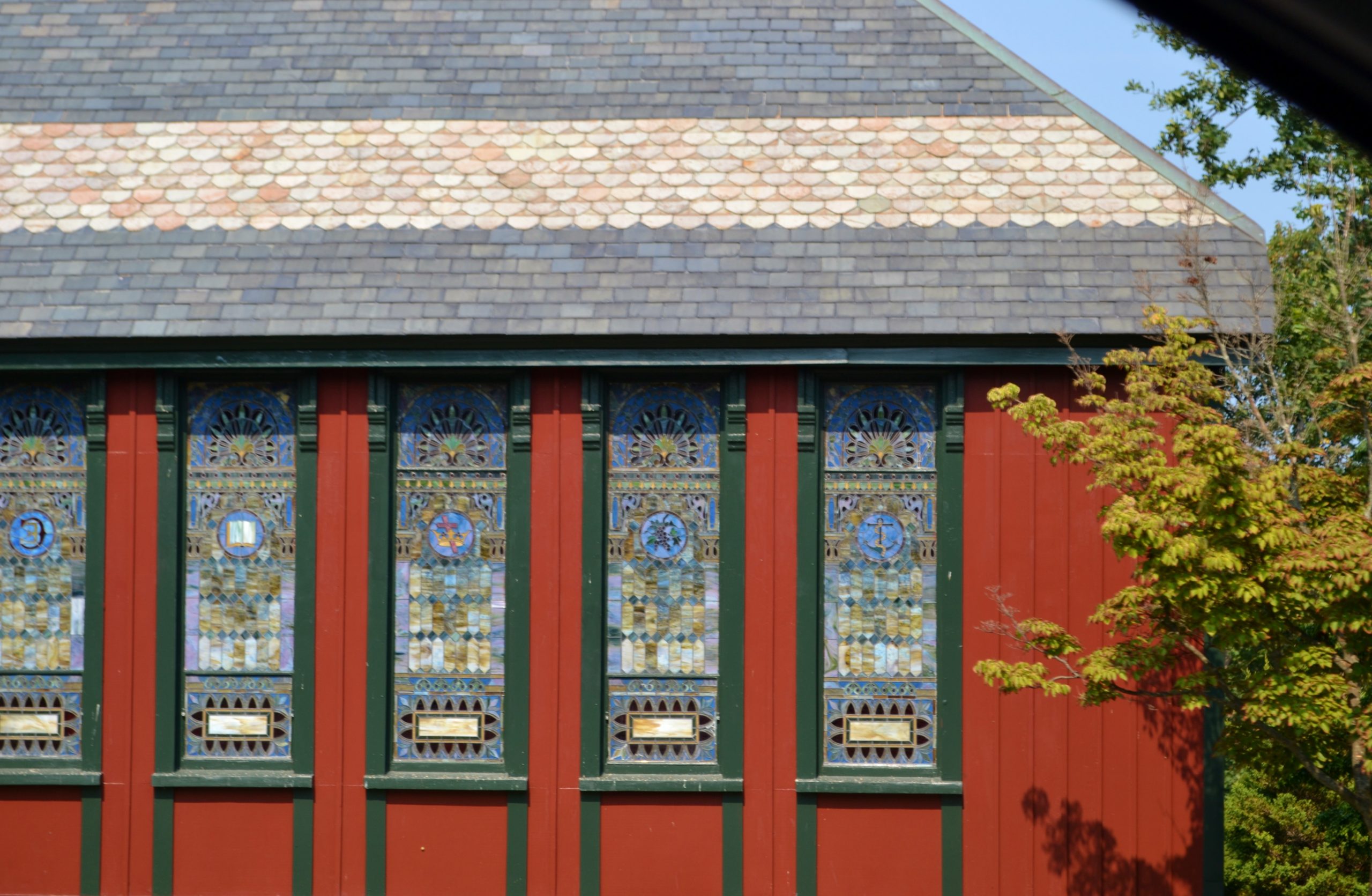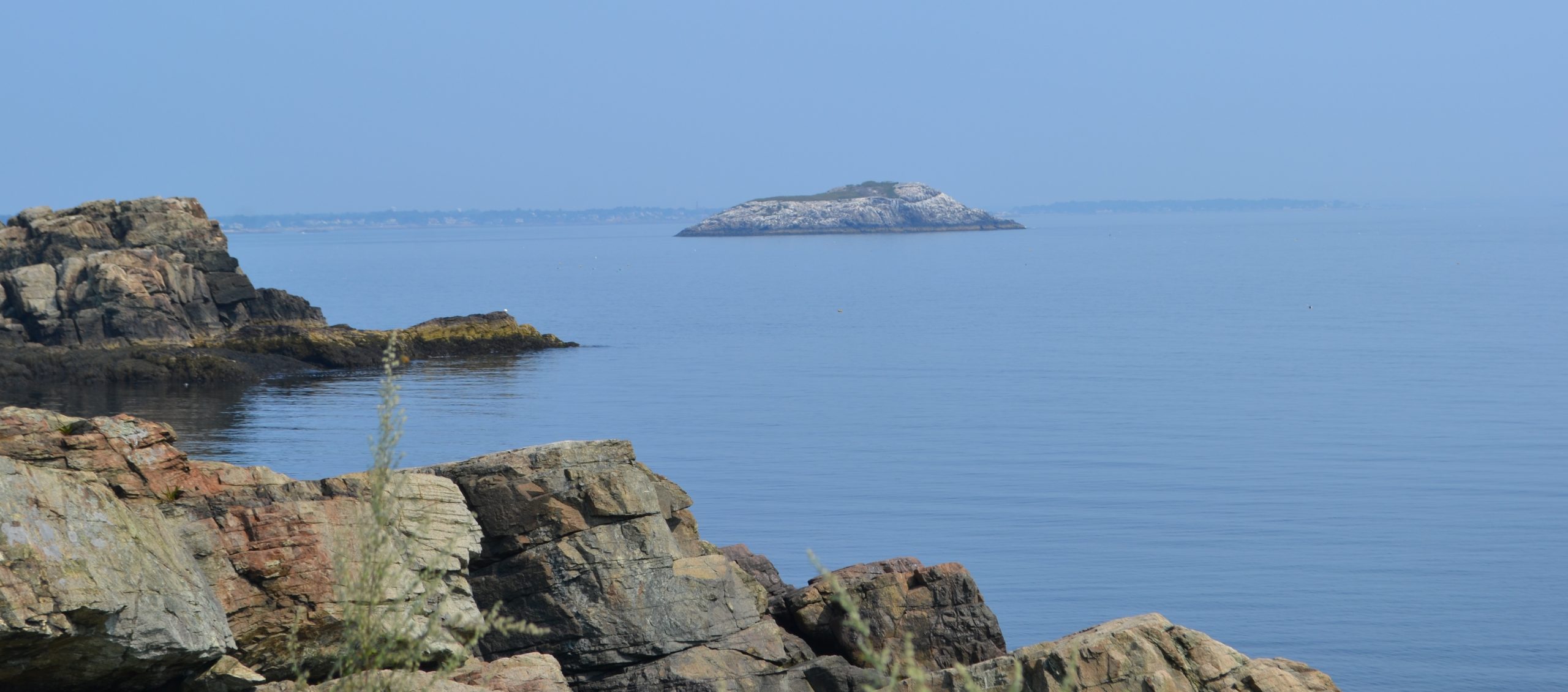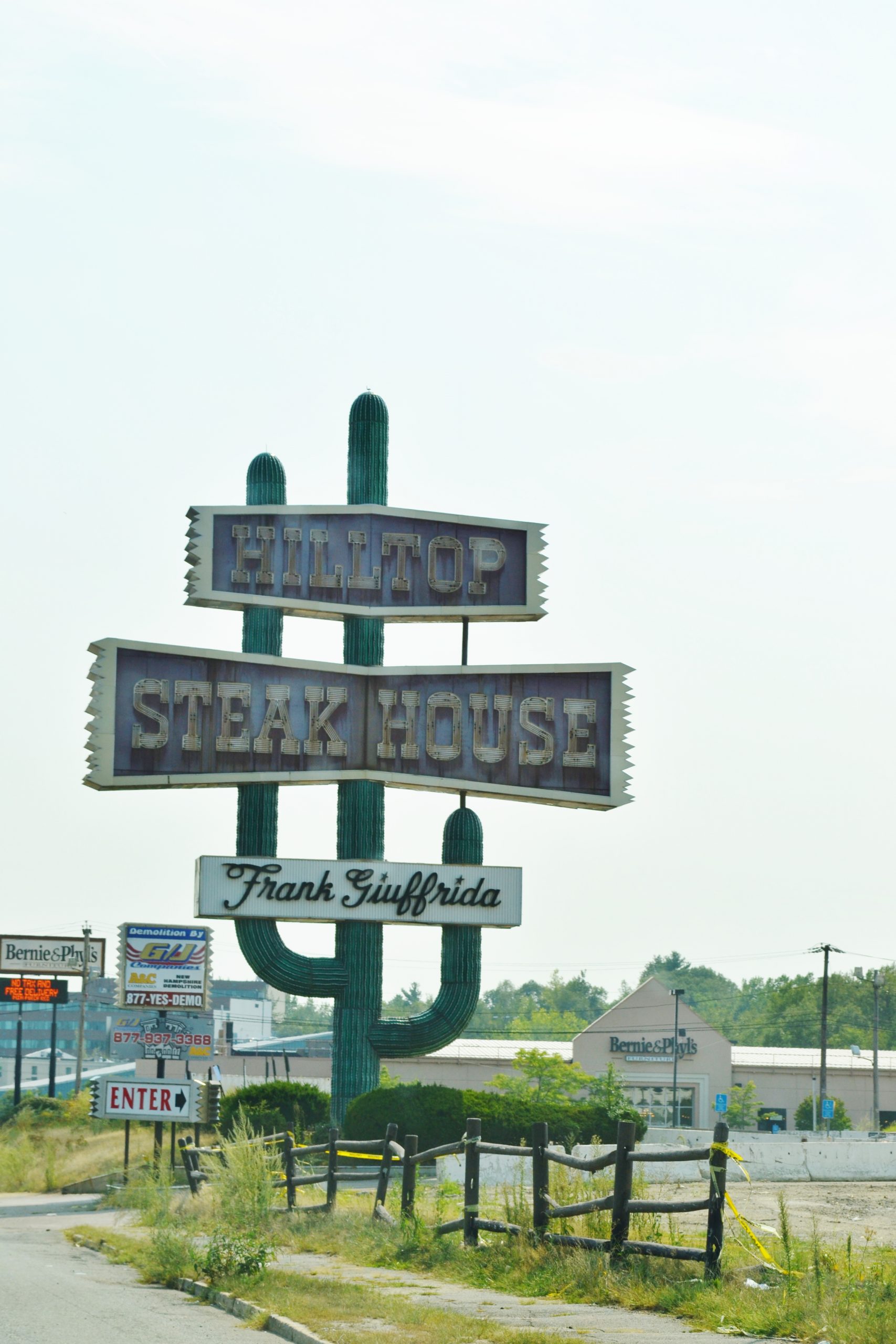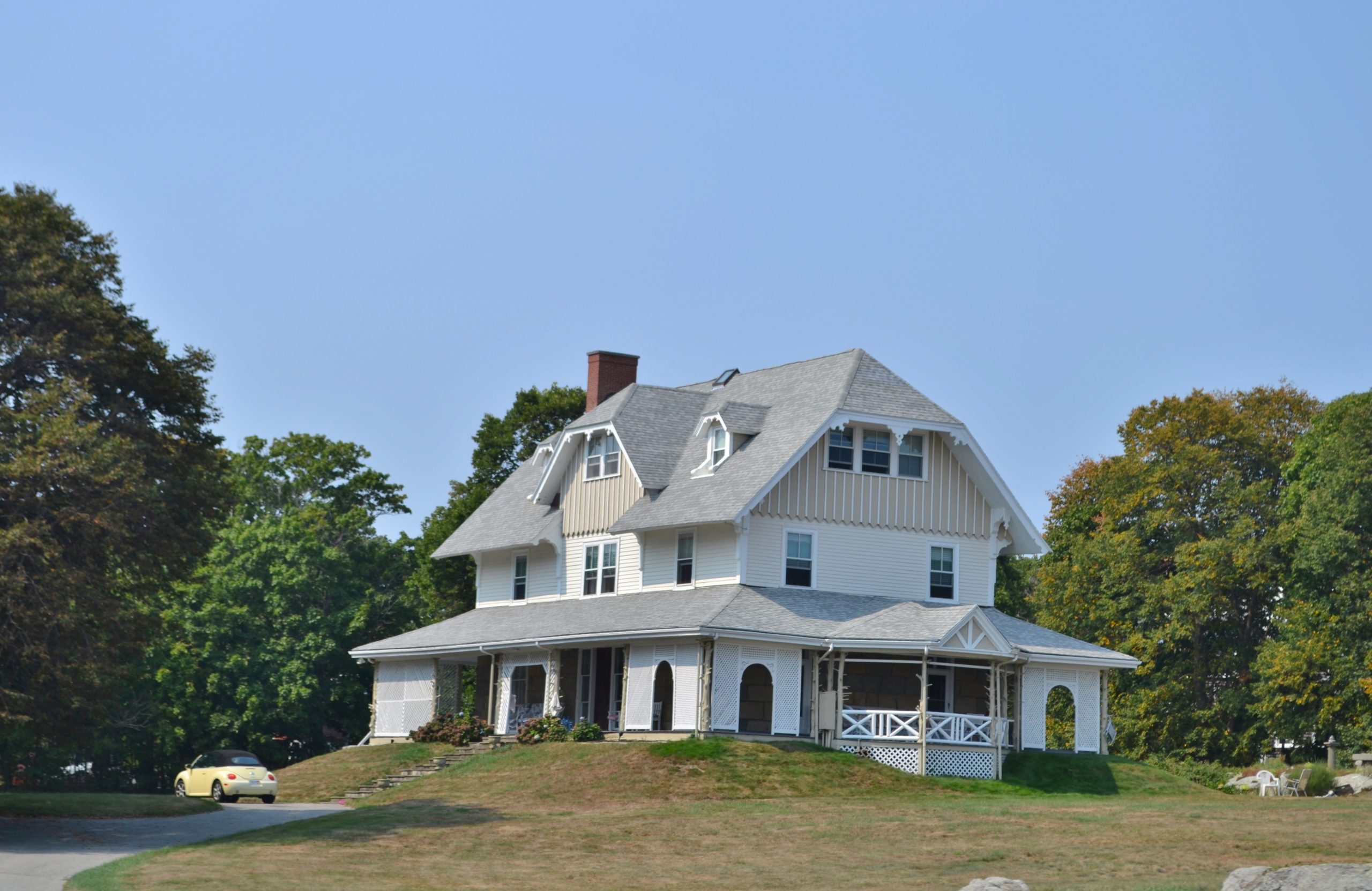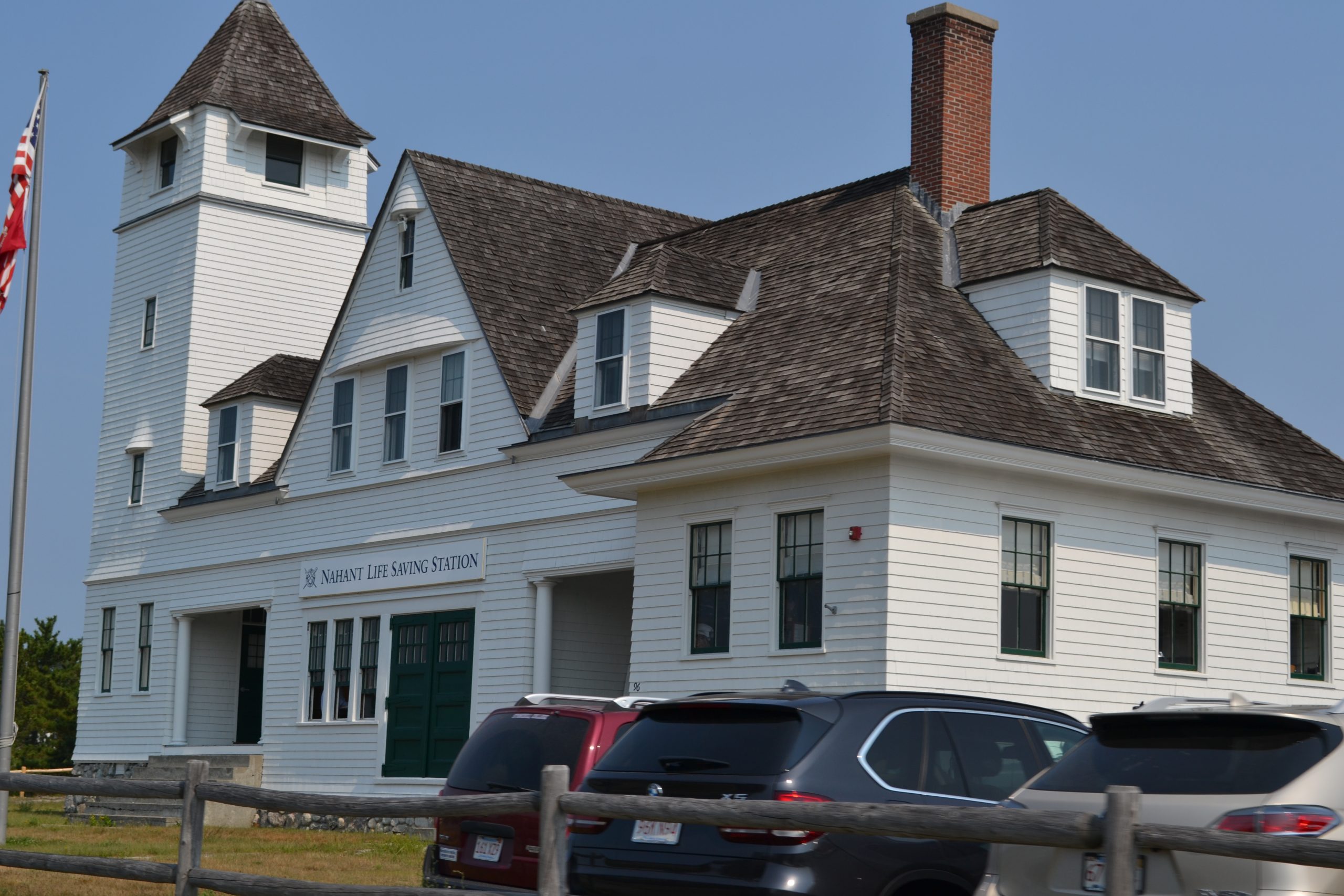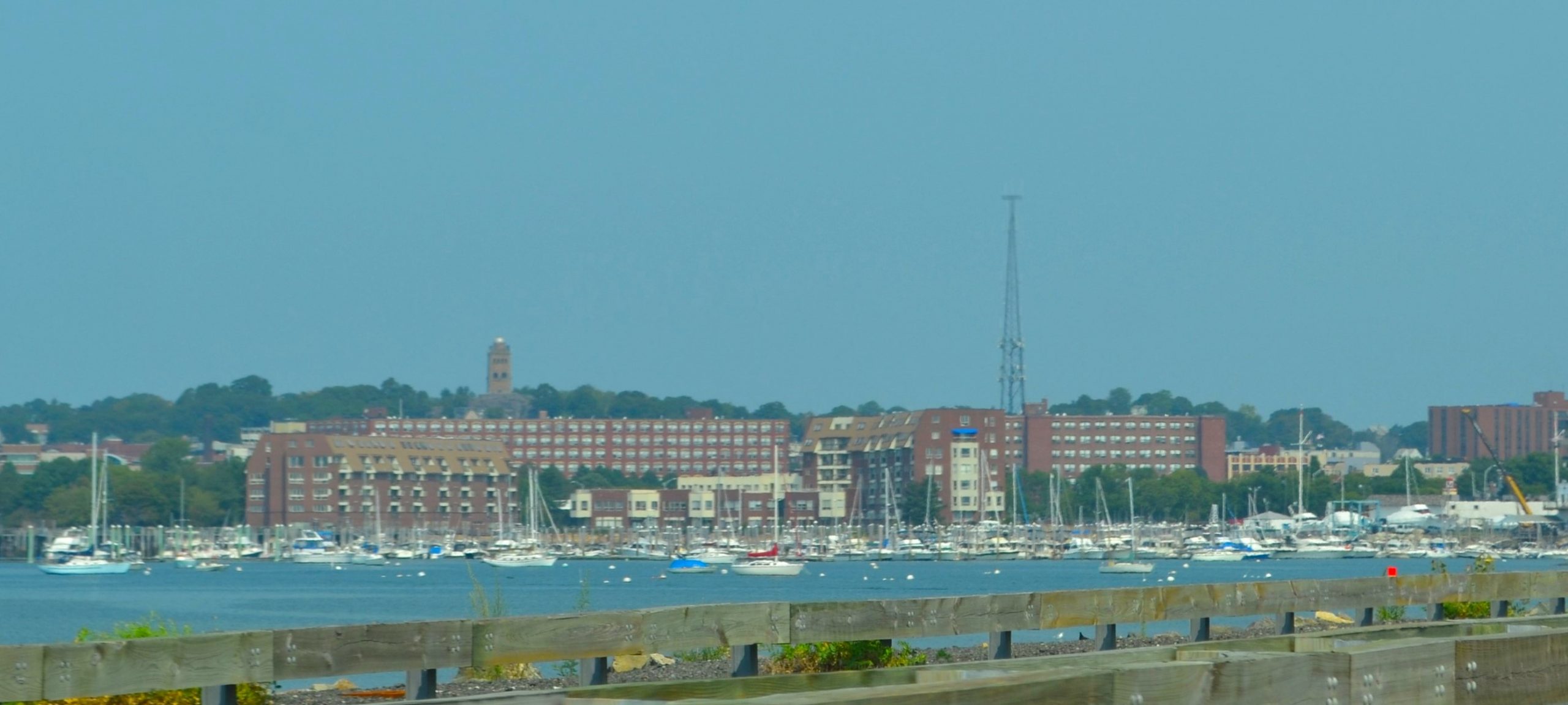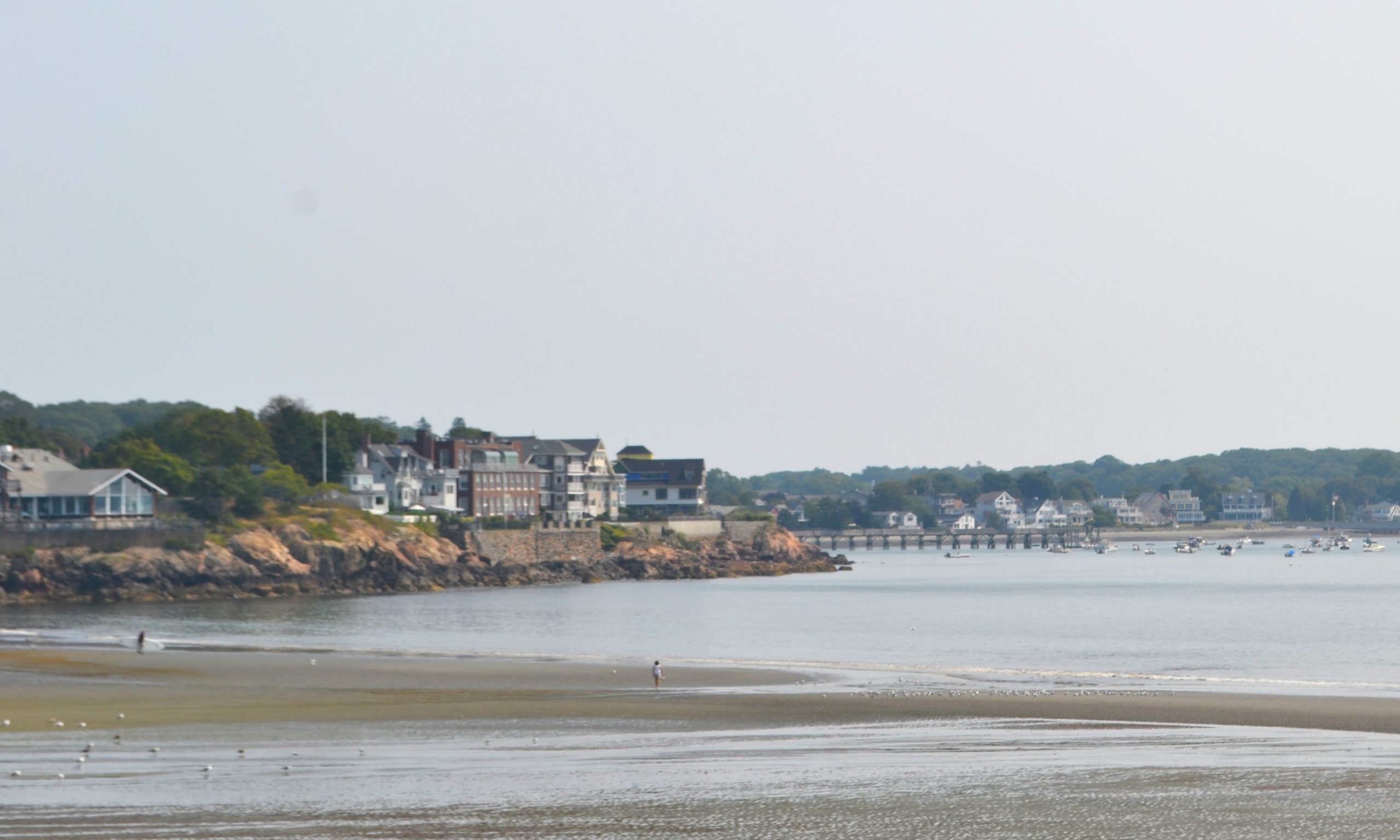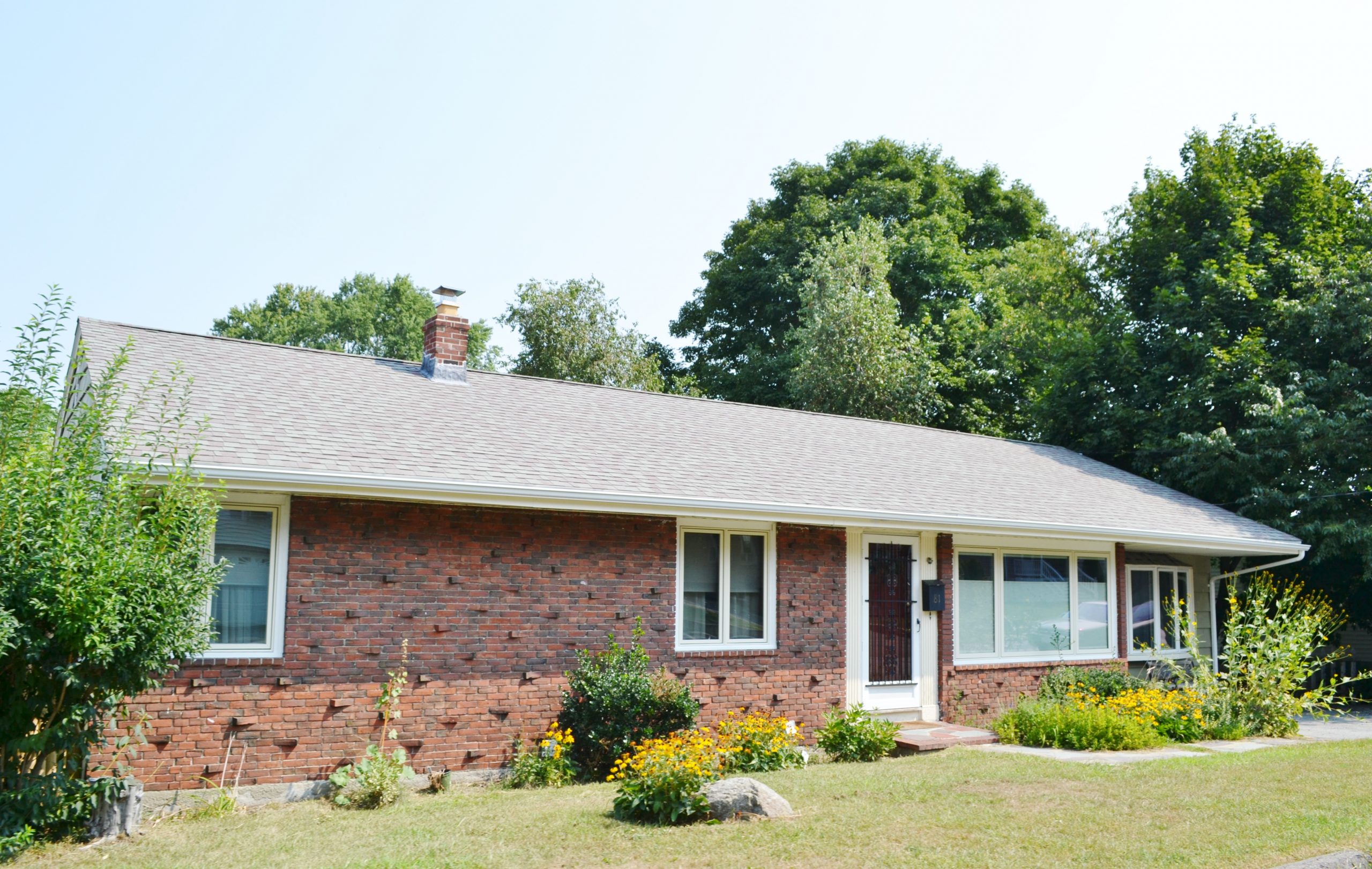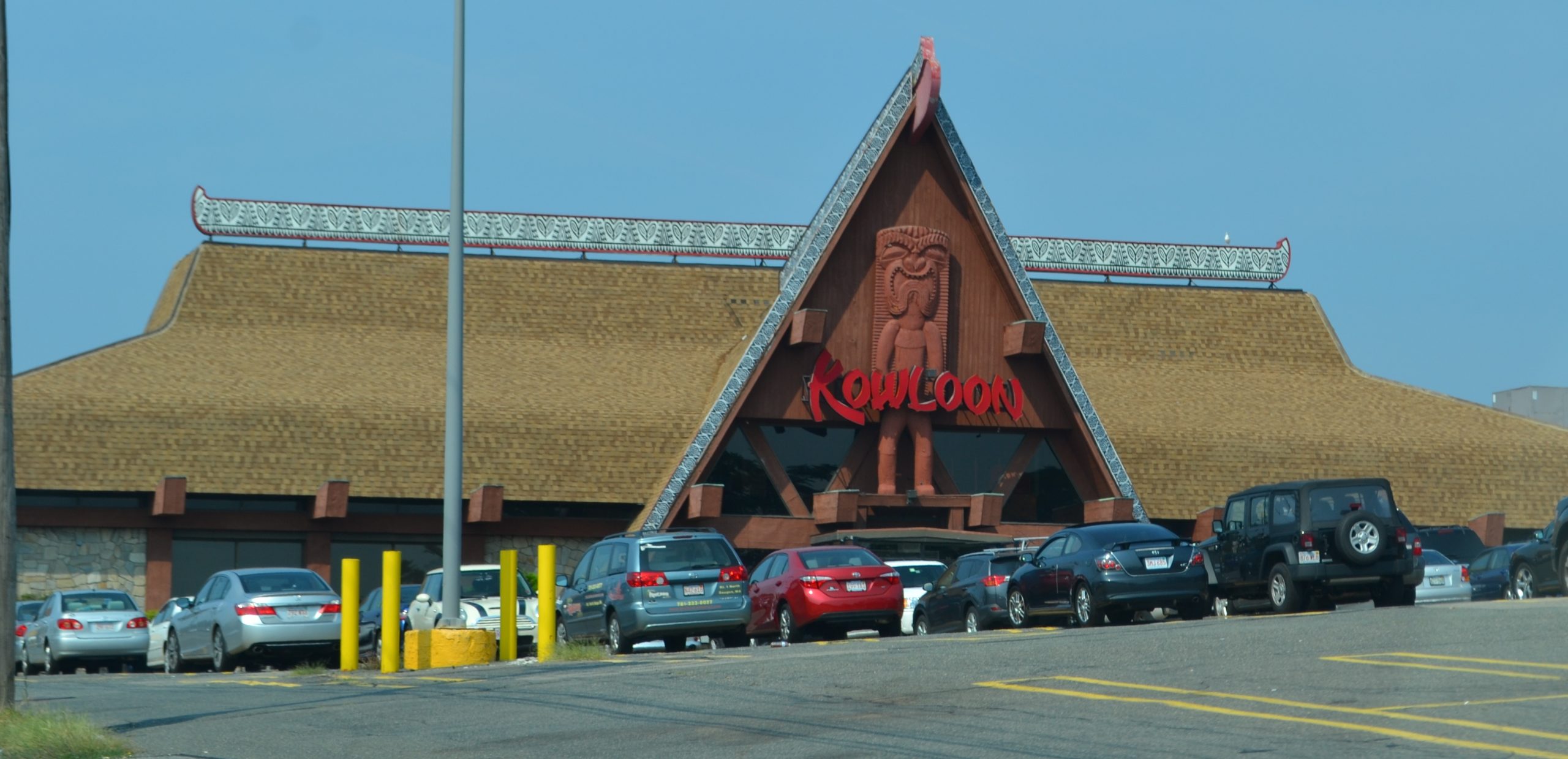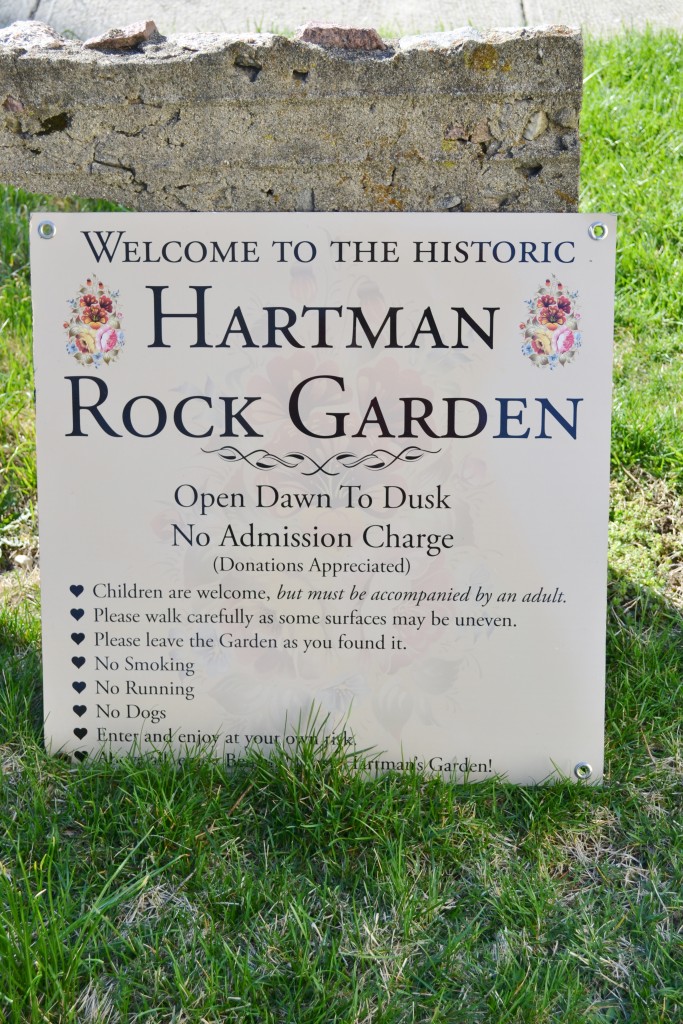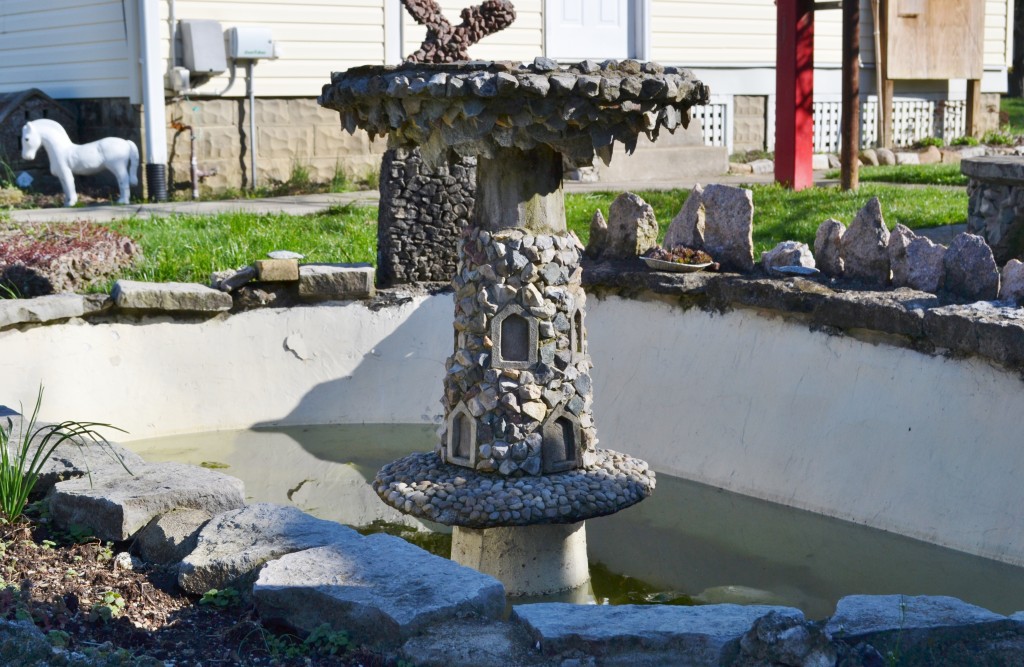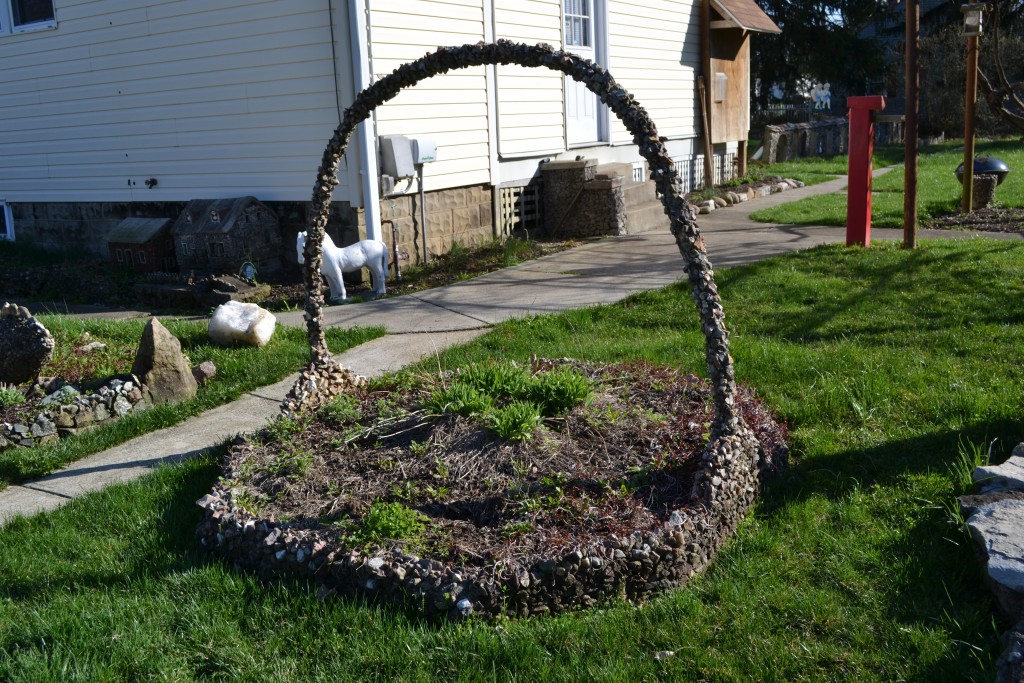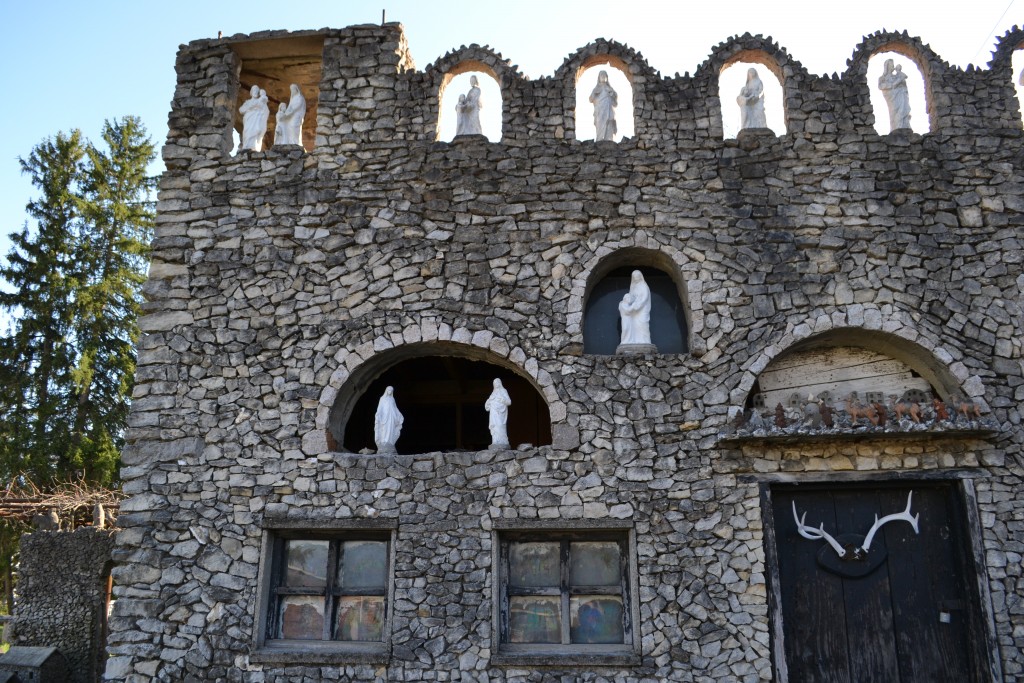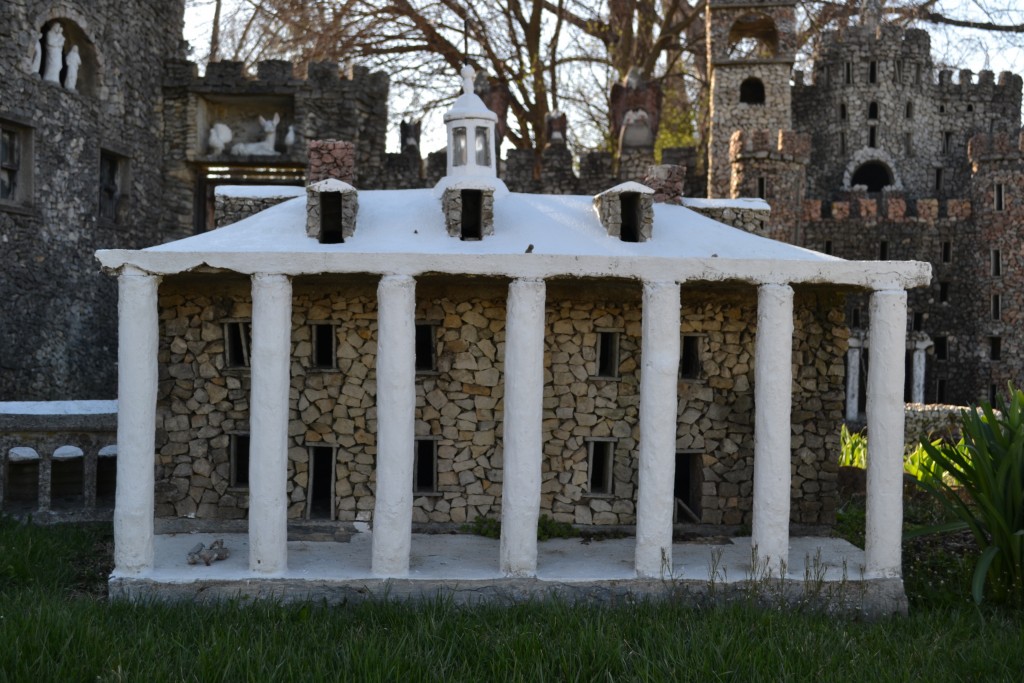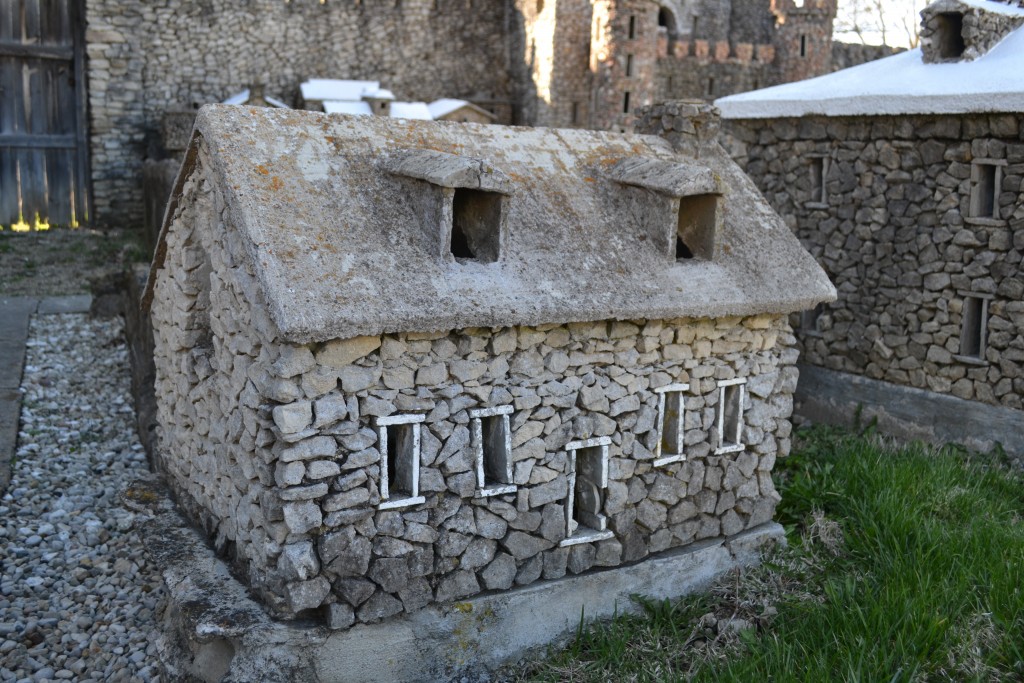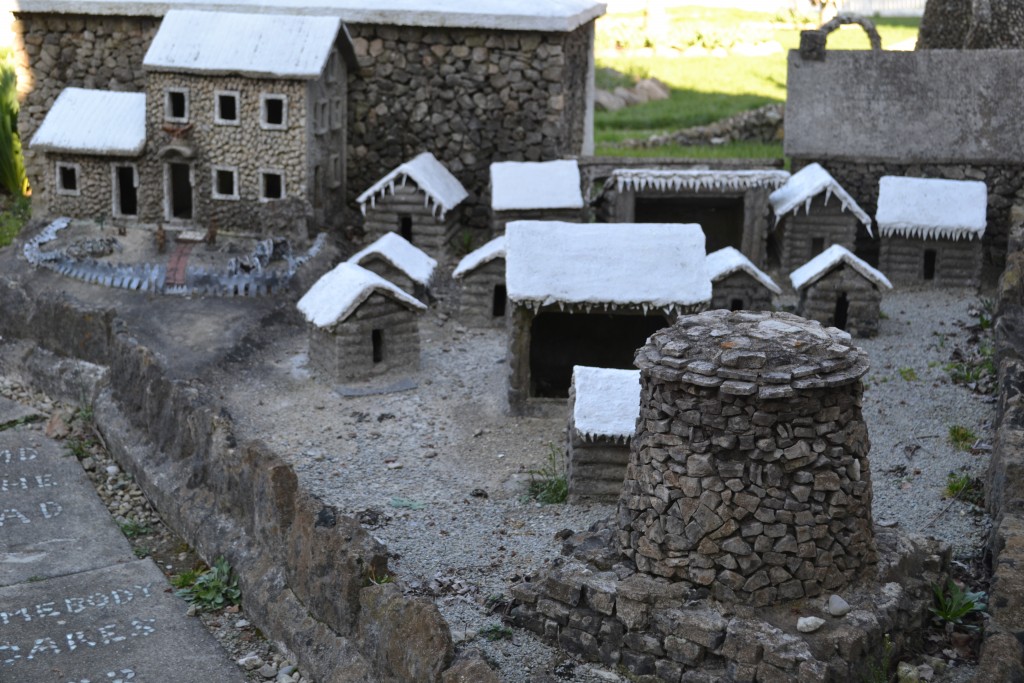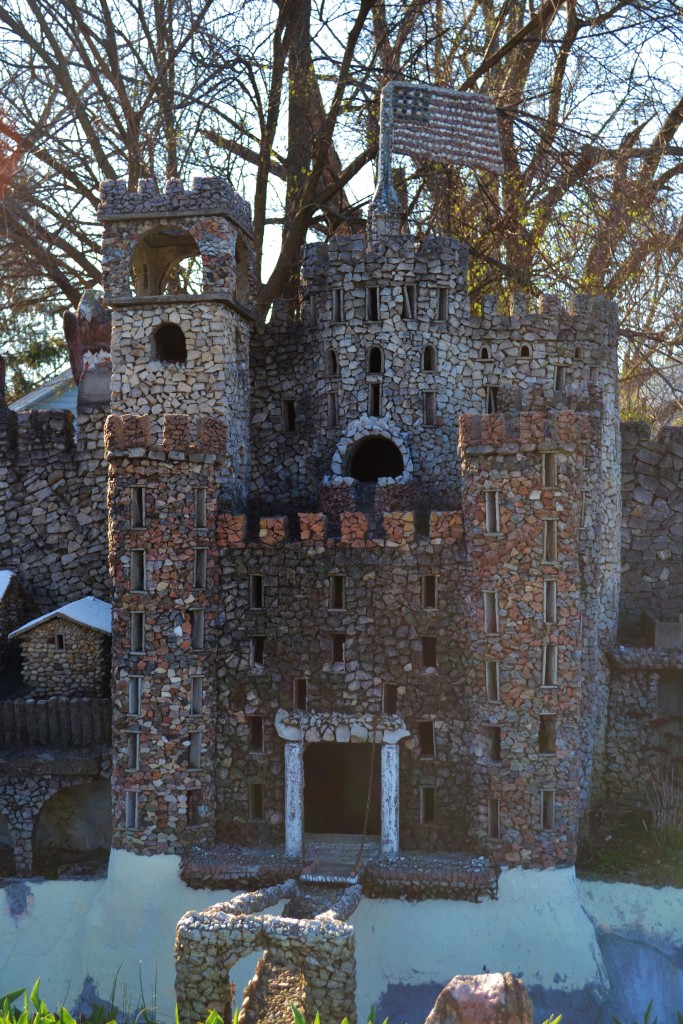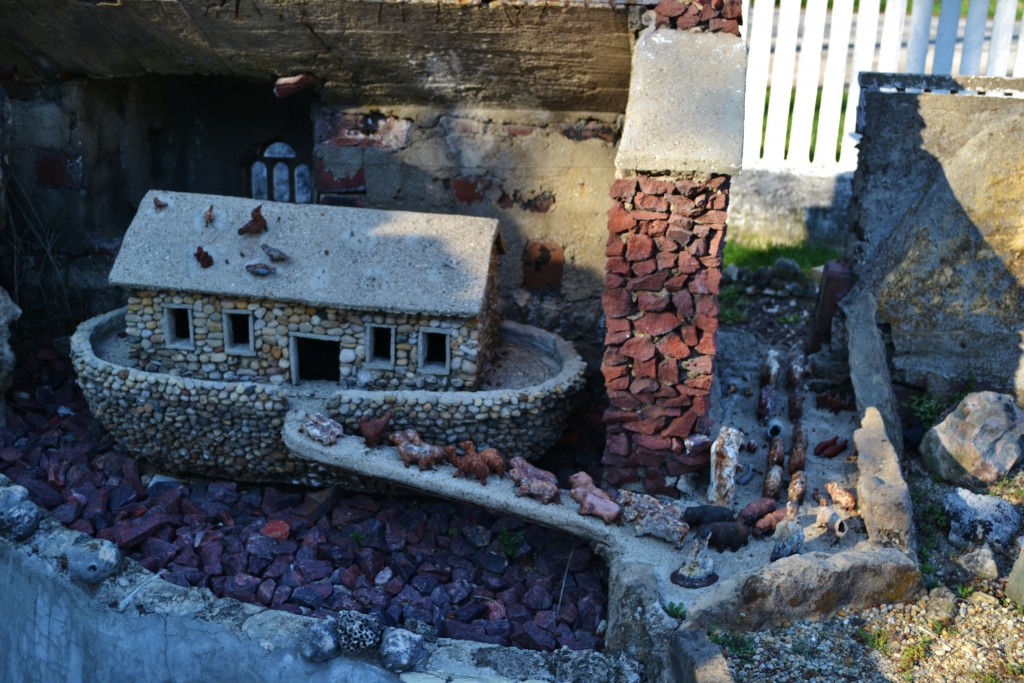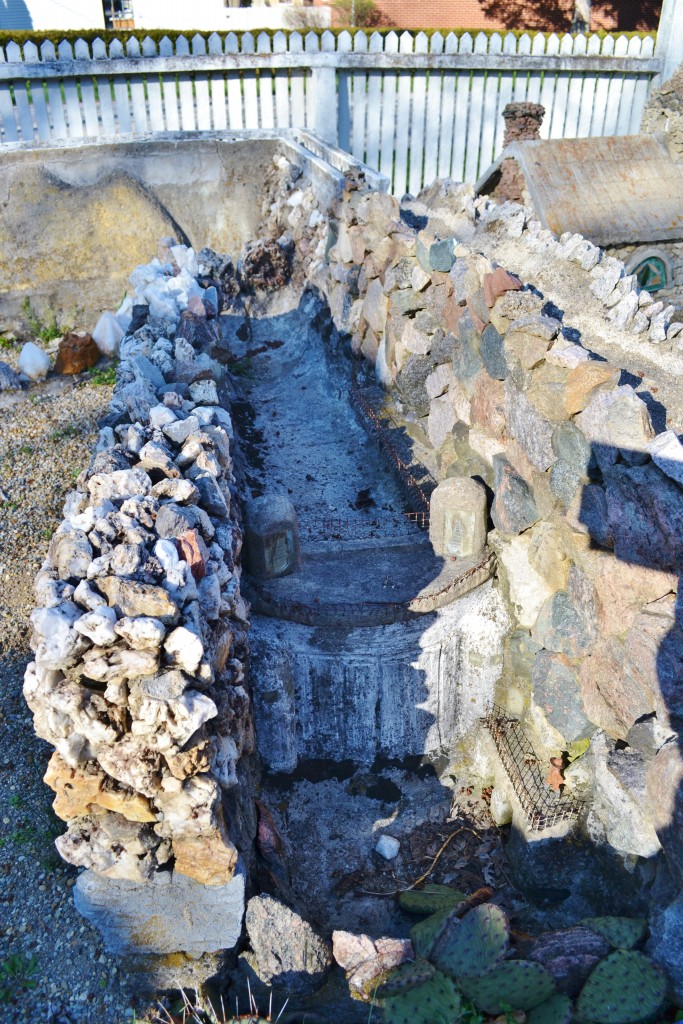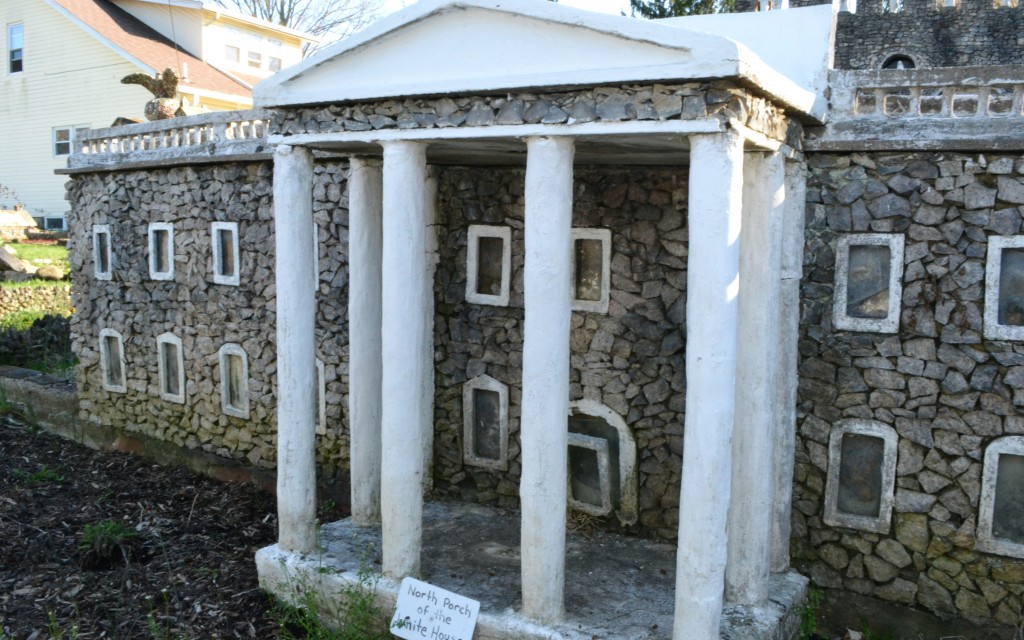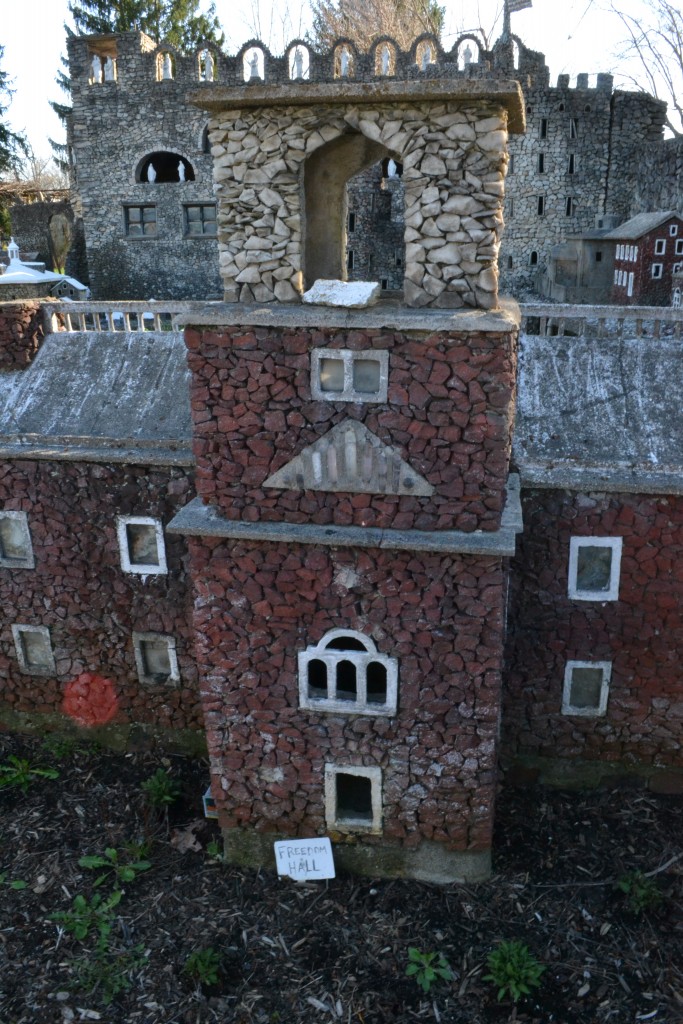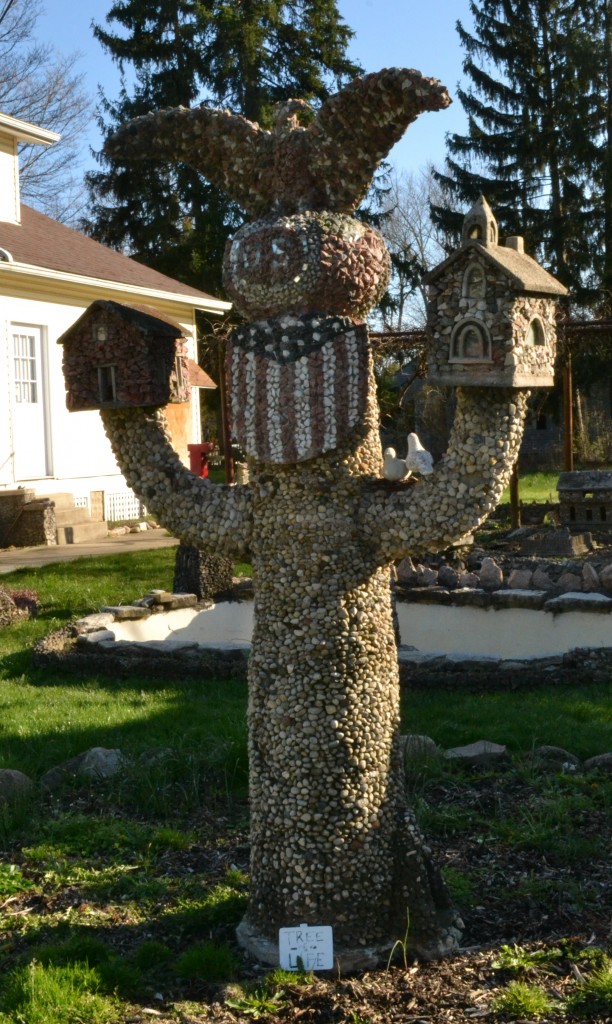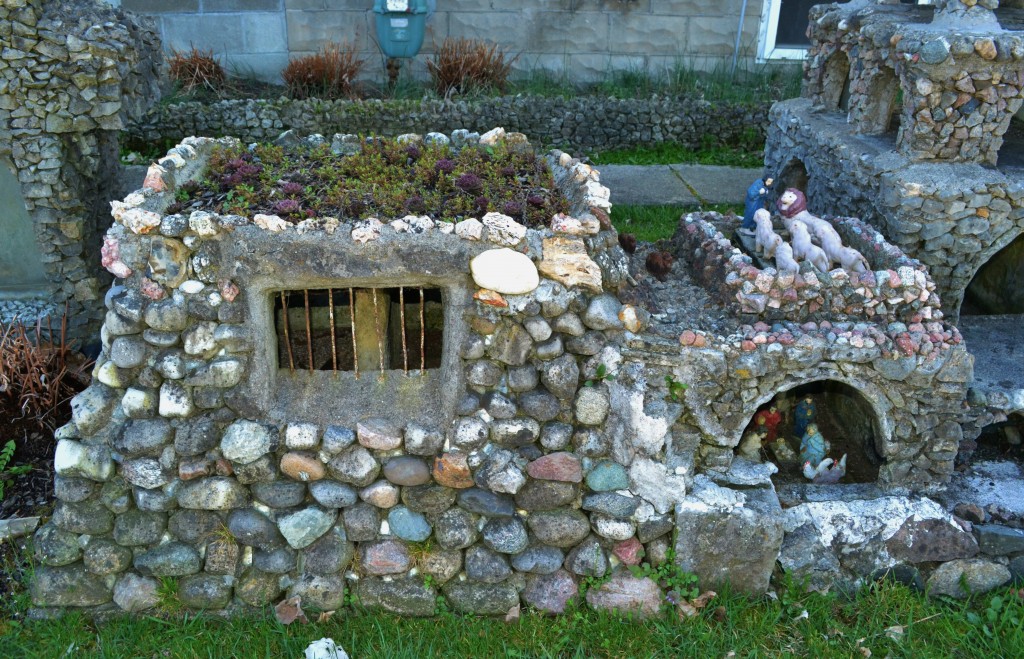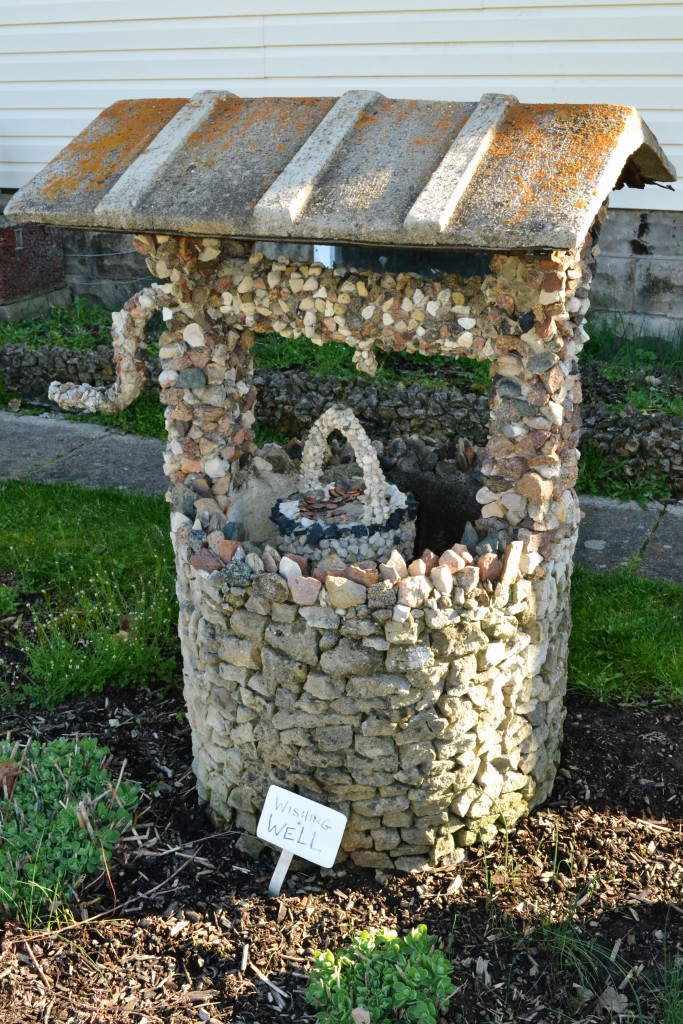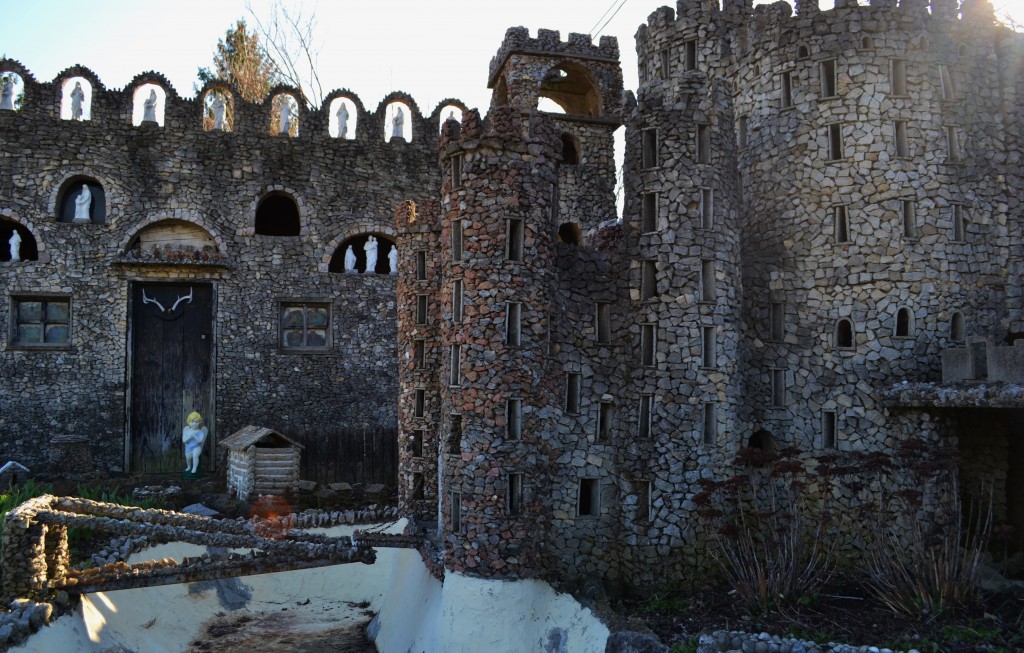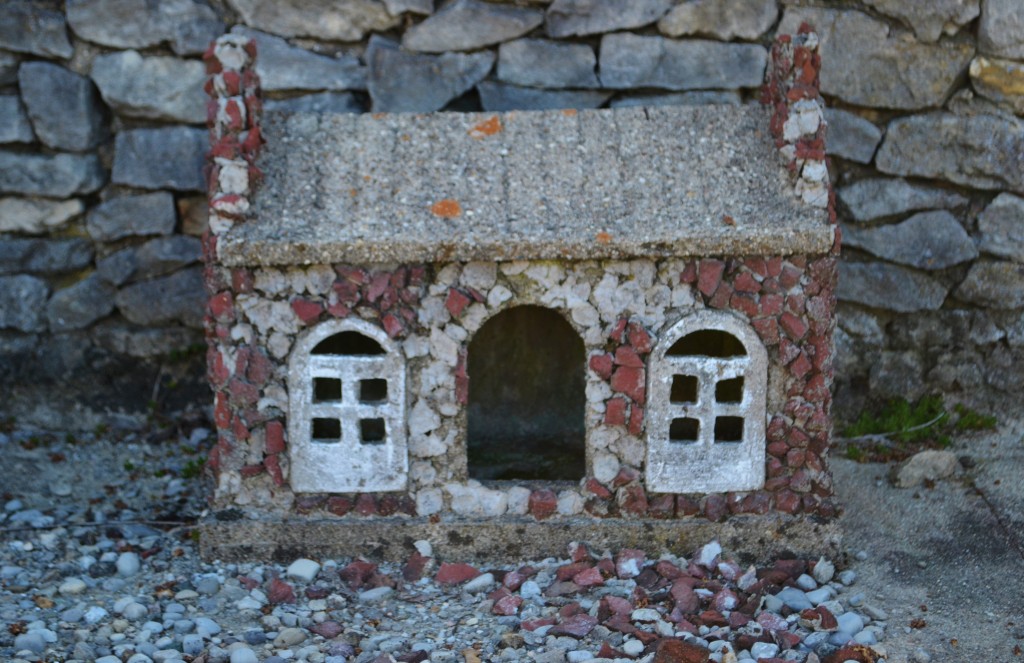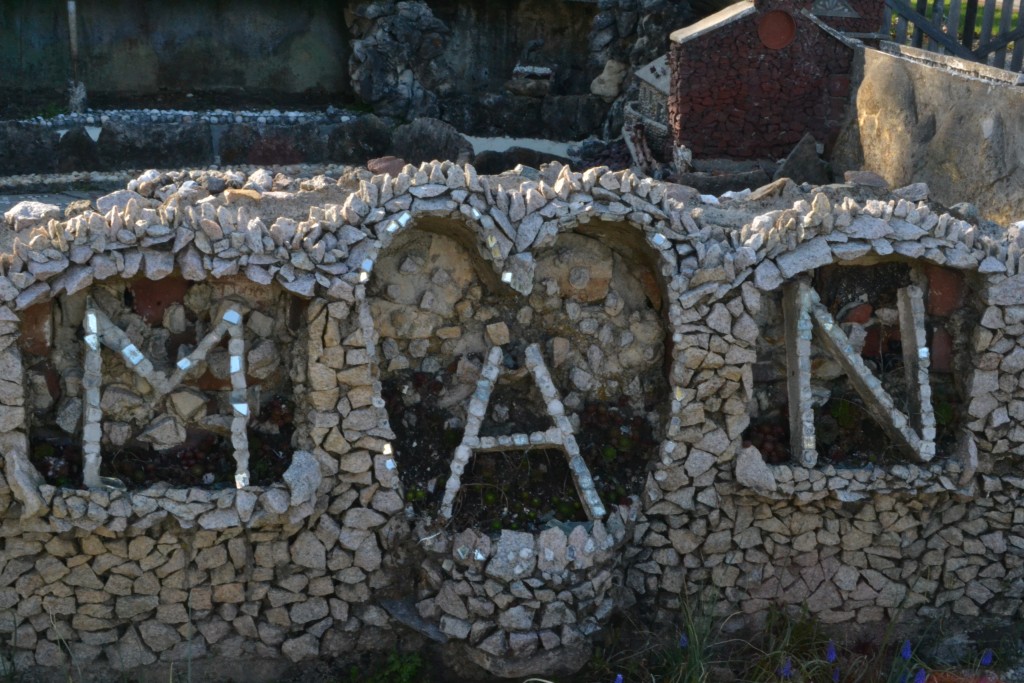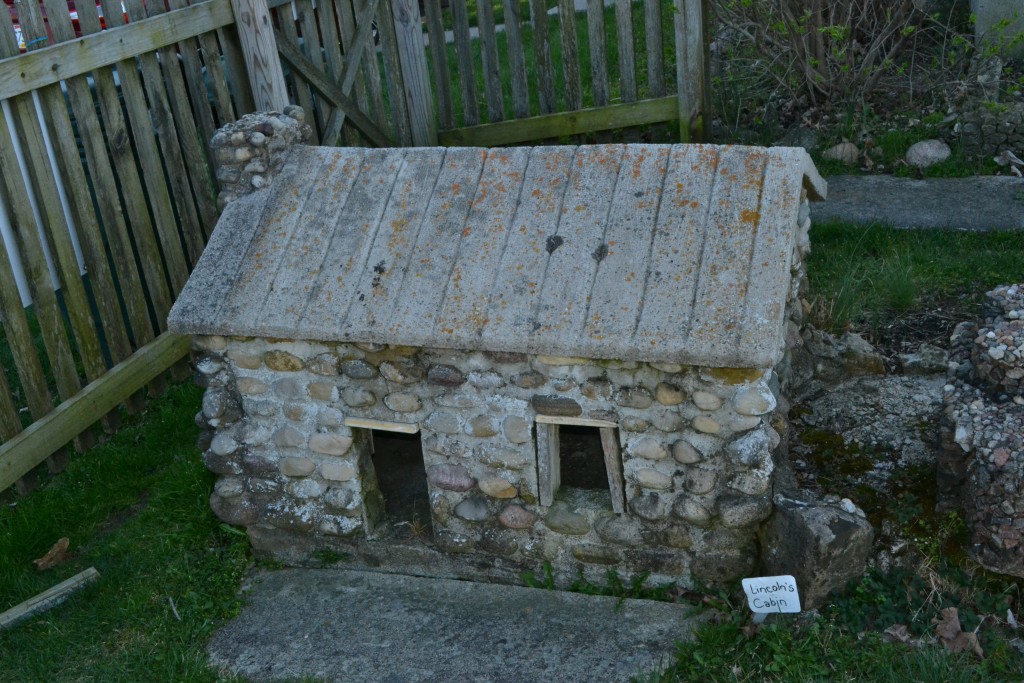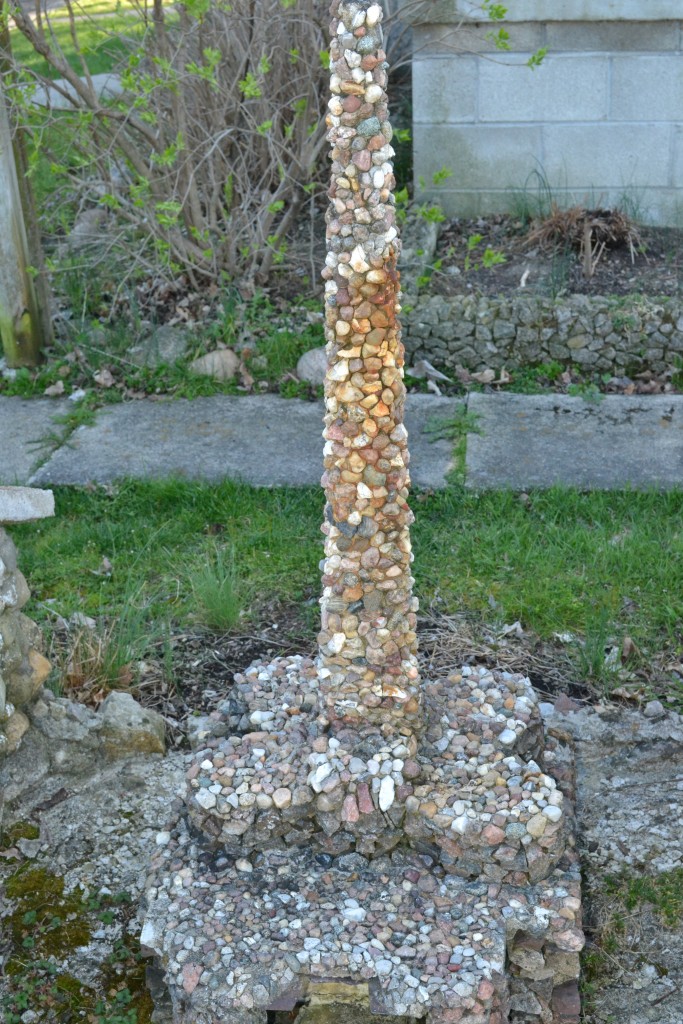Frank Lloyd Wright’s designs have had an eminent impact on architecture today. Although he created over 1,000 commercial and residential blueprints, only half of his ideas were ever constructed. Considered the father of “organic architecture”, some of his distinguished masterpieces are open to the public, including one of his most notable achievements, Fallingwater.
Having a limited knowledge about Wright and his architectural genius, I set aside some time to learn more about the history and design of this summer home that was built for department store magnate, Edgar Kaufmann and his family.
When I arrived at the entrance to Fallingwater, I parked the car and made my way to the Visitor’s Center. My initial plan was to take some photos of the home and then drive towards Rickett’s Glen for an afternoon of hiking. It wasn’t until I overheard that Brad Pitt and Angelina Jolie had recently booked the site for a private tour, I became a little more intrigued and decided to buy a ticket nevertheless….silly I know, but I am so glad that I did, whatever the reason.
I just happened to tag along with a group who would be leaving in about 15 minutes. I soon learned that tours book up quickly and purchasing them in advance is highly recommended. I couldn’t believe my luck! The guide escorted us up the quarter of a mile trail that led to the home where the tour would begin.
Fallingwater is a perfect example of Wright’s trademark style of seamlessly incorporating the aspects of architecture into its natural surroundings. Prior to entering the home, there is a small, Zen-like fountain at the entryway that sets the tone for the tour. The unique stonework frames a narrow doorway that leads up to the main living quarters. It is from this point forward that cameras are not permitted.
Frank Lloyd Wright had already established himself as a renowned architect when Fallingwater was under construction in the late 1930’s. It was Kaufmann’s son that would be instrumental in the building of the family’s second home. He had been a long time admirer of Wright’s work and encouraged his father to contact Wright to design and construct their summer house located in Mill Run, Pennsylvania outside of Pittsburgh.
Once the home was completed, it instantly drew attention when it appeared on the cover of Time magazine in 1938. It has been considered one of Wright’s most monumental accomplishments and may be one of his most familiar.
The informative tour centered on all of the living spaces of the home, which took a little over an hour. I had plenty of time to explore the exterior grounds at my leisure and take some photos of the house from various angles. It was not difficult to notice that the living quarters seem to be suspended over the 30 foot waterfall below without any support. Frank Lloyd Wright’s ability to make use of a cantilever system intensified the mystique of his construction and minimized unnecessary obstruction of the surrounding landscape.
The focal point of Fallingwater is the sizeable waterfall that flows below the property. Frank Lloyd Wright was interested in incorporating the natural falls into the home so that it could be “a part of the family’s everyday life.” A set of red steel stairs lead down to the water from one of the main outdoor living areas, but from this vantage point, the waterfall is difficult to see.
Frank Lloyd Wright built the home using local Pottsville sandstone from a nearby quarry. Wright selected his signature Cherokee Red as the color for the steel to add depth to the ochre concrete used throughout the home.
Until 1963, the Kaufmanns used the property as their weekend home. Edgar Kaufmann, Jr., decided to donate the home to the Western Pennsylvania Conservancy so that the property could be accessible to the public as a museum. It is estimated that over 120,000 visitors tour the home and the grounds on an annual basis.
I thoroughly enjoyed my visit to Fallingwater. Frank Lloyd Wright’s dynamic ability to consider his surroundings in his designs are what make him unique and a pioneer in modern architecture. As I spent time walking, I wondered what elements of the property inspired Frank Lloyd Wright, knowing his deep love and appreciation for nature.
It was then that I heard a faint chirp of a little bird and noticed him on the ledge above me. As I spotted this nestling so perfectly situated between the sandstone, I knew that at this moment, Frank Lloyd Wright would have been inspired.
Are you a fan of architecture and have a favorite architect? Have you visited other Frank Lloyd Wright homes? I would love to hear your experience if you would kindly leave a comment below! Happy Travels!
What to See and What to Do:
Fallingwater
1491 Mill Run Road
Mill Run, PA 15464
Telephone: 724 329 8501
- Admission Fee: Guided house tours are $30 for adults and $18 for Youth ages 6 – 12; grounds passes are $10 and available at the gate; landscape hike is $12 per person; In-depth tours are available for $80 ages 9 and up; Sunset tours and Brunch tours are $150 per person;
- Hours: Daily from 10AM to 6PM
- Amenities: Falllingwater Café, bookstore, guided tours, restrooms at the visitor center only
- Scenic View: Splendid view of Fallingwater with the falls located beneath the home.
- Length of Visit: 1 – 2 hours
- Tips for Your Visit: Advance ticket purchase is essential for all tours by purchasing online or by phone at 724 329 8501. Purchase tickets a minimum of two weeks prior to your visit during the busy months of July, August and October. Specialty tours (Brunch and Sunset) sell out early in the season. Allow at least 15 additional minutes for travel due to rural winding roads. No public transportation is provided to Fallingwater. Wear comfortable shoes as there is a considerable amount of walking. Children under six years old not permitted on tour. Photography is not permitted inside of Fallingwater. The best time to visit is late June through early July when the rhododendron bloom.
Where to Stay:
Holiday Inn Express & Suites Donegal
3695 Route 31 East
Donegal, PA 15628
Toll Free Number: 877 859 5095
Upscale Resort:
Nemacolin Woodlands Resort & Spa
1001 Lafayette Drive
Farmington, PA 15437
Toll Free Number 866 344 6957
Where to Eat:
Fallingwater has its own cafe which offers delicious sandwiches, salads, fruits and homemade desserts.
Bittersweet Cafe
209 Farmington-Ohiopyle Road
Farmington, PA 15437
Phone Number: 724 329 4411
I highly recommend the Cuban sandwich at this amazing farm-to-table cafe! Serving breakfast, lunch and dinner, this eatery is perfect for a quick bite and checking out the antique shop on the premises!
What to Eat:
- Pretzels were brought to Pennsylvania by the German settlers.
- Philly Cheesesteaks are sandwiches made of strips of steak topped with Cheez Whiz and onion.
- The Banana Split is said to have been invented in Latrobe, Pennsylvania
- Hershey’s Kisses
- Lebanon Bologna made by the Pennsylvania Dutch
- Apple Butter produced by the Pennsylvania Dutch
- Utz potato chips
- Tastycakes
- Heinz Ketchup
- Reese’s Peanut Butter Cups
- Twizzlers
- Chocolate
- Scrapple is a meat loaf made of pork scraps and cornmeal.
- The Arnold Palmer is a drink made of half tea and half lemonade.
- Pot Pie is another contribution by the Pennsylvania Dutch.
- Root Beer was invented by Charles Elmer Hires of Philadelphia, PA.
- Philadelphia Pepper Pot Soup was served at Valley Forge during the Revolutionary War.
- Funnel cakes
- Stromboli
- Shoofly Pie is a pie with the main ingredient of molasses
- Whoopie Pies are cake cookies with a cream filling
- Peeps
What to Read:
- Fallingwater, A Frank Lloyd Wright Country House by Edgar Kauffman, Jr.
- Fallingwater: The Building of Frank Lloyd Wright’s Masterpiece by Marc Harshman, Anna Egan Smucker, LeUyen Pham
- Fallingwater Rising by Franklin Toker
For additional information and sights to see in Pennsylvania, check out the following links!
